Sabu is a small island located between Sumba and Rote in the province of Nusa Tenggara Timur (Eastern Lesser Sunda Islands).
It goes by different name, Sabu is the official Indonesian name, Savu the English name (Sawu is also used, it comes from the old Dutch spelling Sawoe) and the island itself is refered to as Hawu in the local Savunese language.
As in other parts of this website, I will stick to the Indonesian name : Sabu.
This article is divided in 3 parts, you can jump directly to the culture section, the travel guide or the practical tips.
An introduction to Sabunese culture
Sabunese have their own language and used to follow an ancestral indigeneous religion called jingi tiu.
This religion gives a large ritual importance to megalithic stones like the one found in the village of Namata.
Sabunese have their own traditional architecture and they are probably among the finest ikat weavers of Indonesia.
Almost all Sabunese are now Christians but they still maintain many elements of their former faith, often in an altered way though.
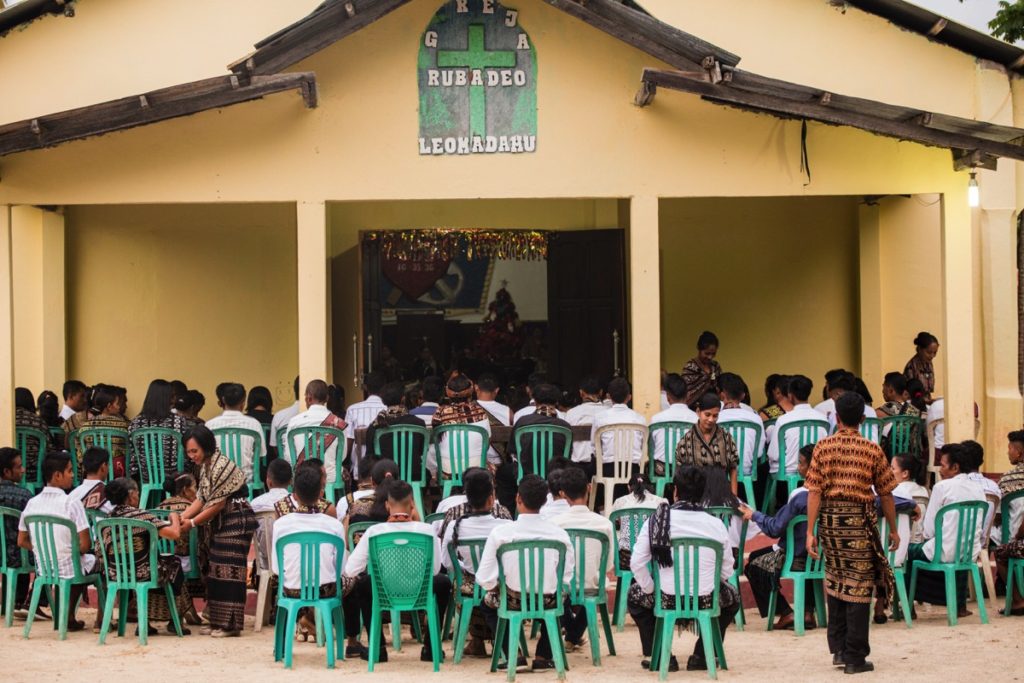
A funeral according to animist old traditions
I was around Ege and I stopped to take a picture of a bird. Then I saw 4 men wearing sarung on 2 motorbikes. I thought they might be going to some kind of ceremony and I followed them until a settlement near Waduwalla.
Turns out a old woman had passed away and she was about to be burried according the the old tradition. Almost everyone in the audience was a proud Christian, but by respect towards the woman who had never converted, they burried her ‘the old way’. I understand that such ceremony are rather unusual these days, a 16 years old girl in the audience told me she had never seen one yet.
When I arrived, the corpse had been wrapped in a piece of fabric with complex patterns. Behind her, her daughter was demonstrating her sorrow by weeping (she was the only one doing so, she was probably sad for her loss but the public display of the sorrow is a required step in the process). As one can see, a great number of other textiles were hung behind.
At one point, the head got also wrapped, then the body was put in a hole digged directly in front of the house. The deceased is buried with many pieces of clothes as well as a couple of other stuff (coconut shells, some other plants). Then the hole is filled and all the remaining materials used during the ceremony were brought to a tree behind the house.
See this article by Geneviève Duggan to learn more about the importance of some textile in Sabunese culture.
From my understanding, the textile burried with the corpse are considered sacred and potent. They are important for the well-being of the deceased in the afterlife.
On the next day, pigs and goats were to be slaughtered.
Sabu travel guide
Namata village
Maybe the most prominent ritual center of Sabu, the village of Namata is located a few kilometers south of Seba. The access is fairly easy. By the time of my visit the village was virtually empty because most of the inhabitants were attending a mass following Christmas.
According to Elsa (see accomodations below), a donation is usually asked from visitors but there was no one to ask me anything. I would expect to give 10-20’000Rp in such a scenario.
‘Thanksgiving’ ceremonies (hole) are organized yearly in most part of Sabu. The one in Namata is held in April but in East Sabu I got told the hole was held in June so ask around if you happen to be in Sabu around those months. I also got told that a cultural festival was held every year in Augustus.
Above Namata you have the village of Rae Dana, where you can find another 2 traditional houses. Villagers had gathered to celebrate the baptism of a newborn. We had a few glass of moke (which is similar to arak) and they offered me some areca to chew.
I got told that Sabu broke an infamous record in Indonesia, it took the newly established regency (2008) less than 10 years to get its governor prosecuted for corruption.
From Seba to East Sabu
This can be done in one day. Start by Seba and follow the road going North and then East.
After one hour, you will pass a track on your left going to Keliha village. You will drive through a really barren area before reaching a beach.
I met this lone women busy harvesting her agar-agar seaweed. Under the burning sun, she lifts around 40kg of seawead at each trip. In her own words, ‘this is too heavy for a woman’, but she had no choice, her husband passed away. Agar farming is hard but brings better revenue, enough to send her kids in school in Kupang.
A bit further, up a hill on your right you have the village of Rae Awu. There are 2 traditional houses to be seen as well as a large stone grave where they used to burry warriors. The village gets fund from the government to maintain the old houses, the expensive part being the renovation work itself but also the necessary offerings : a buffalo, a goat, a dog and 2 pigs.
A little bit outside the village, an elder keeps a guestbook (fill it and leave a bill inside, I left 20’000Rp). They also showed me some old spears but they didn’t want me to take a picture of it.
Get back on the main road and almost immediately take the trail on your left to reach Kujiratu. The village is quite large, entirely made of traditional thatched houses and still protected by a stone wall. Villagers do not seem to get many visitors but they are nonetheless friendly. Most elders don’t speak Indonesian.
Ask before taking any pictures because some houses (rumah adat) used for ritual purpose shall not be photographed.
Also near Kujiratu, the small settlement of Rae Ba is quite interesting. There is only one traditional house standing, but they also keep 2 very old artillery guns (I guess from the Portuguese or the British). Near the graves, there is a groupe of different tombstone called pangko anak. I would say they are traditional graves for children but in my notes I have the word pemandian (‘cleaning’ or ‘purification’) so I’m not sure anymore about their use.
Eventually you have the remains of Hurati villages nearby. The place has long been deserted and only the high defensive wall, an uninhabited house as well as 2 horses statues remain. The place is indicated by a sign from the main road. Ask someone around to get the keys.
I took some backcountry road to get back to Seba. Pretty scenic.
Liae et Mahara
Follow the coastal road West of Seba until you reach the South-West tip of the island.
The area of Mahara is known to be more traditional than other domains in Sabu. Lots of people still wear traditional ikat in their daily life.
The most singular place in Sabu is arguably Kelabba Maja, a very distinctive rock formations on the South coast. Leave 10’000Rp of donation in the guestbook.
Following the South coast further East, you will pass another very singular rock formation called Wadu Mea directly in the sea. The village located on the hill behind Wadu Mea is also very traditional with a share of the population unconverted to Christianity. The stone has a spiritual importance to them and they don’t want it to be photographed.
The hill behind the village is also regarded as sacred and someone is guarding it. It is not a problem to get there but don’t take any pictures. The guard showed me a couple of cave and a particular large stone thought by ancestors to picture a map of the world (featuring Sabu, Sumba, Rote and a couple of others islands). I gave him 20’000Rp when I left.
Roads from Ege to Seba is also quite scenic.
Practical tips
How long to stay ?
I spent 5 nights in Sabu. The most important thing to look for is the boat schedules for the coming days if you don’t want to get back to Kupang with the speedboats.
Sabu island is not that large and I had the time to drive in all parts of the island. Still I wished I had more time to talk with people and look for good ikat to buy.
Map of the area
Coming to Sabu
The busiest harbor with ships to Sabu is Kupang in Timor.
From Tenau harbor, the KM Awu from Pelni comes to Sabu once every two weeks. It stops first in Rote and in Ende after Sabu. On its way back it takes you back to Kupang after stopping again in Rote. Check the schedule online on Pelni’s website.
You may want to check out my guide about boat travel in Indonesia.
There are several other options than the Pelni ships
At the time of my visit (December 2017), two speedboats were offering a rather regular service to Sabu. The “Cantika” was leaving from Tenau to Sabu every Monday, Wednesday and Friday at 9AM. It takes 6 hours and costs 250’000Rp.
Then “Funka” leaves every Sunday, Tuesday and Thursday at 9PM. It costs also 250’000RP. Both speedboats come back to Kupang the day after their departure.
ASDP also operates the “Ilelabalekan” between Kupang, Rote and Sabu ; as well as the “Uma Kalada” between Sabu, Rote, Kupang, Waingapu and Ende. Beware because those ferries leaves from Bolok harbor and not Tenau. The schedule online is not reliable. Send a message by Whatsapp at +62 823-4095-8883 (one of ASDP staff in Kupang) to get the updated schedule.
I paid 161’000Rp for ASDP (the ticket is cheaper but I paid extra on board to sleep on the matress in the VIP room), we left 2 hours ahead of schedule around 1PM and arrived in Seba around 1 or 2AM.
As you understand, it is also possible to catch a boat in Ende (Flores), Waingapu (Sumba) or Rote to Sabu.
In Sabu there are 2 harbors, one in Seba (where the ferries from ASDP as well as the speedboats stop) and another one in East Sabu (Biu) where you can get on Pelni ferries.
Besides that, Susi Air operates charter flights from Kupang to Sabu. It’s not possible to book online.
Accomodation
I’ve stayed at Elsa Homestay North of Seba. This was the place recommended by Edwin in Lavalon Hostel in Kupang. When I arrived at the harbor, a guy came to me in the boat and told me he has been sent by Elsa to pick me up. I didn’t asked for anything but I followed to get a place for the night instead of sleeping in the boat.
Elsa later explained to me that she sends someone to check for foreigners at any boat arrival and bring them to her homestay. I gave 20’000Rp to the guy for the ride.
It turns out that it was a great pick. You have other options in Seba, but I’ve asked around and they costs the same price or more. Elsa, her son Rio and her mother Victoria are great hosts, friendly and helpful. It is 150’000Rp for a simple room and you can eat there also if you tell them beforehands. They rent motorbikes for 100’000Rp (not many available though), a large share of guests come for surfing.
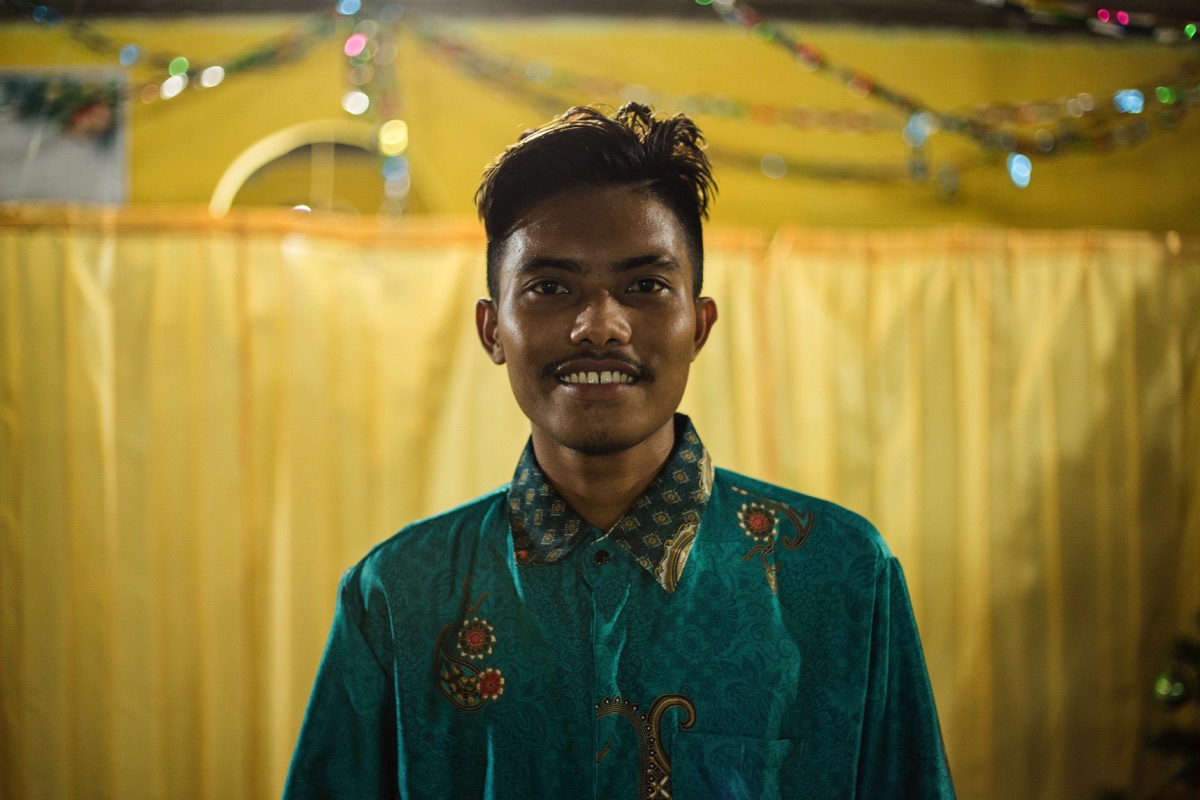
Rio, Elsa’s son 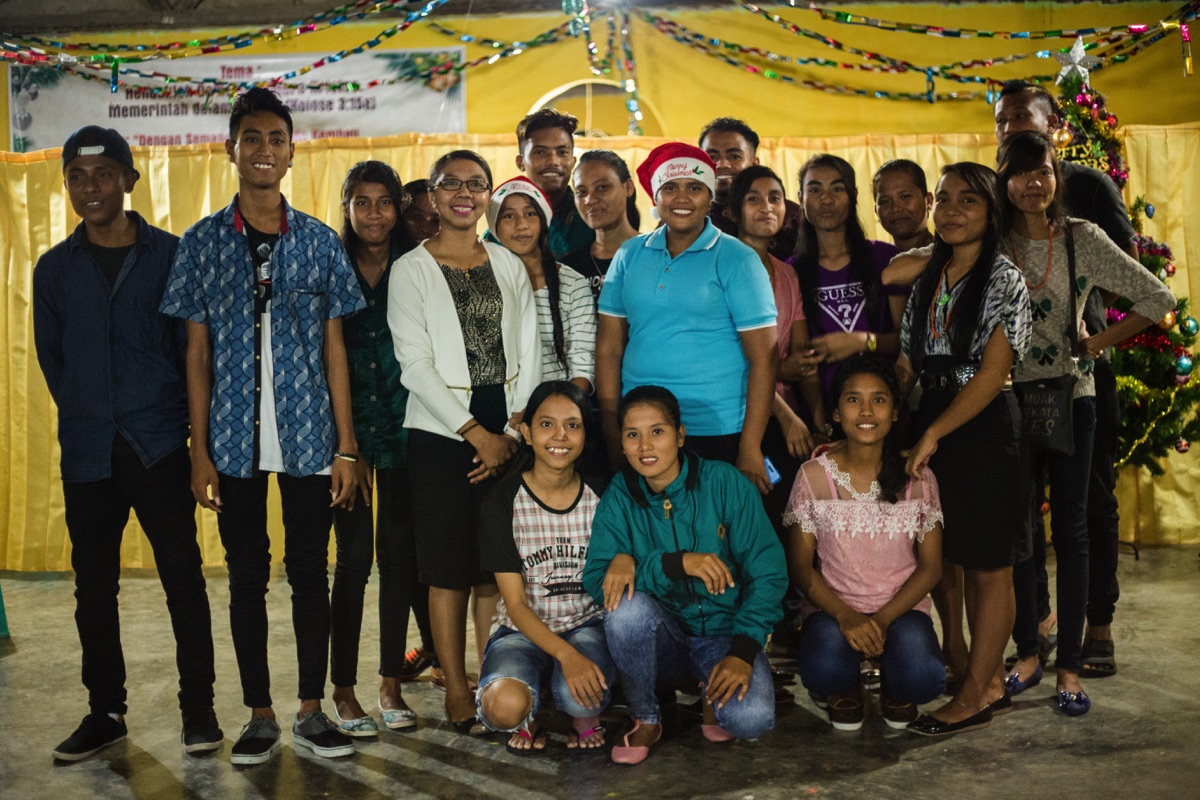
Youth community of the nearby church with their minister. They had just played a part they wrote to celebrate Christmas
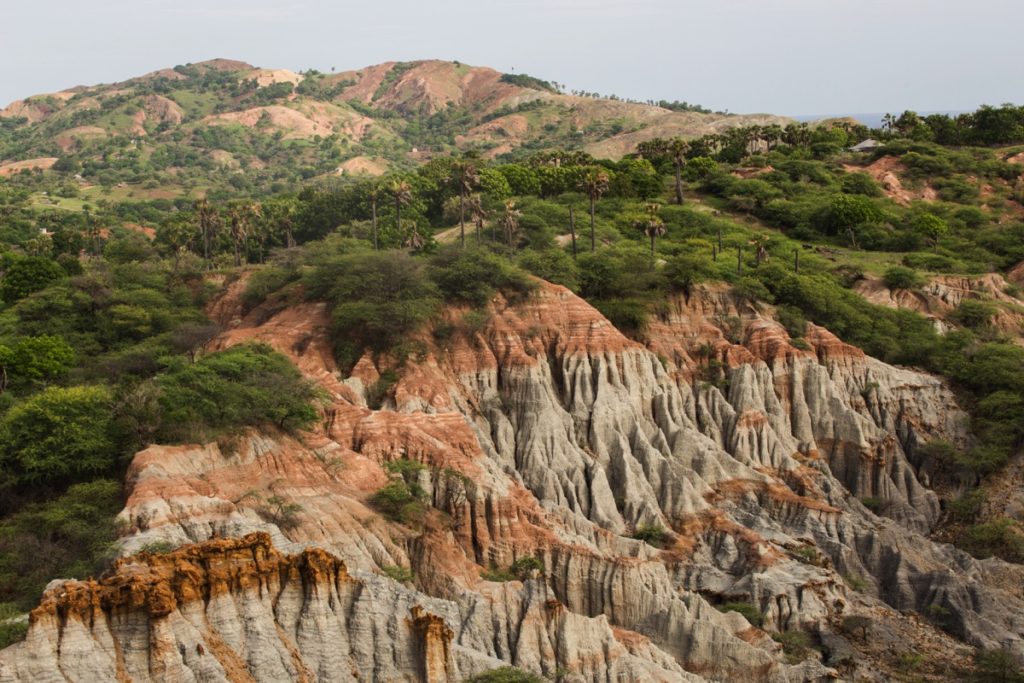
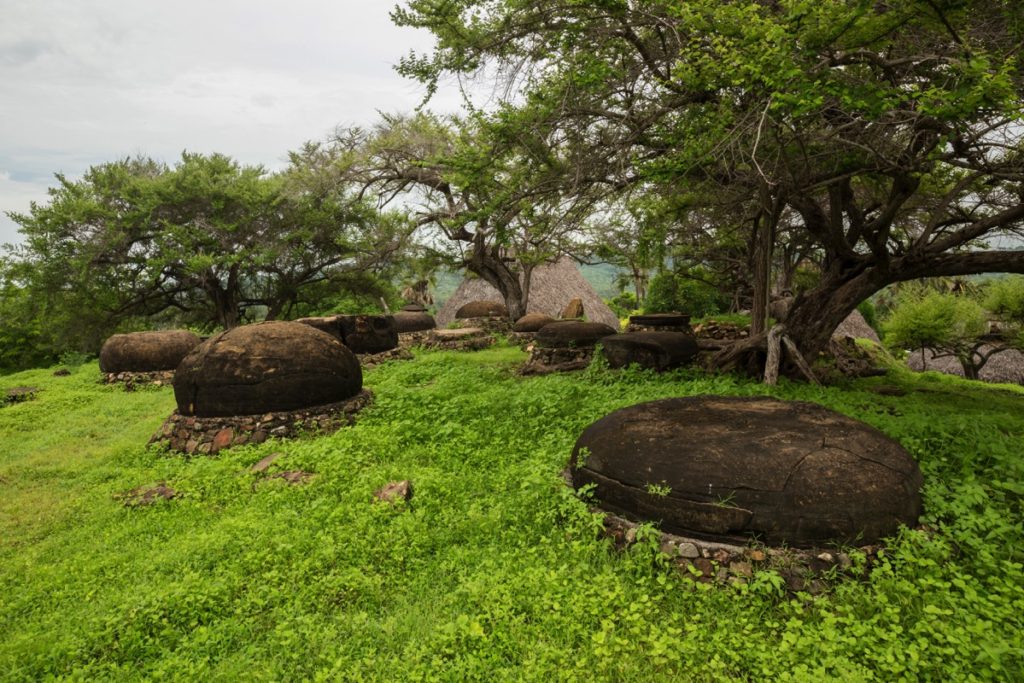
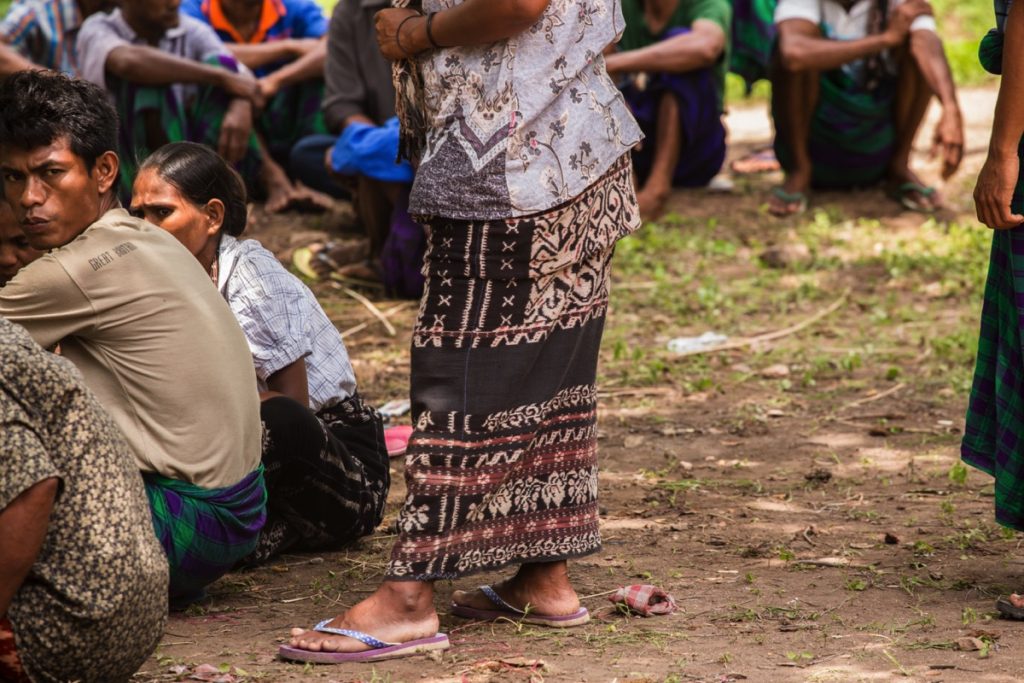
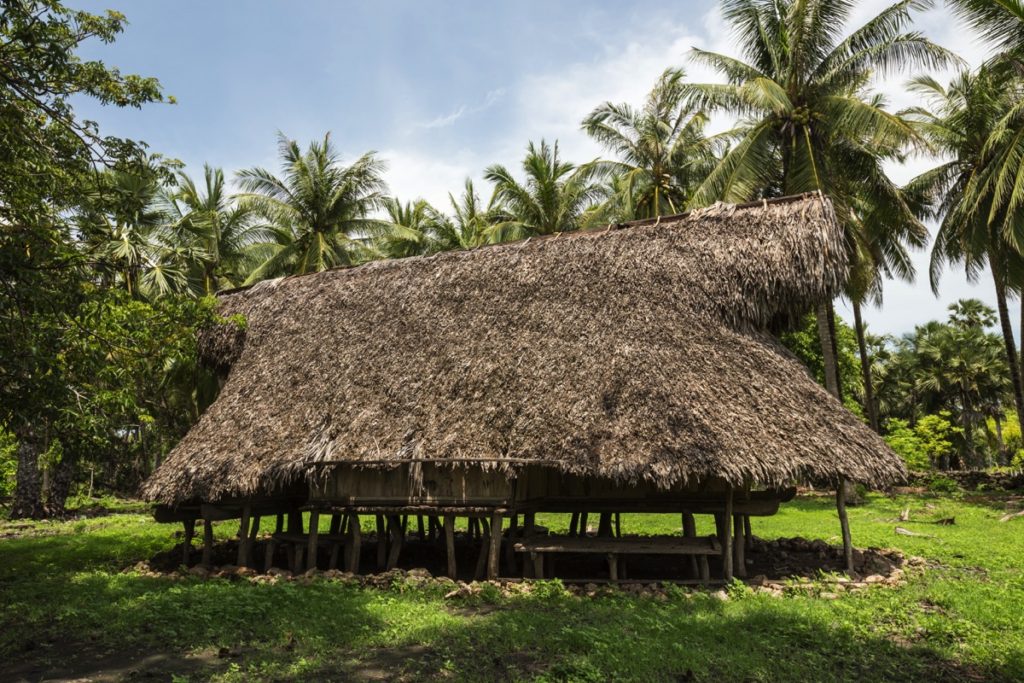
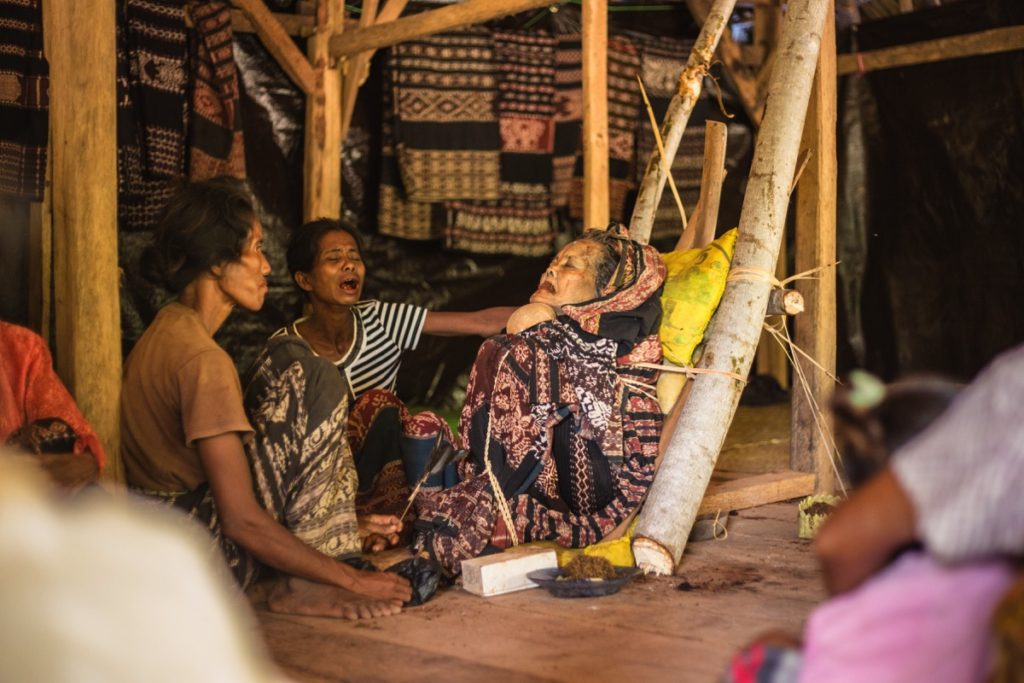
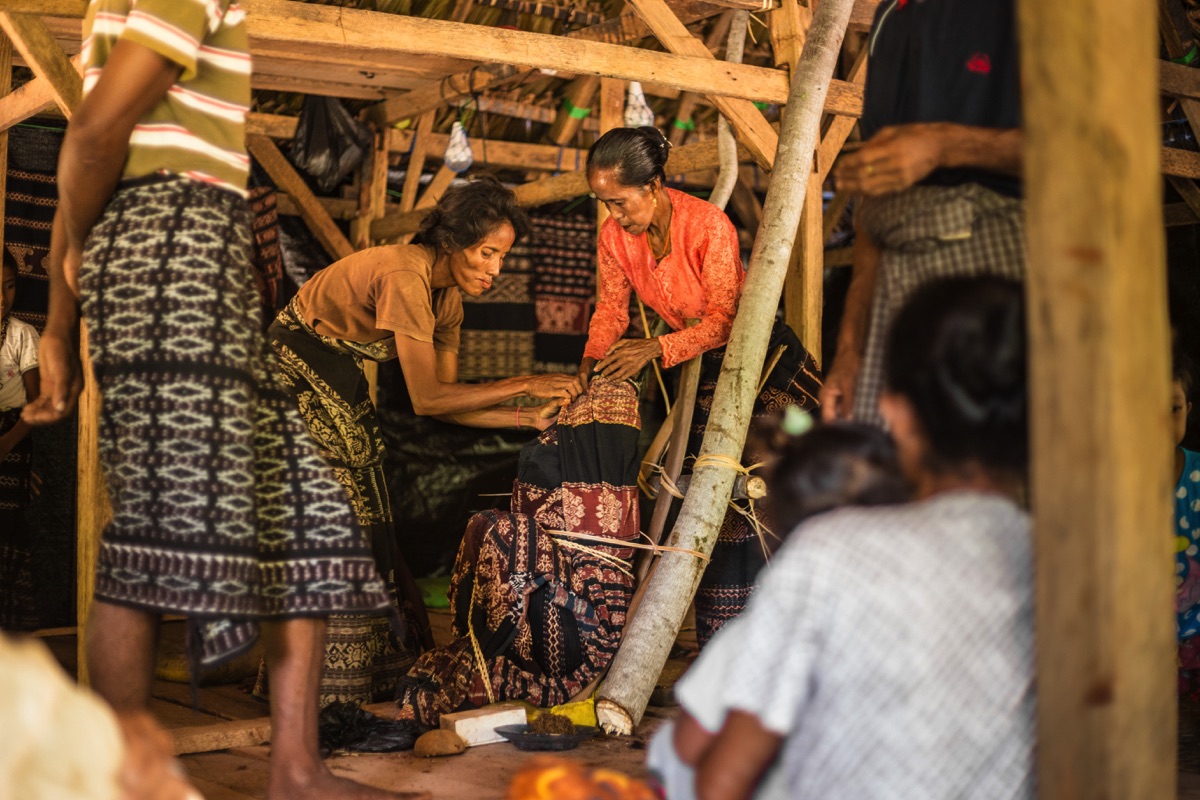
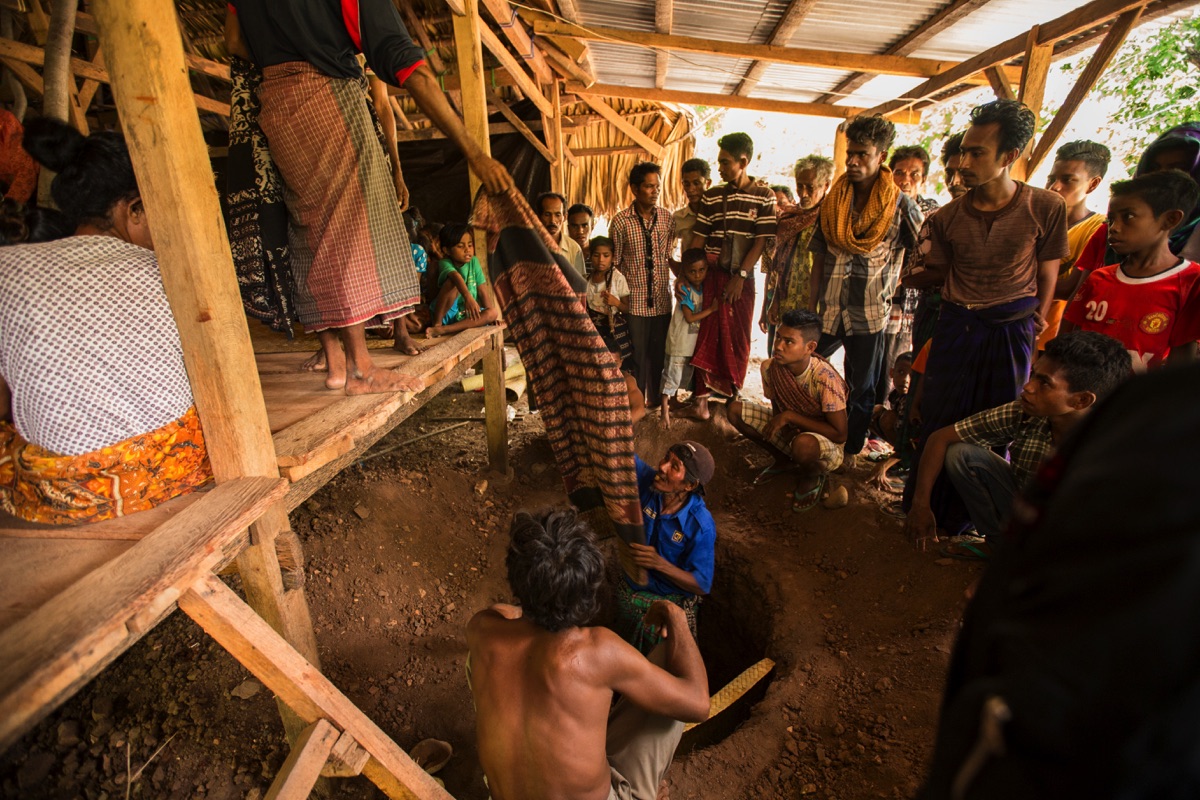
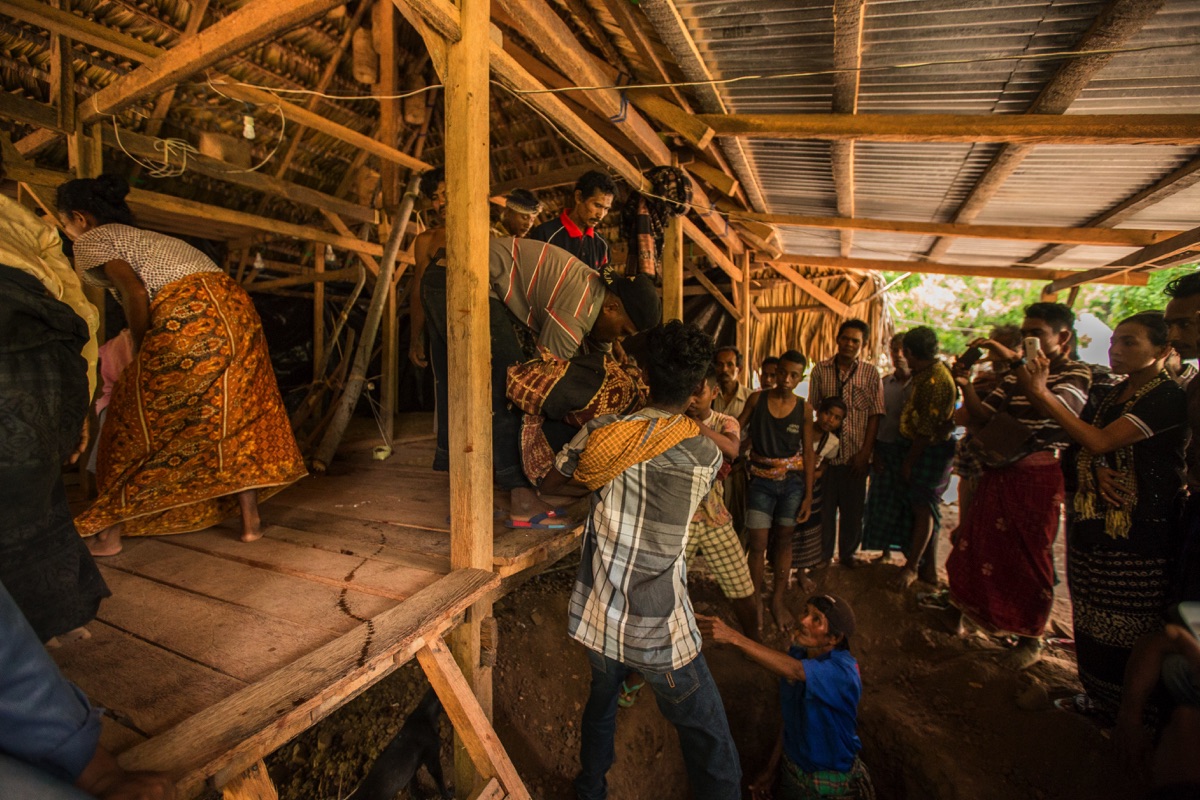
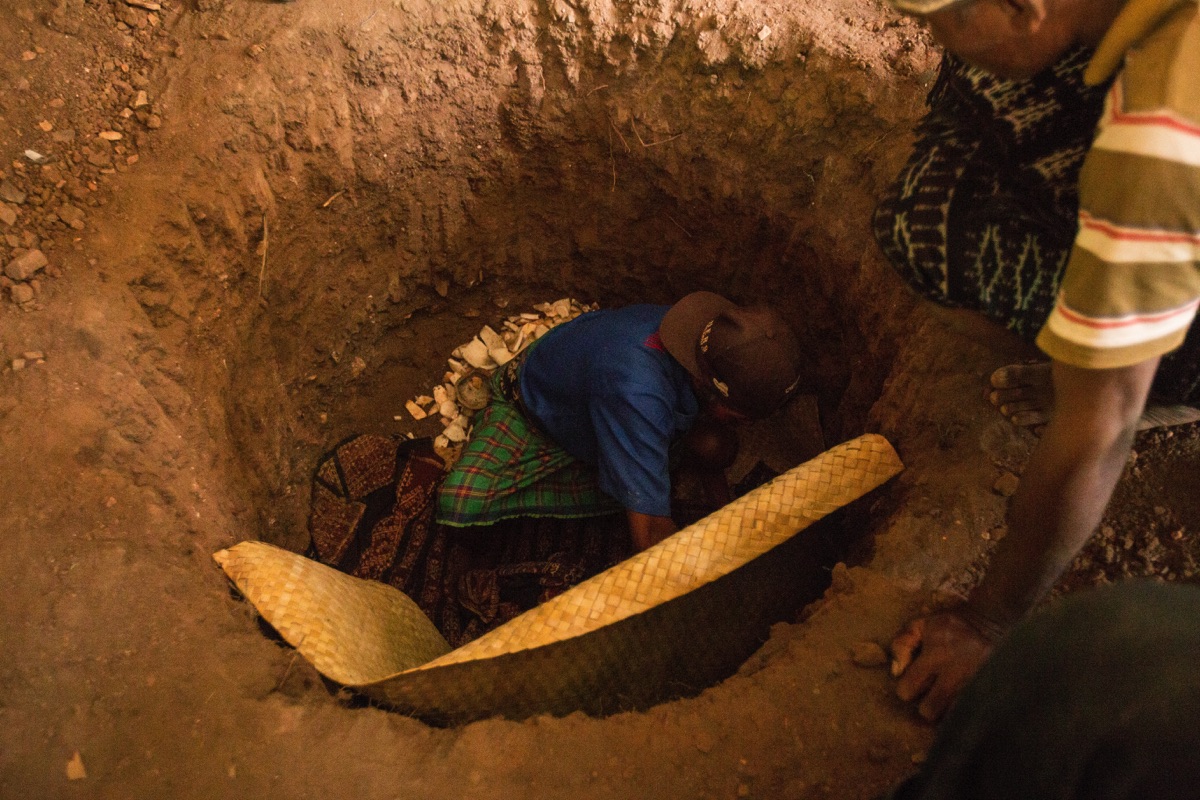
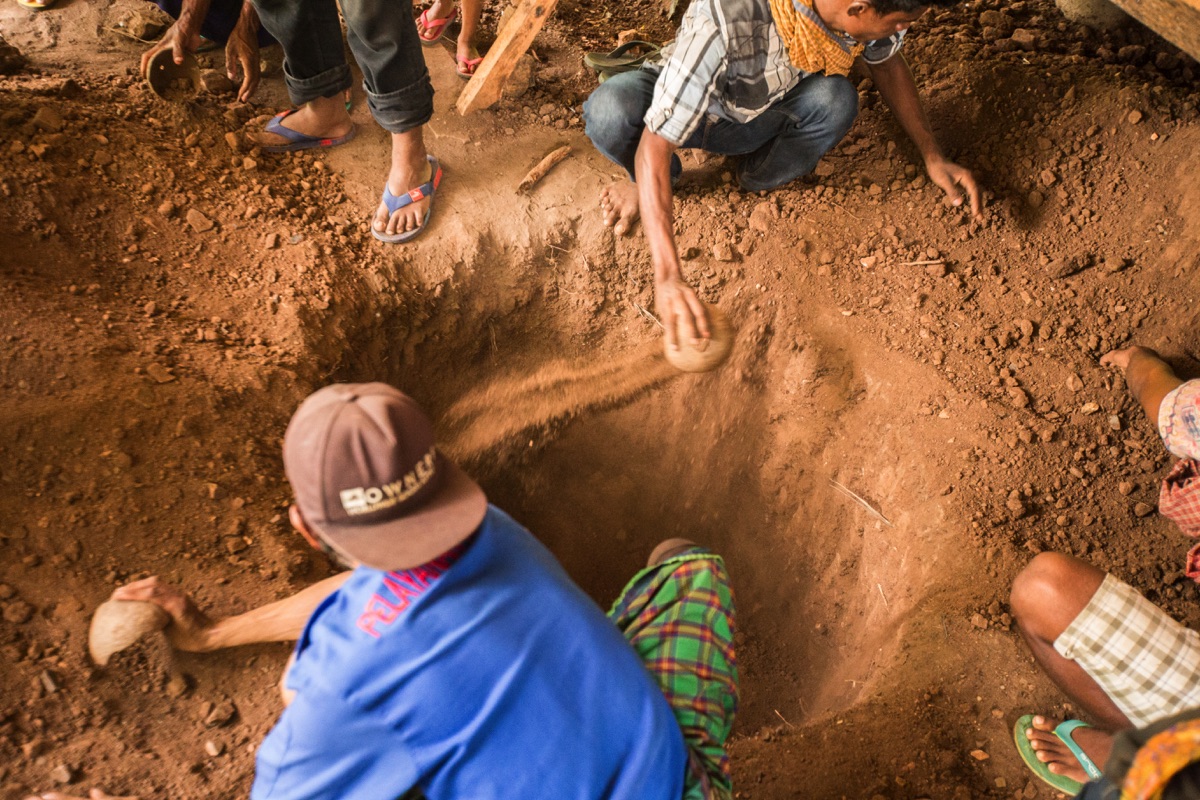
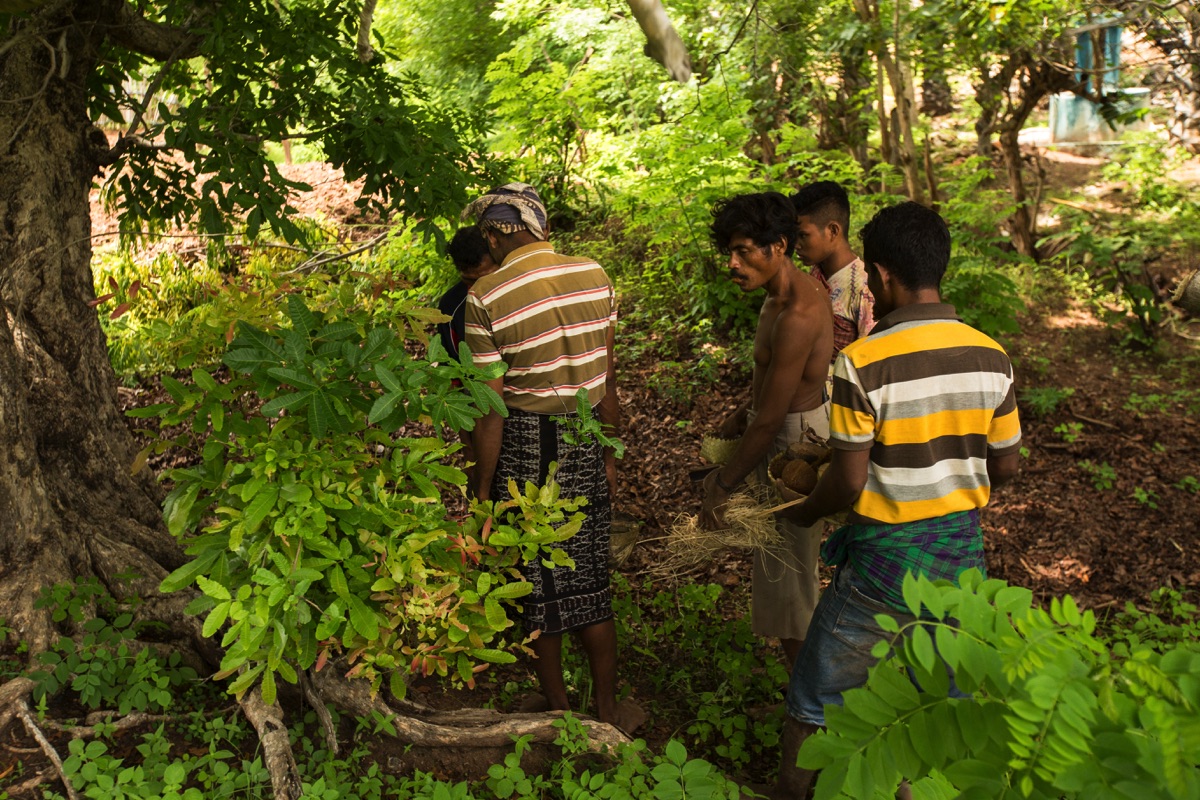
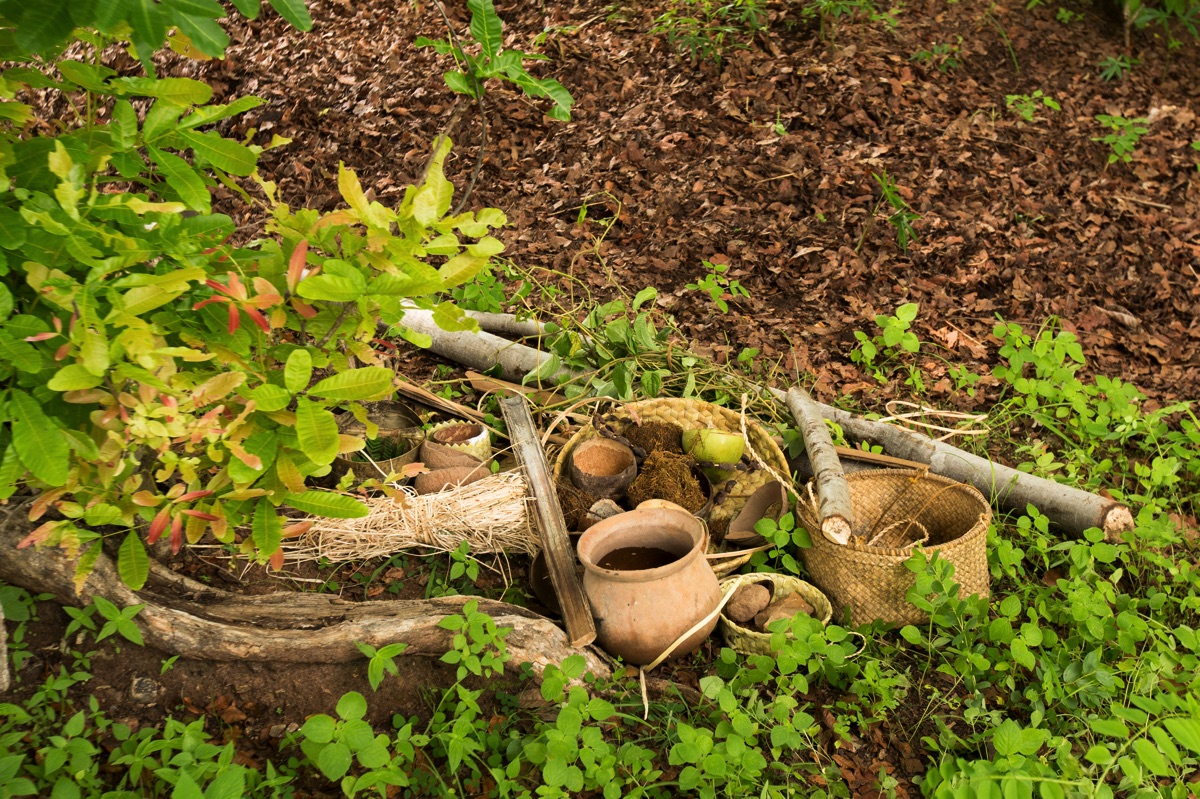
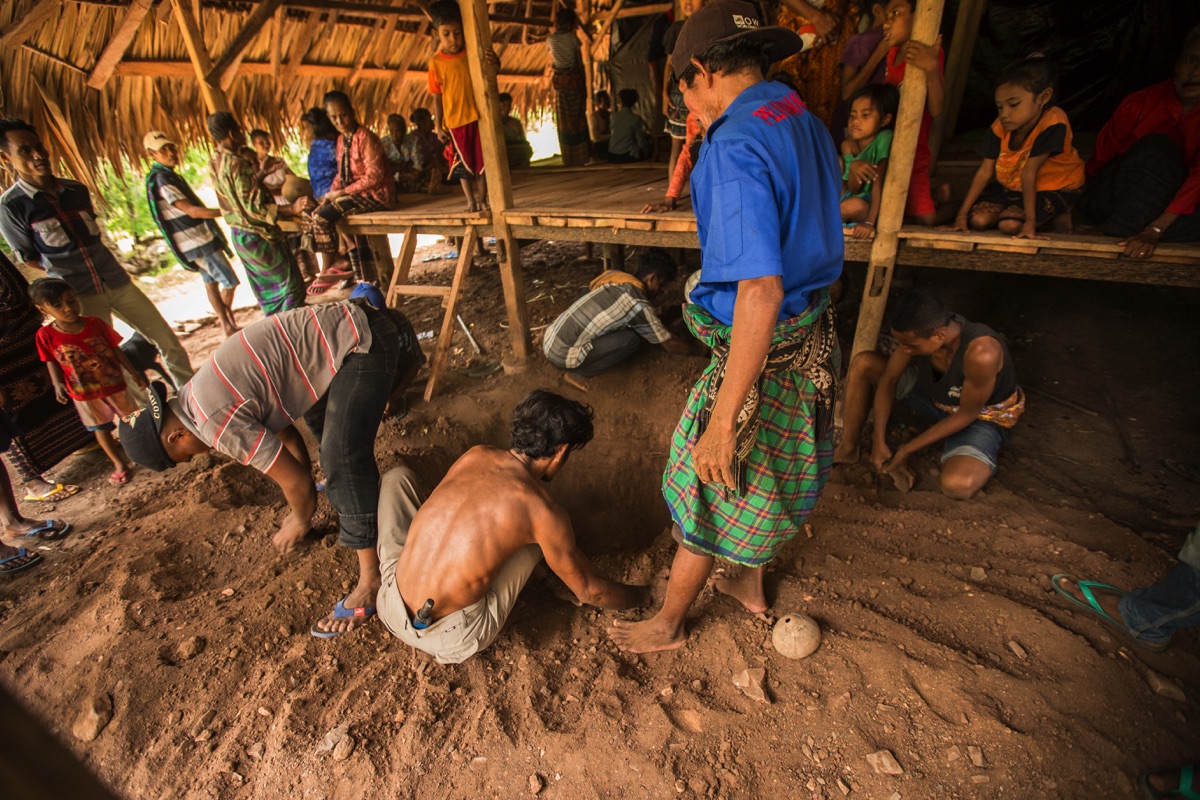
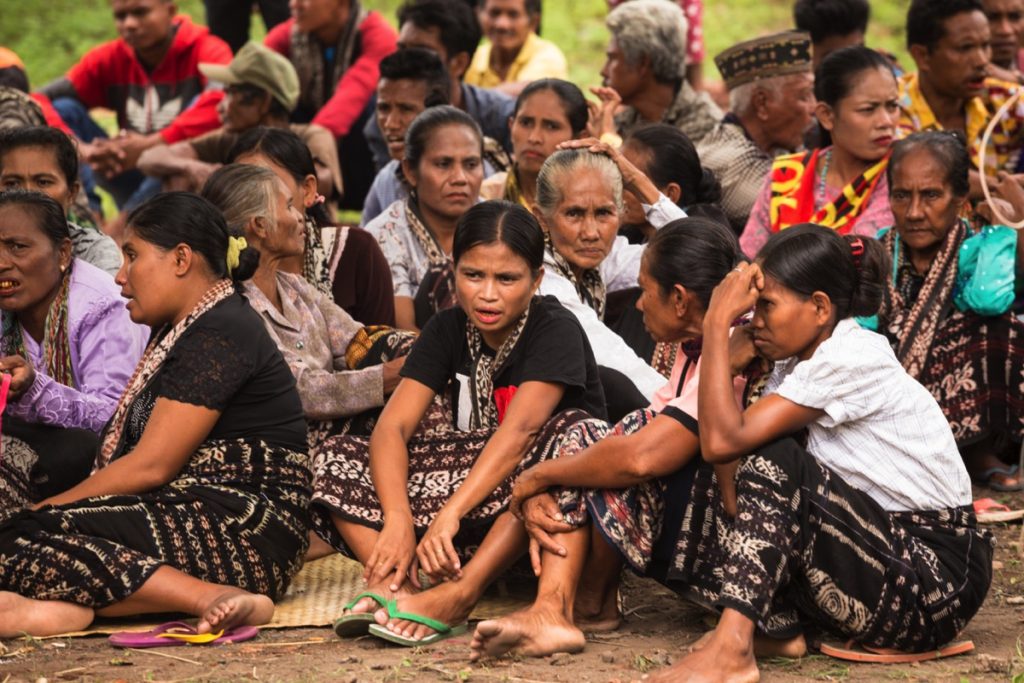
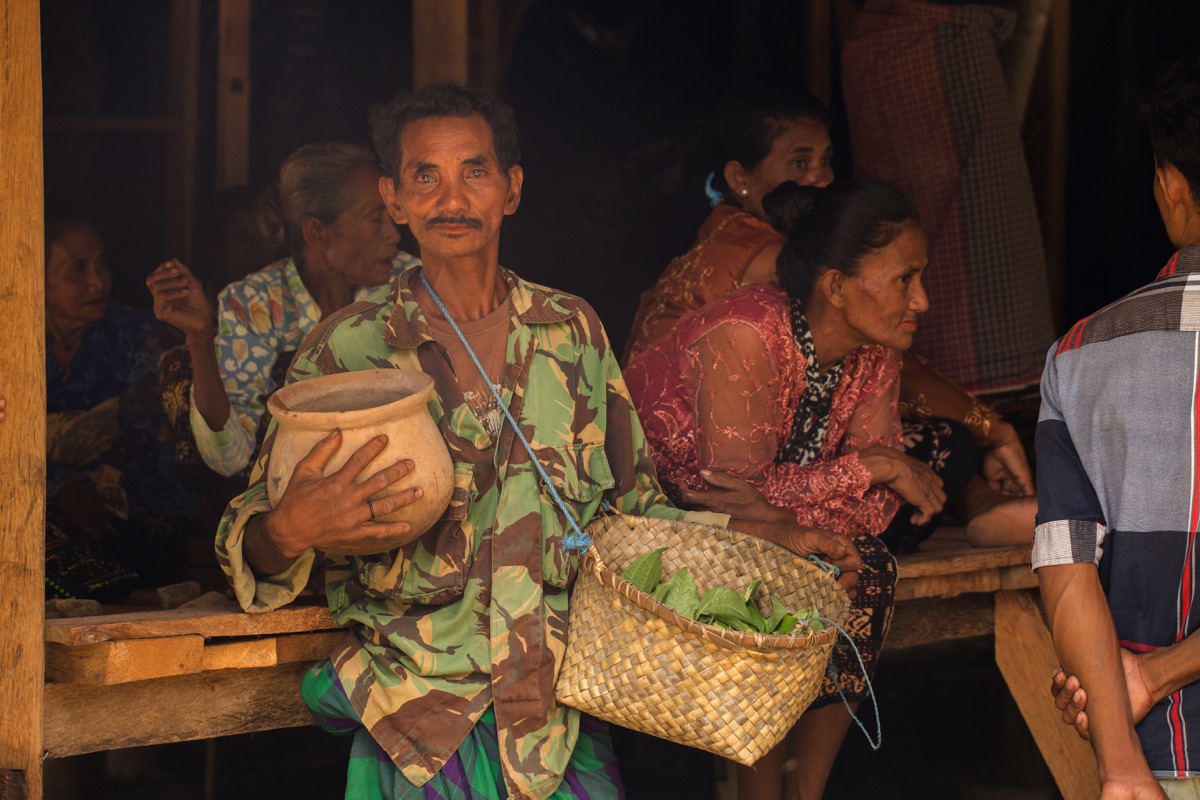
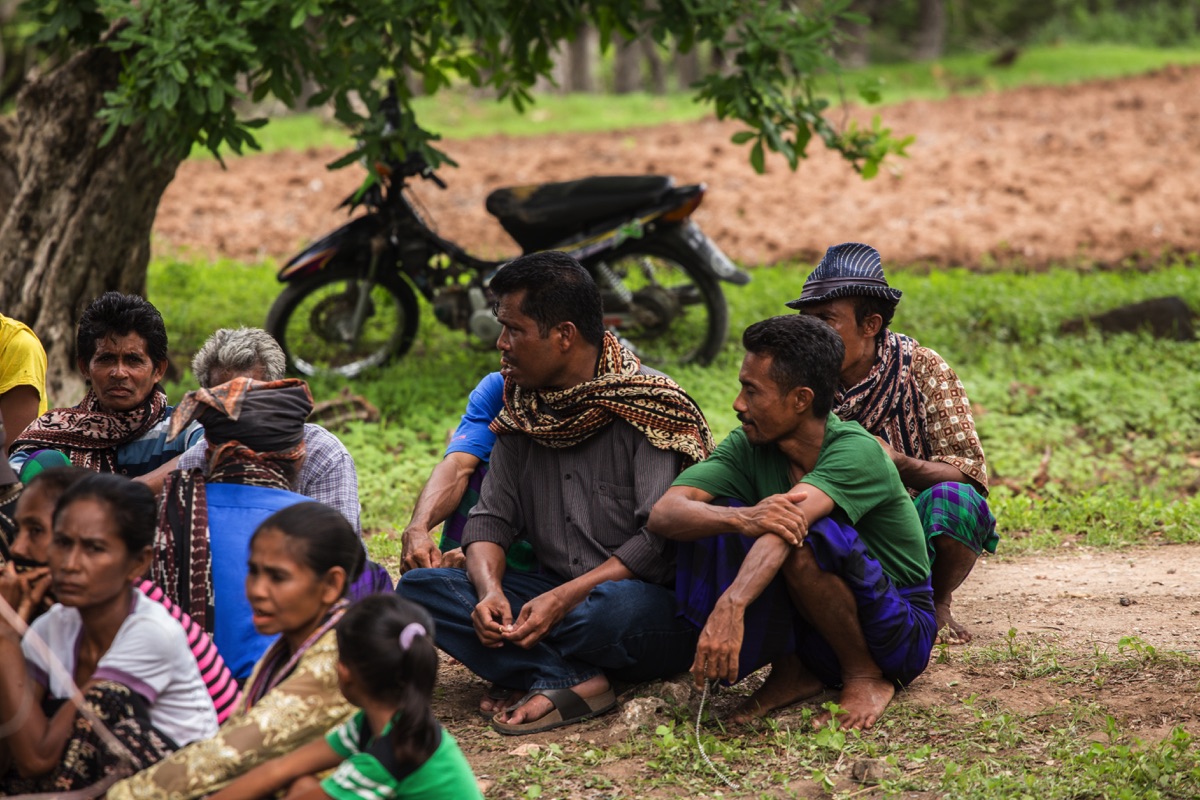
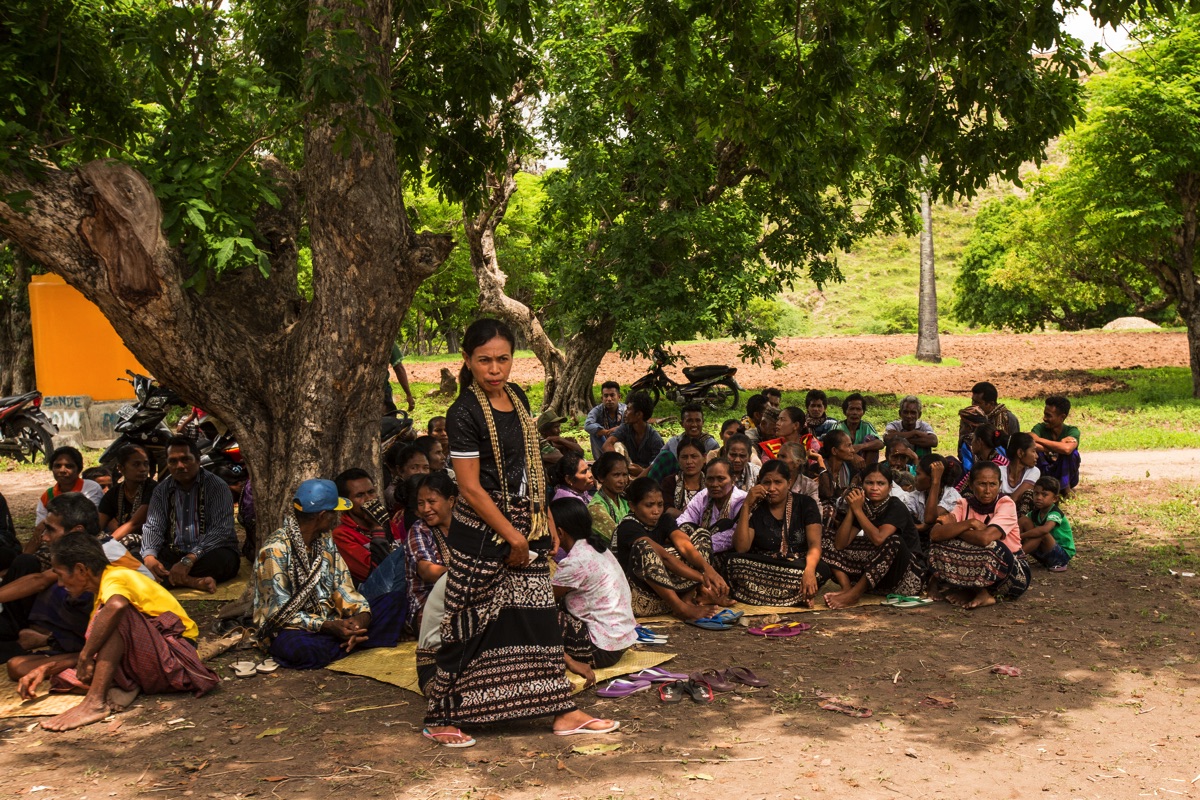
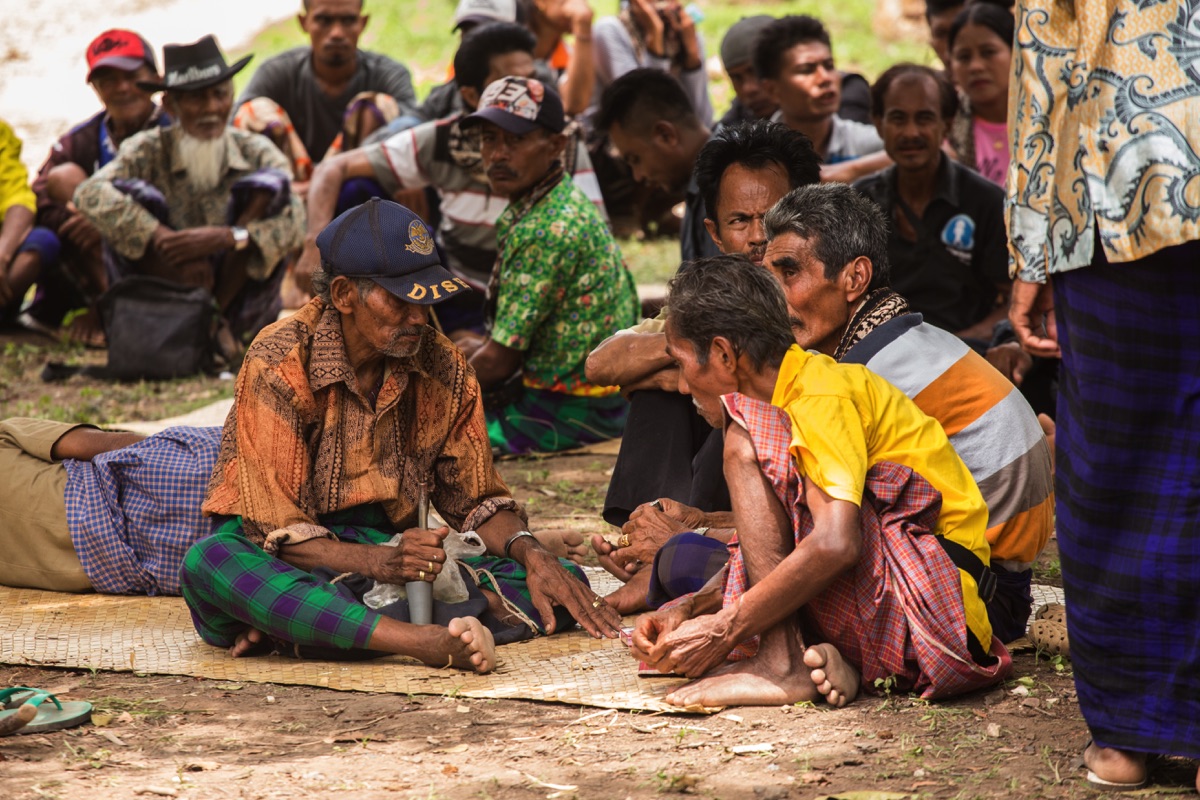
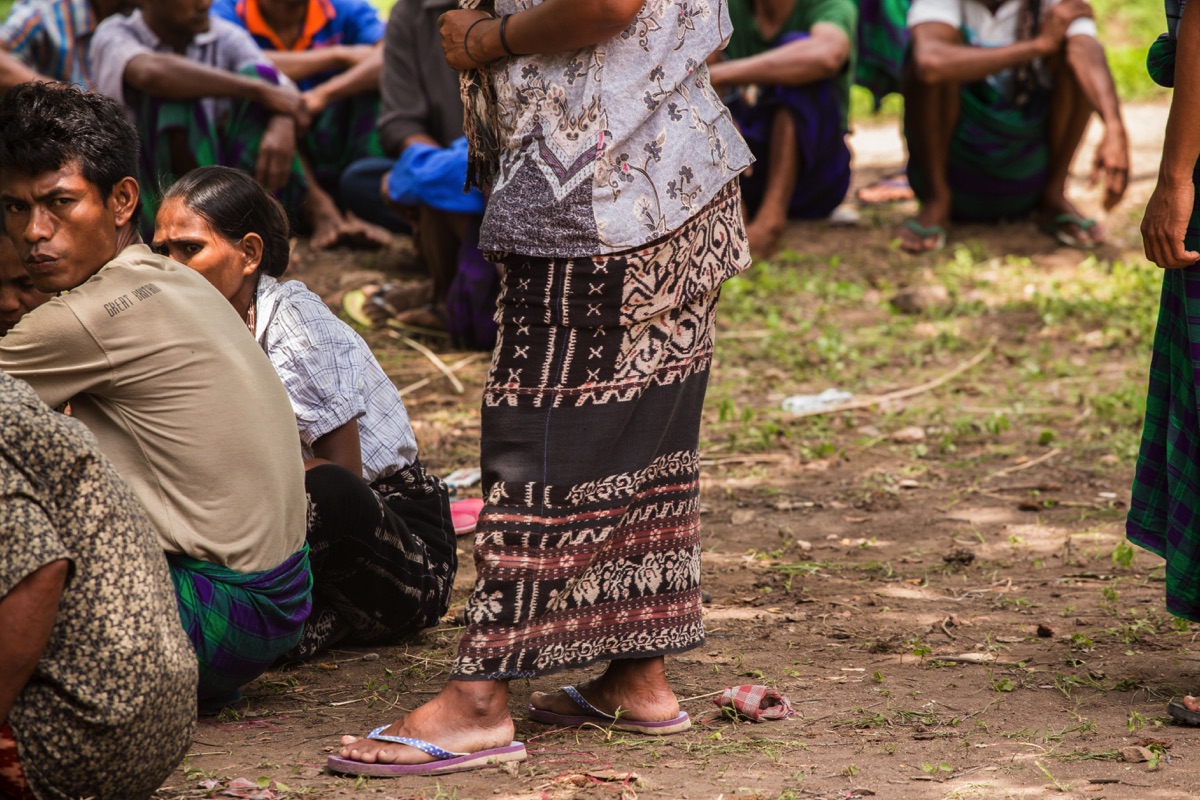

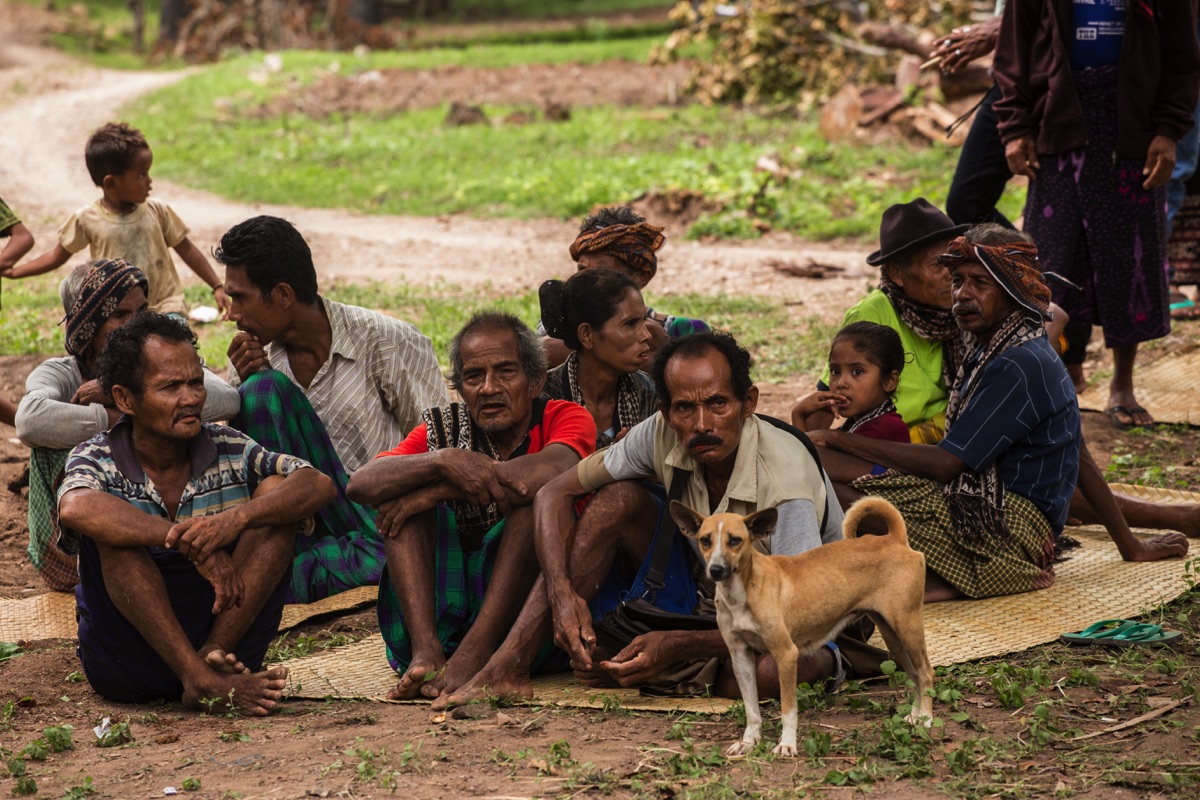
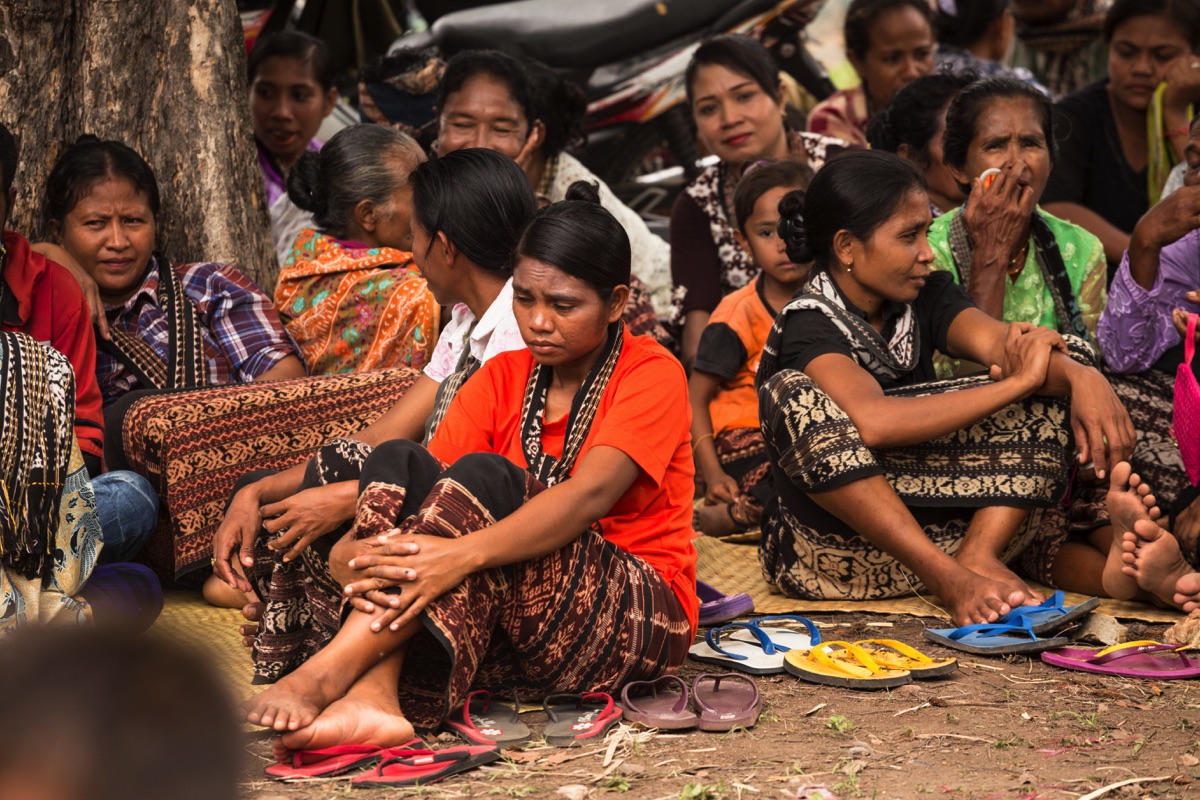
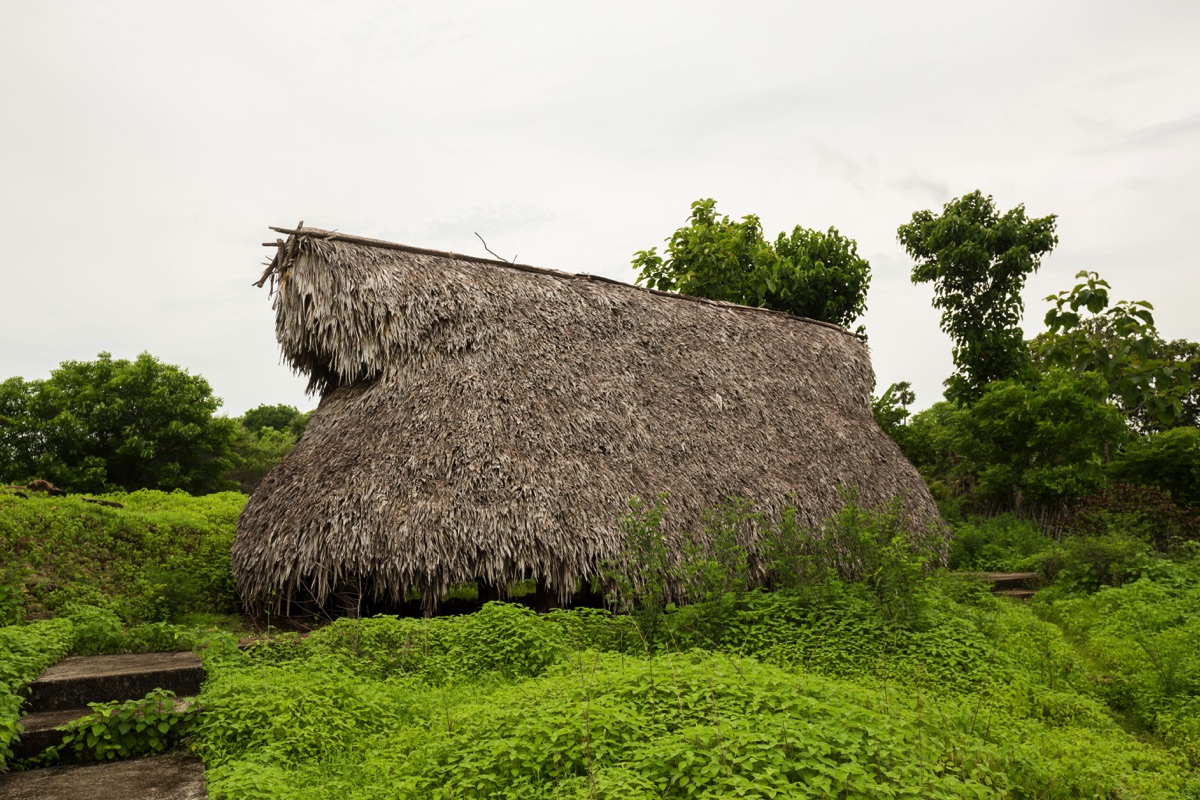
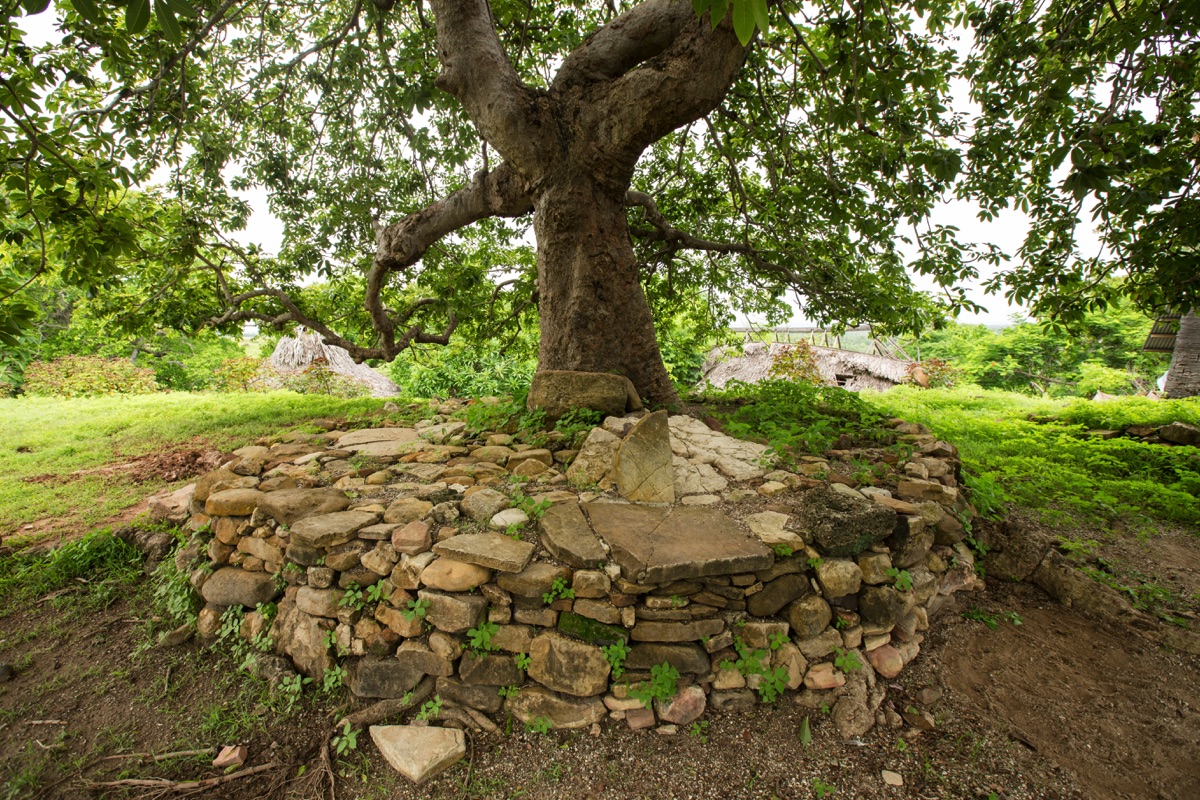
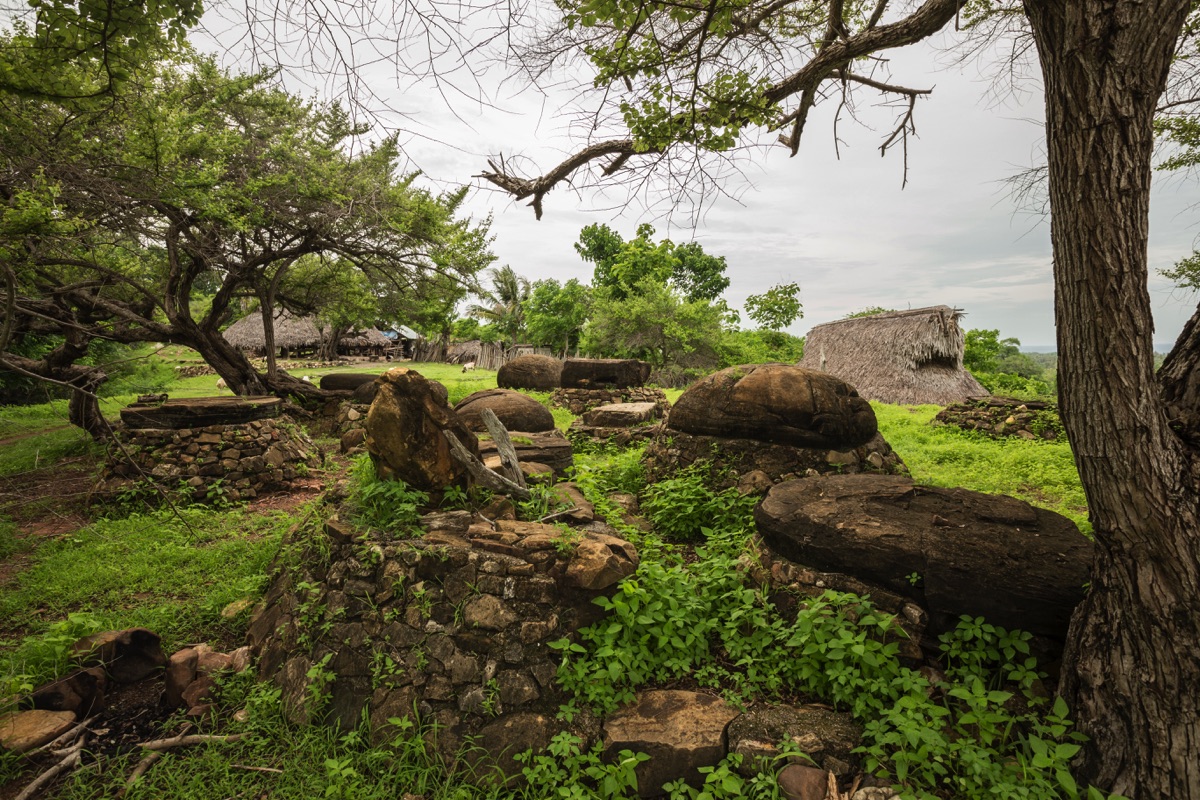
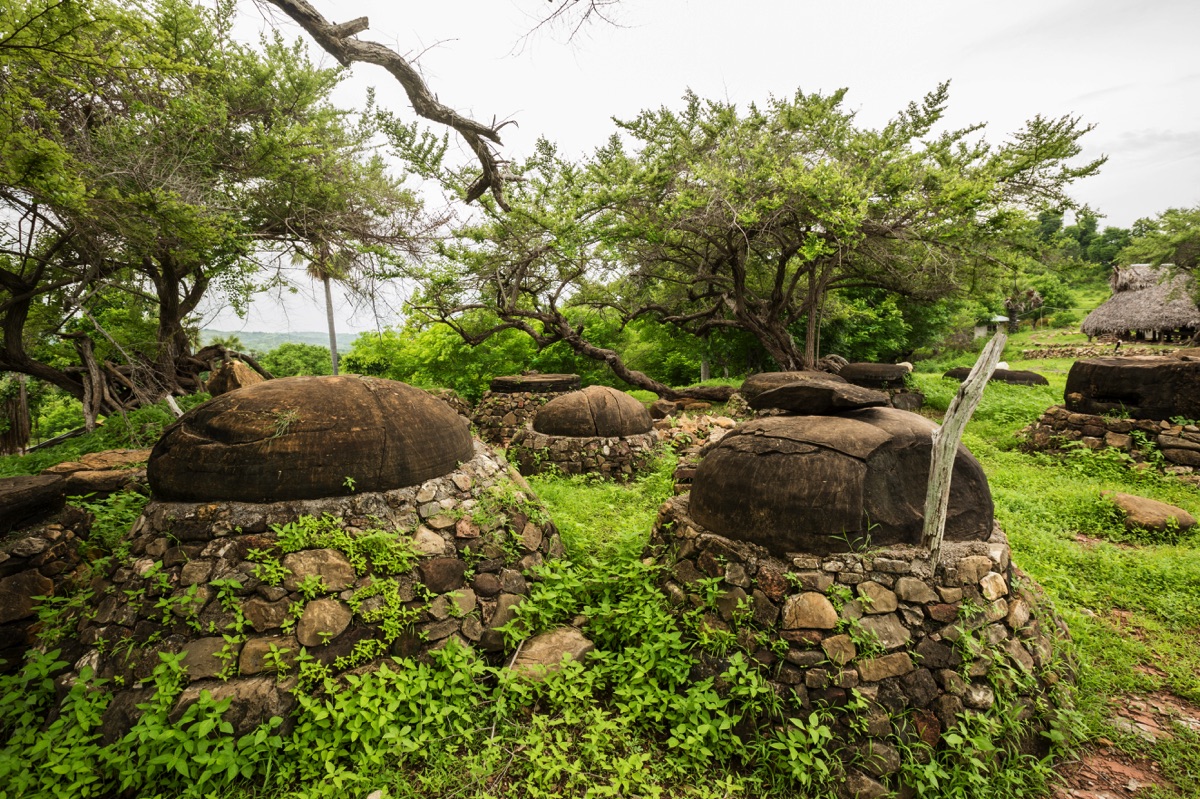
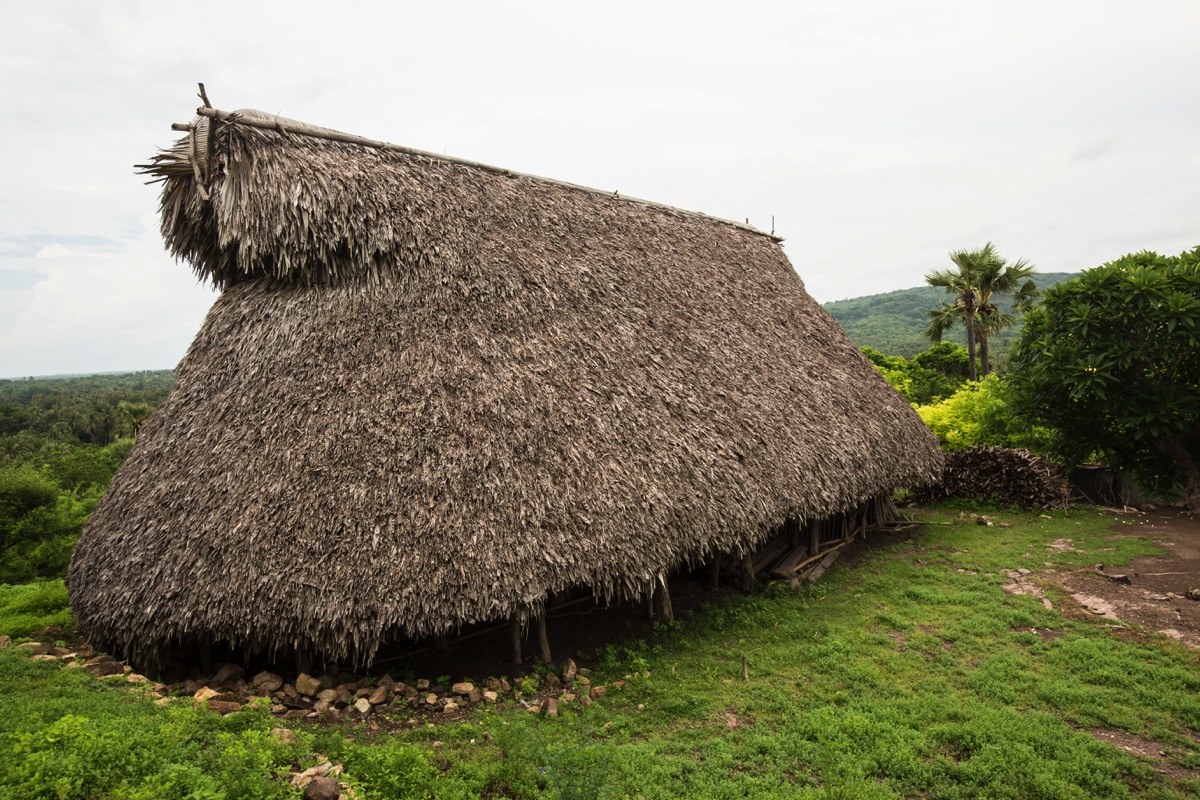
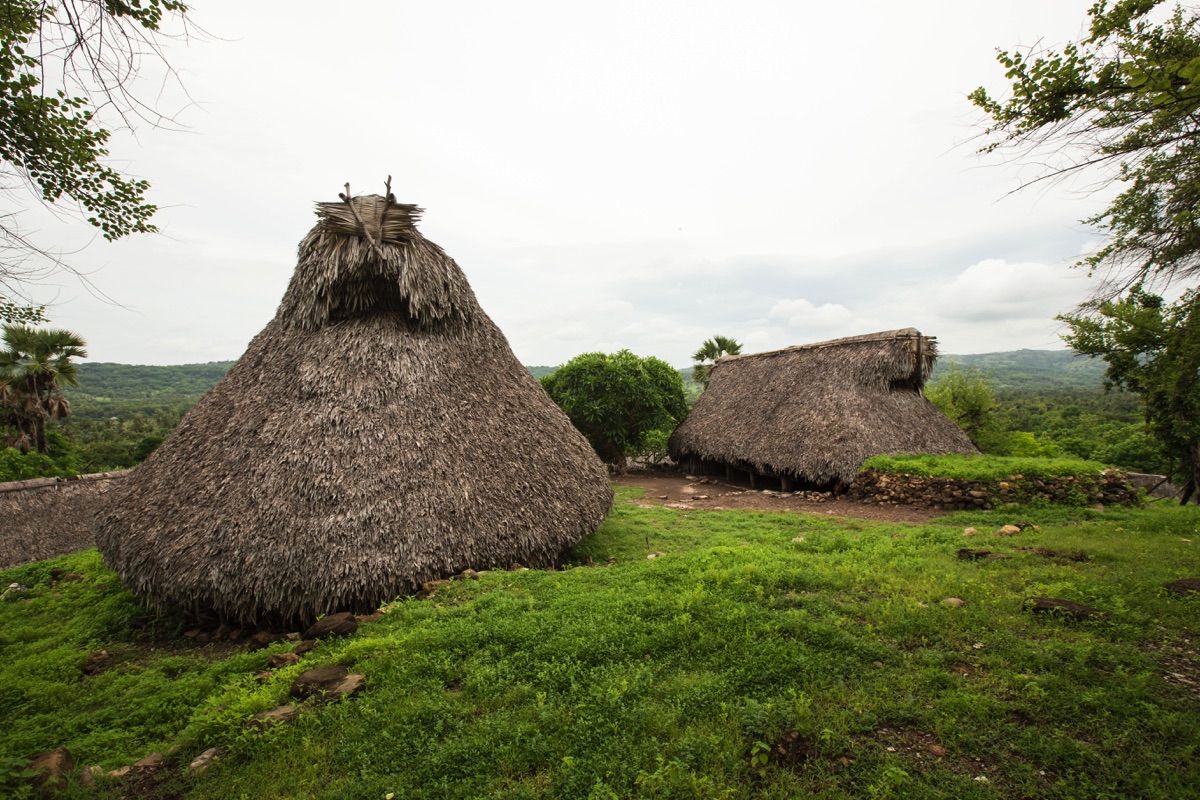
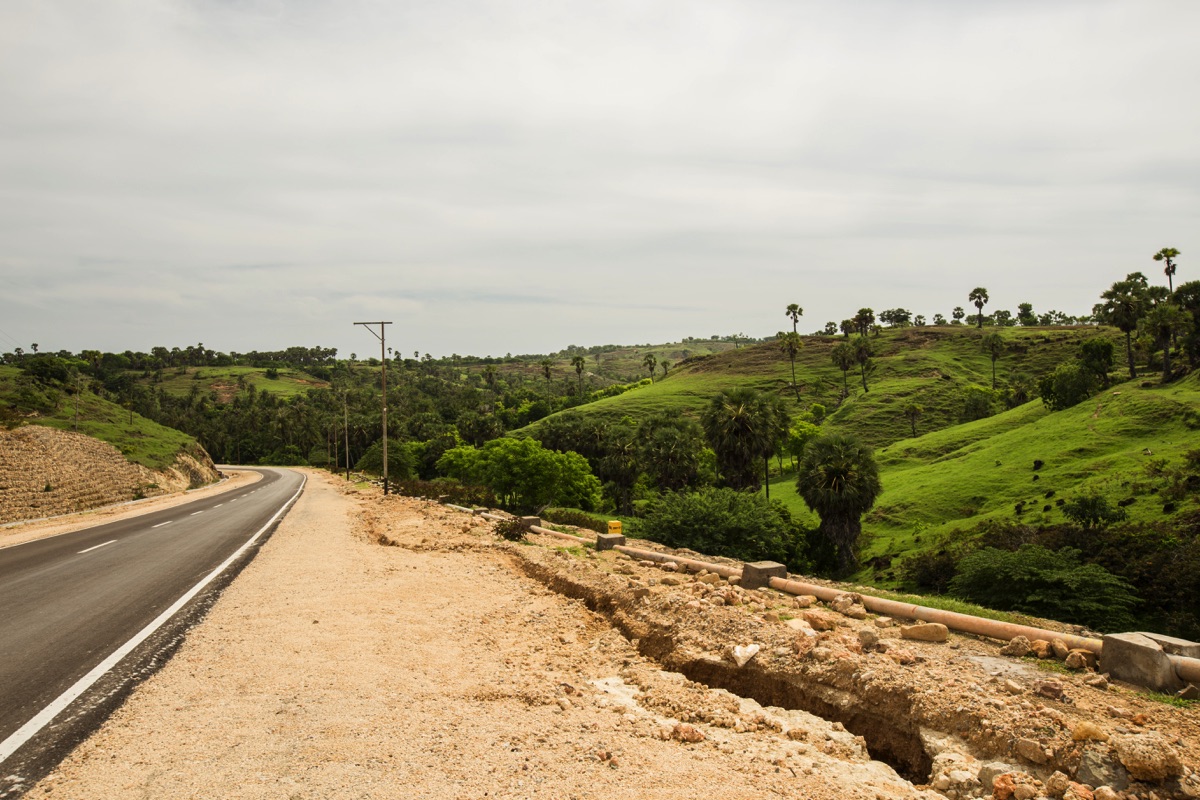
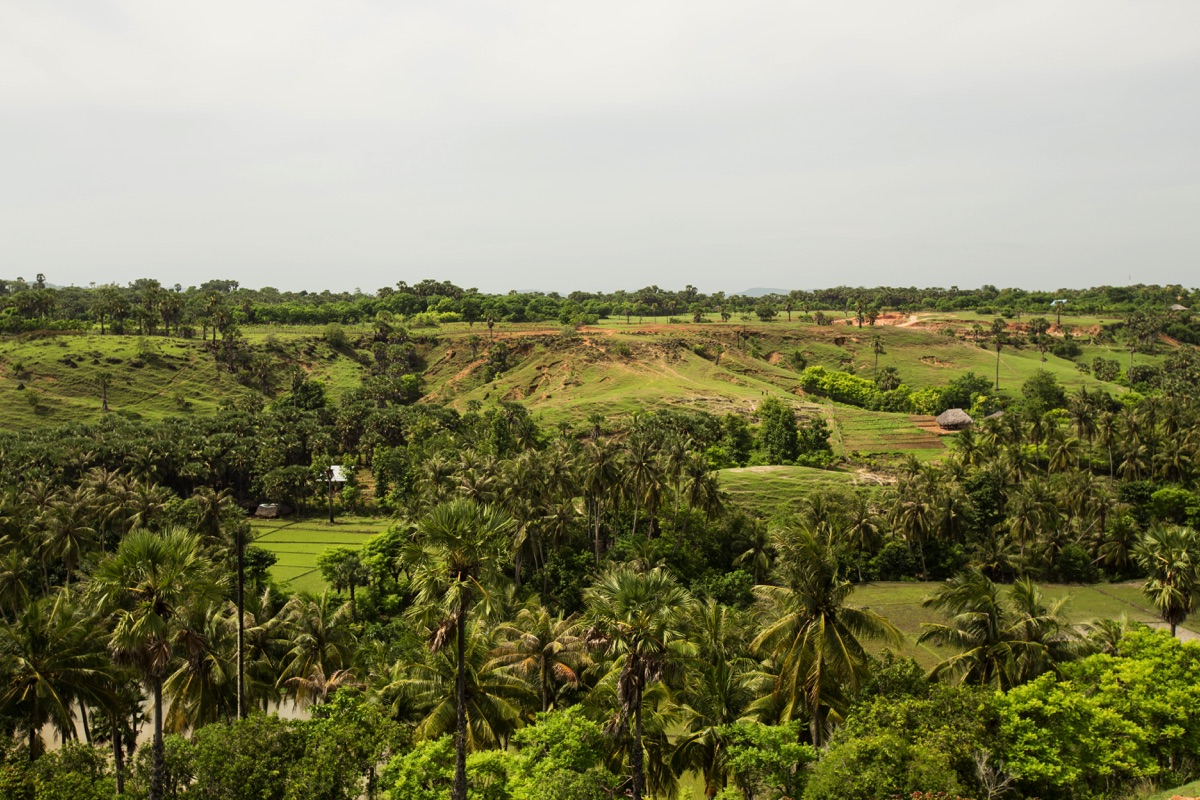
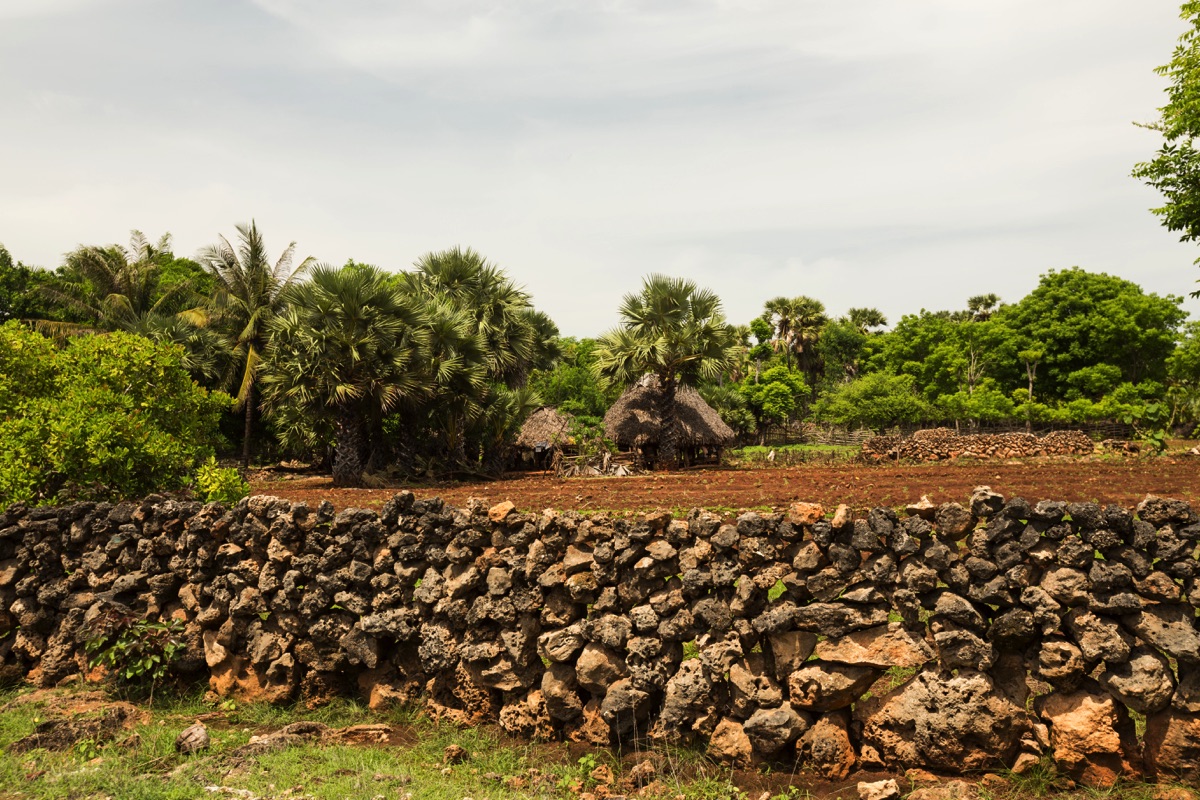
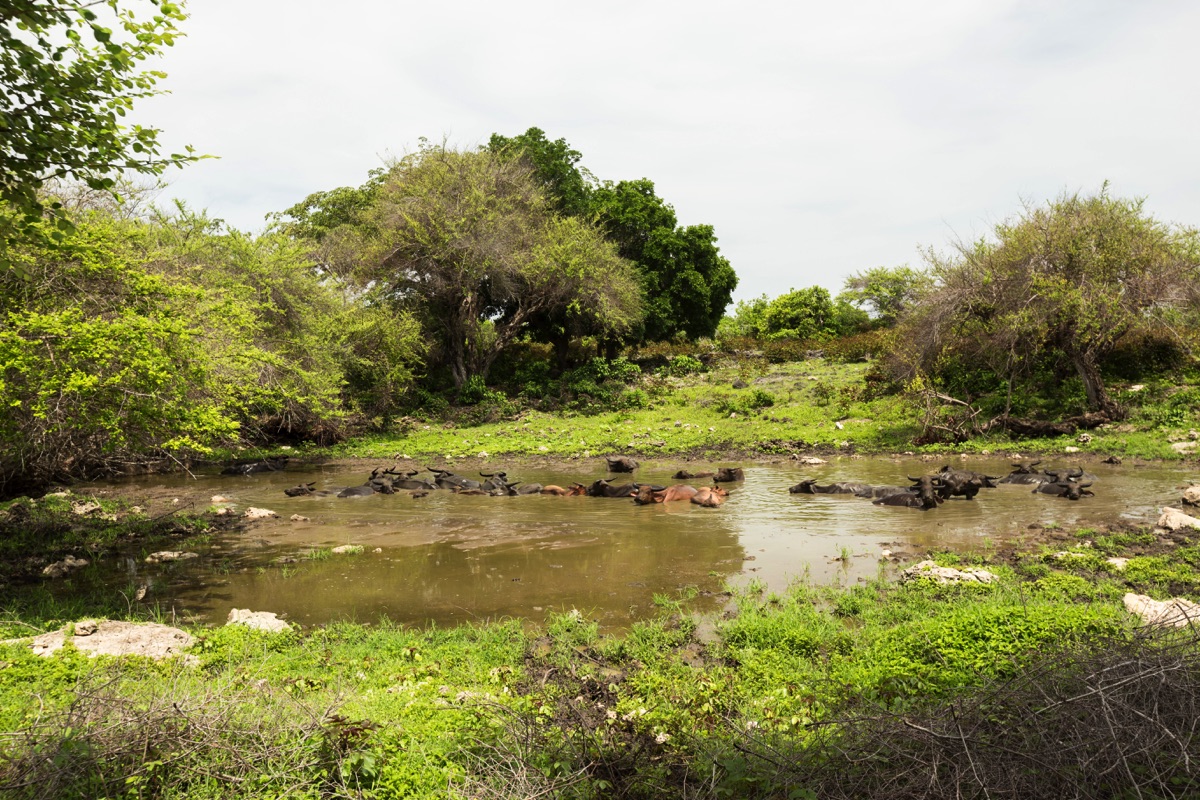
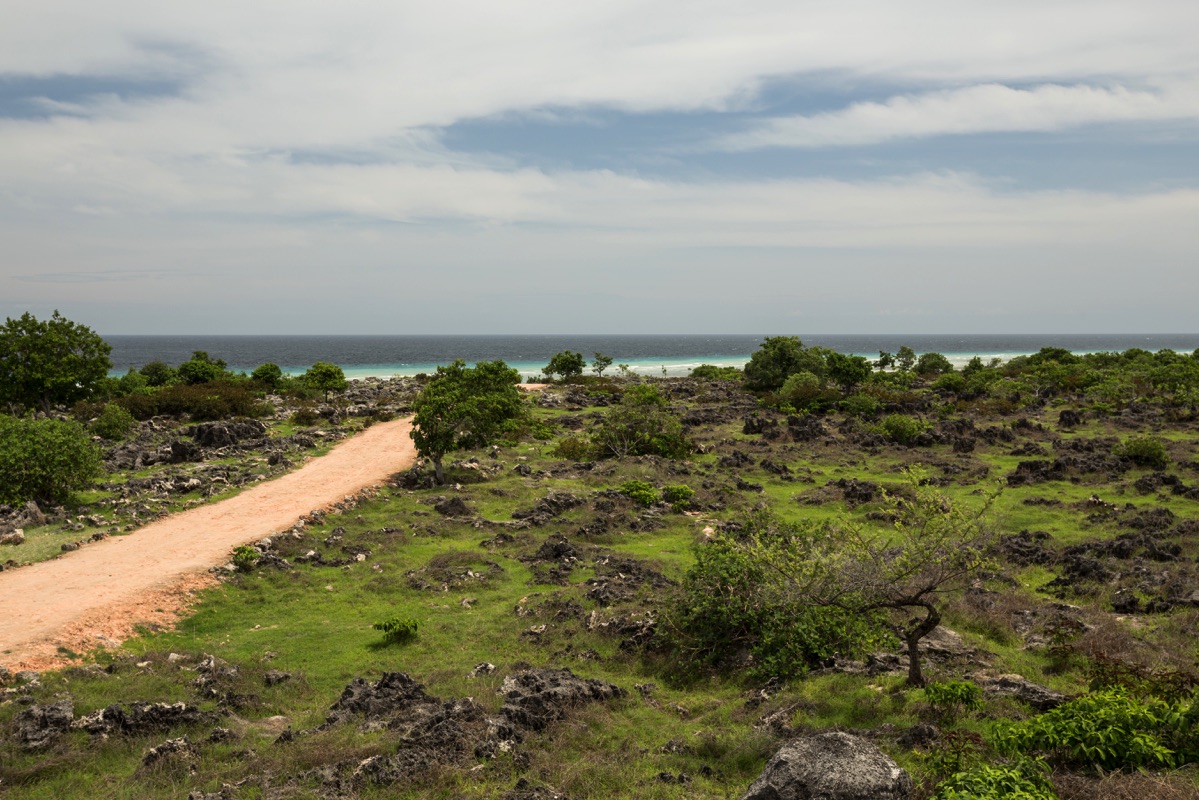
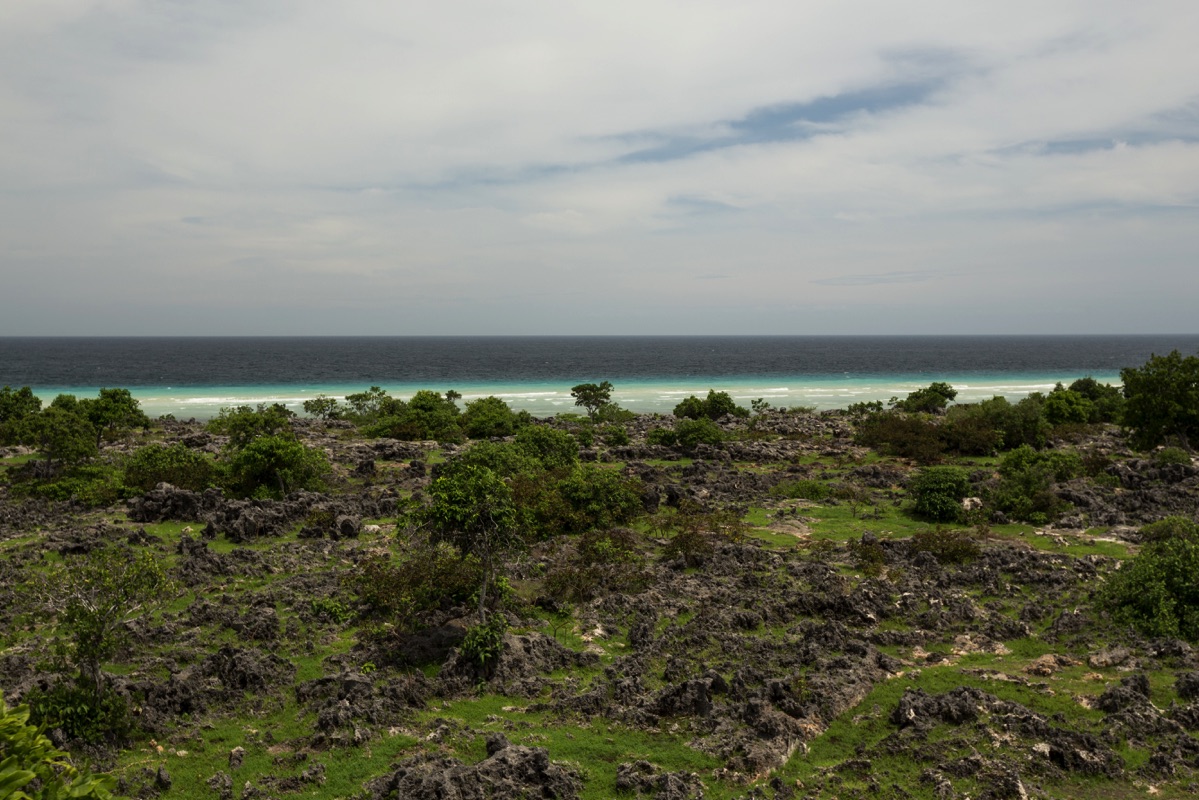
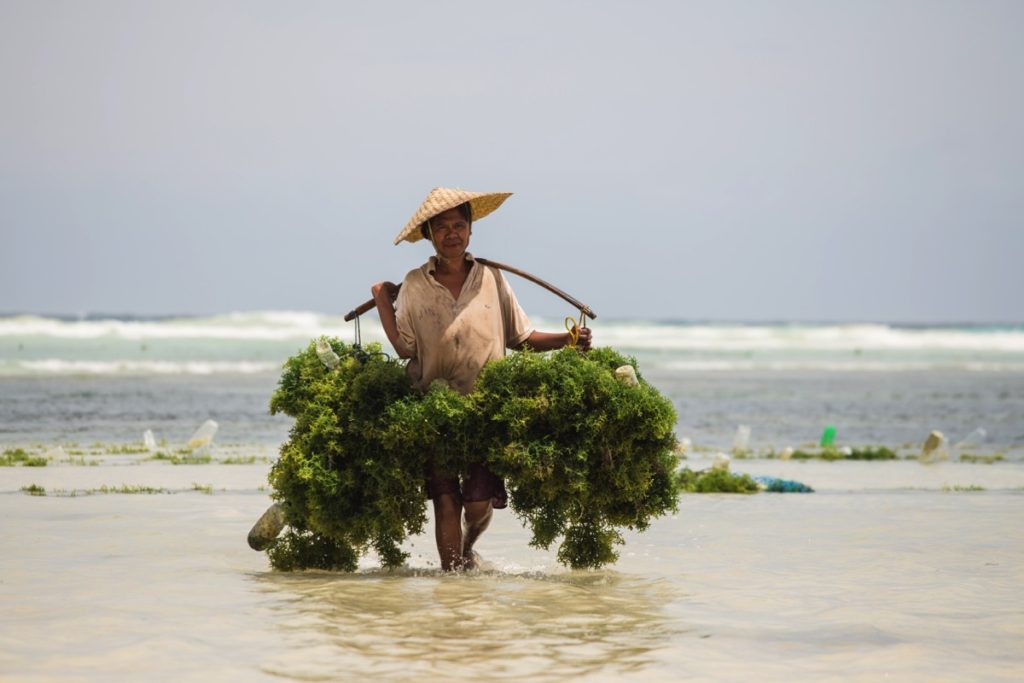
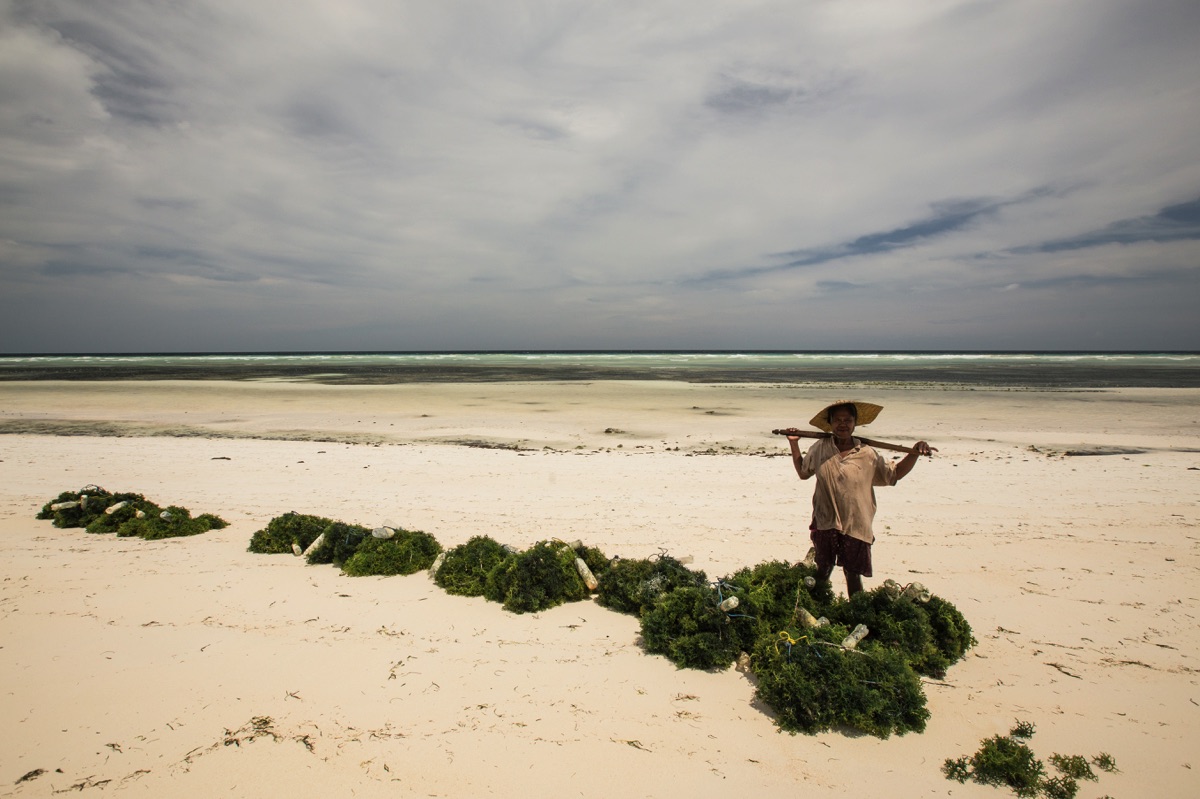
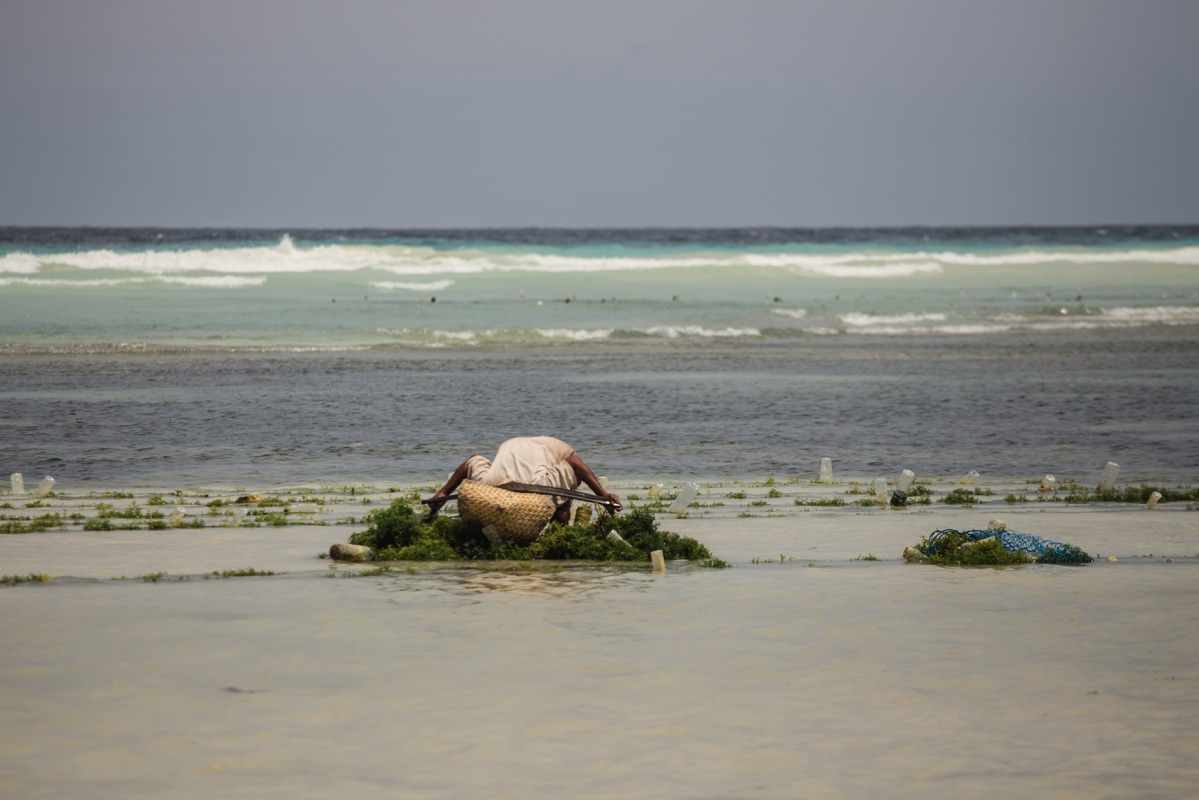
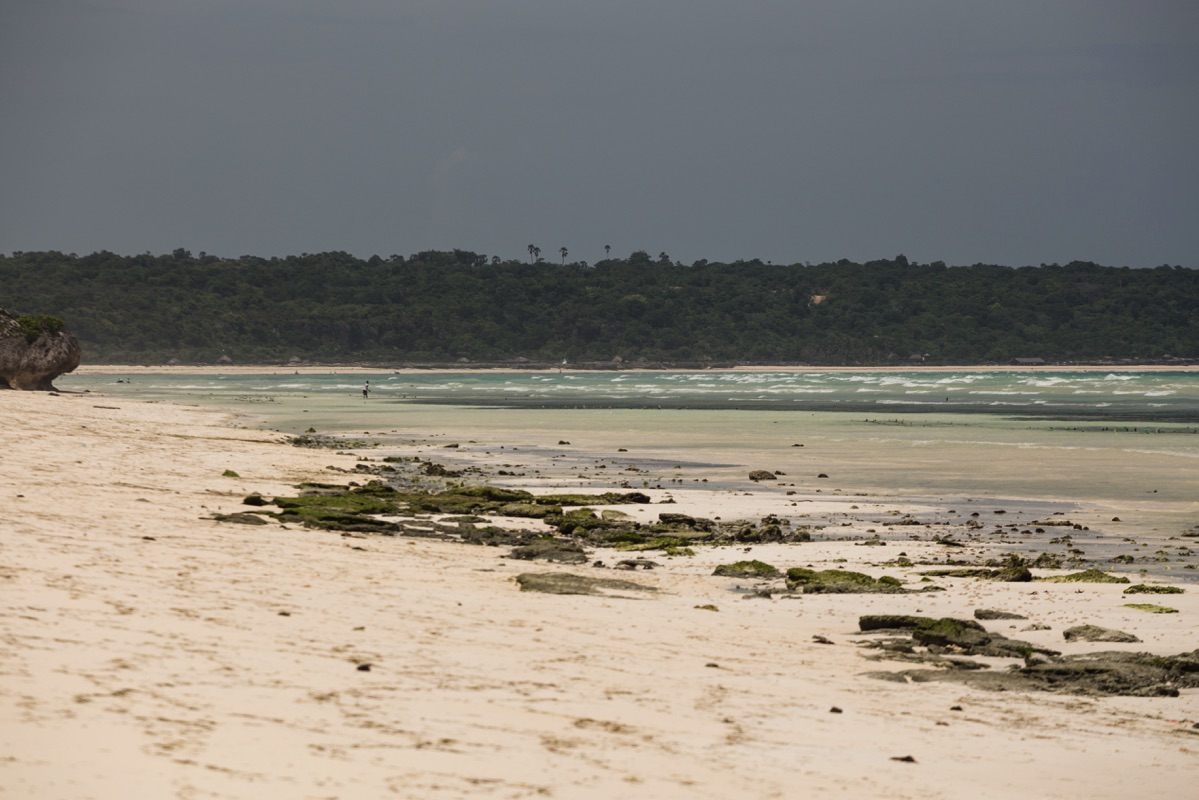
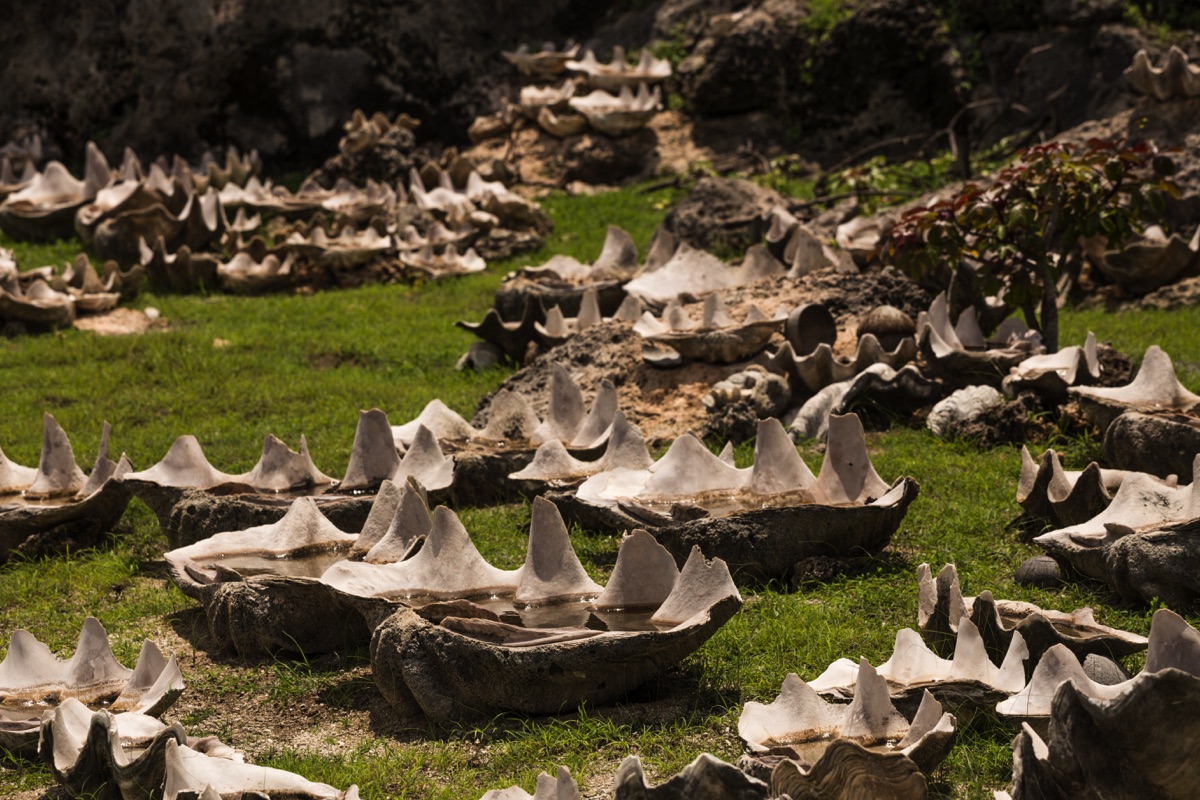
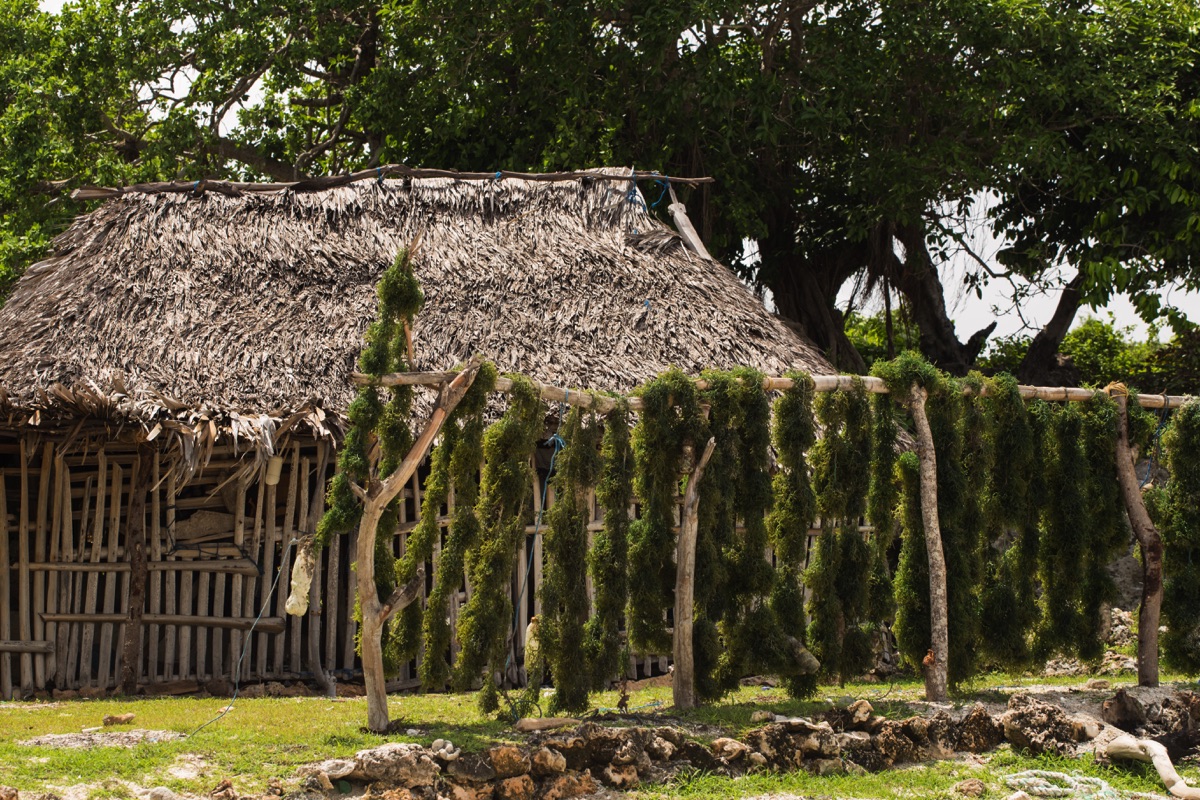
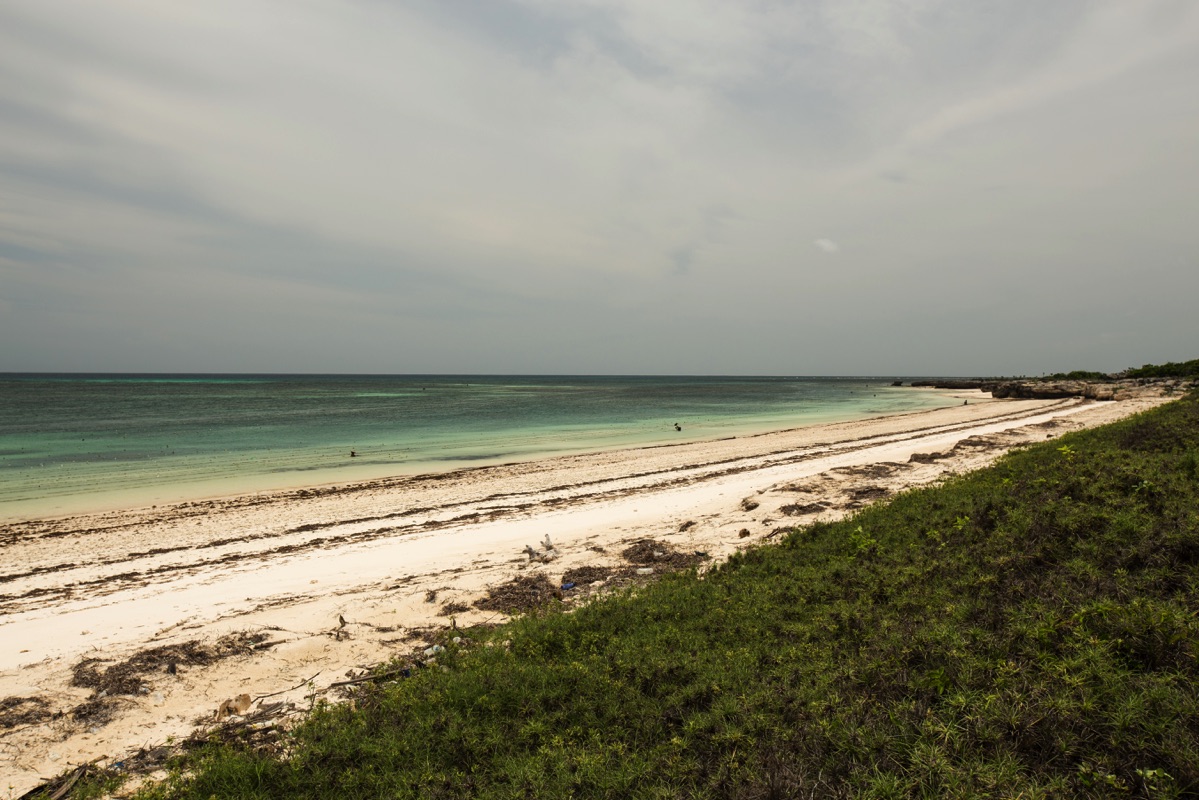
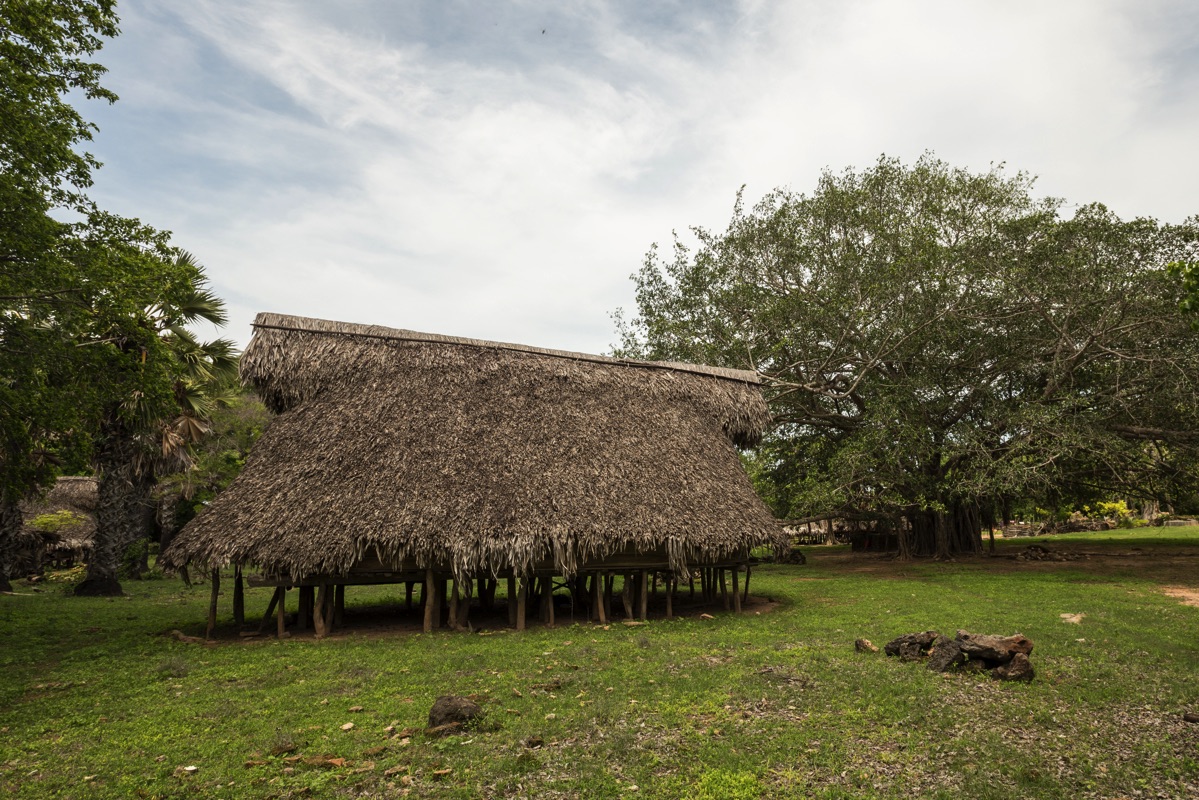
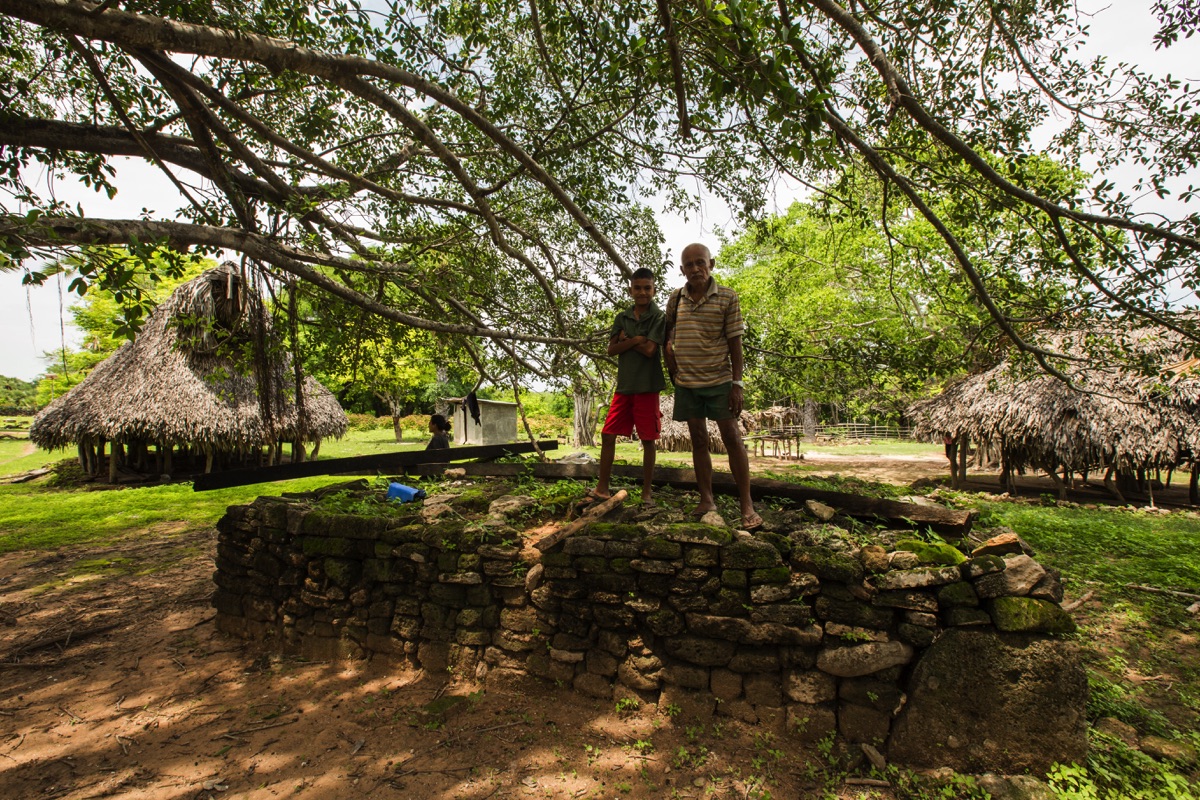
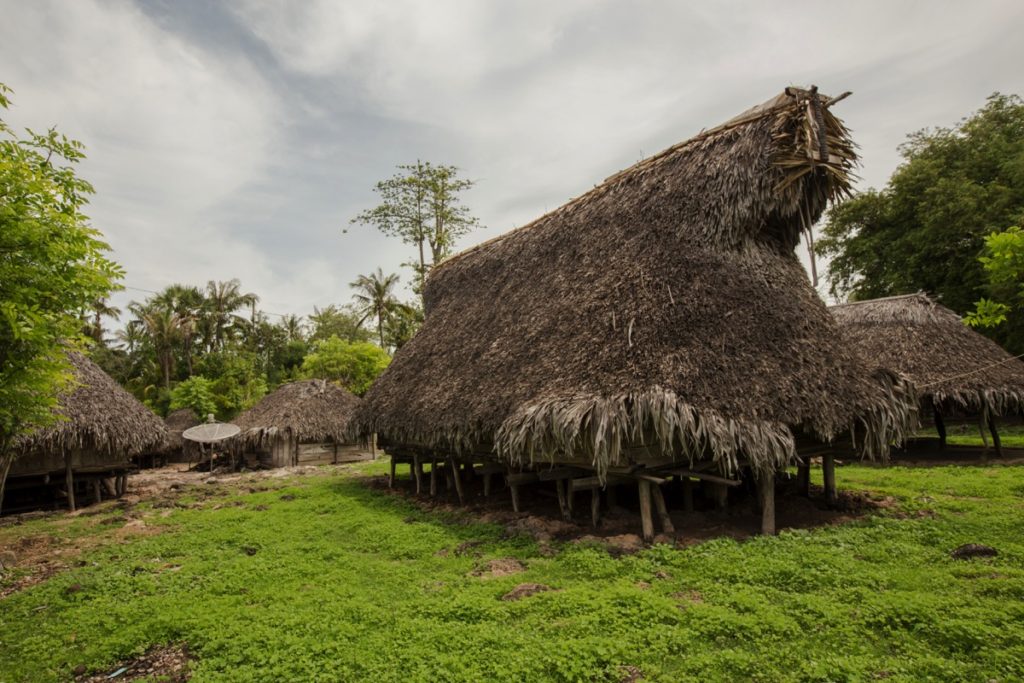
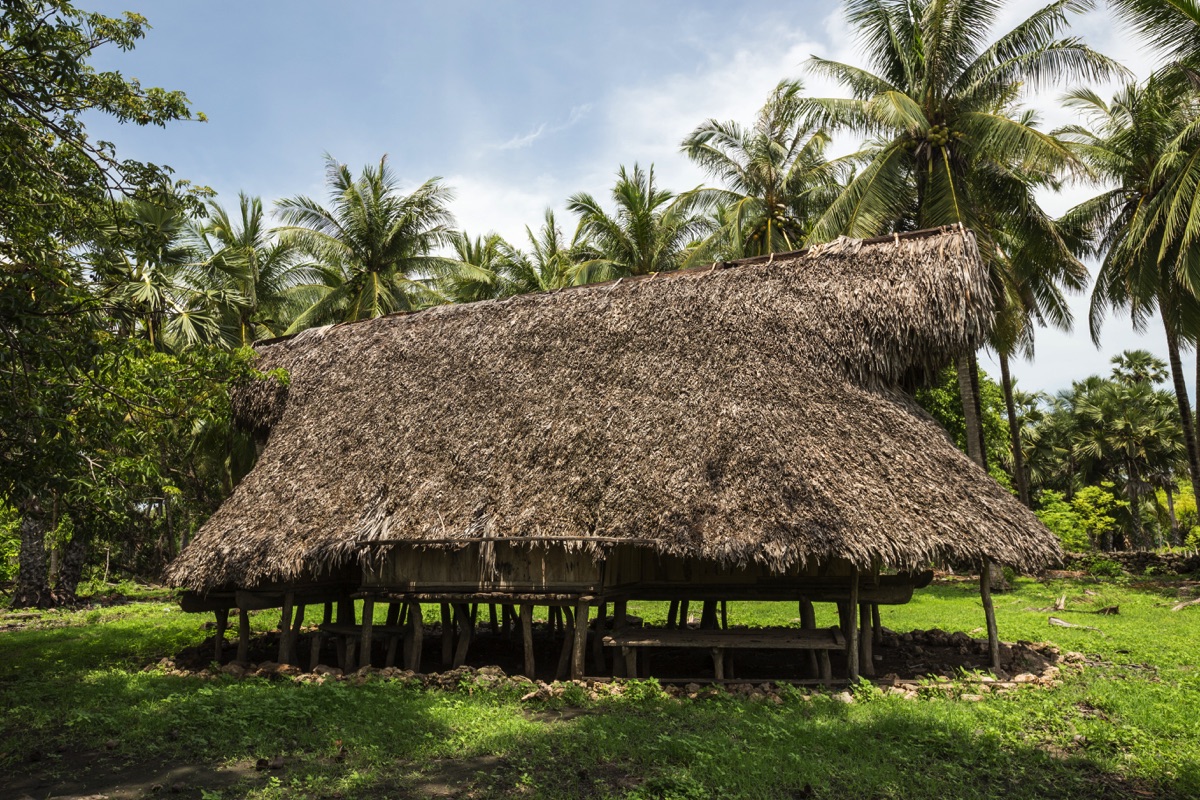
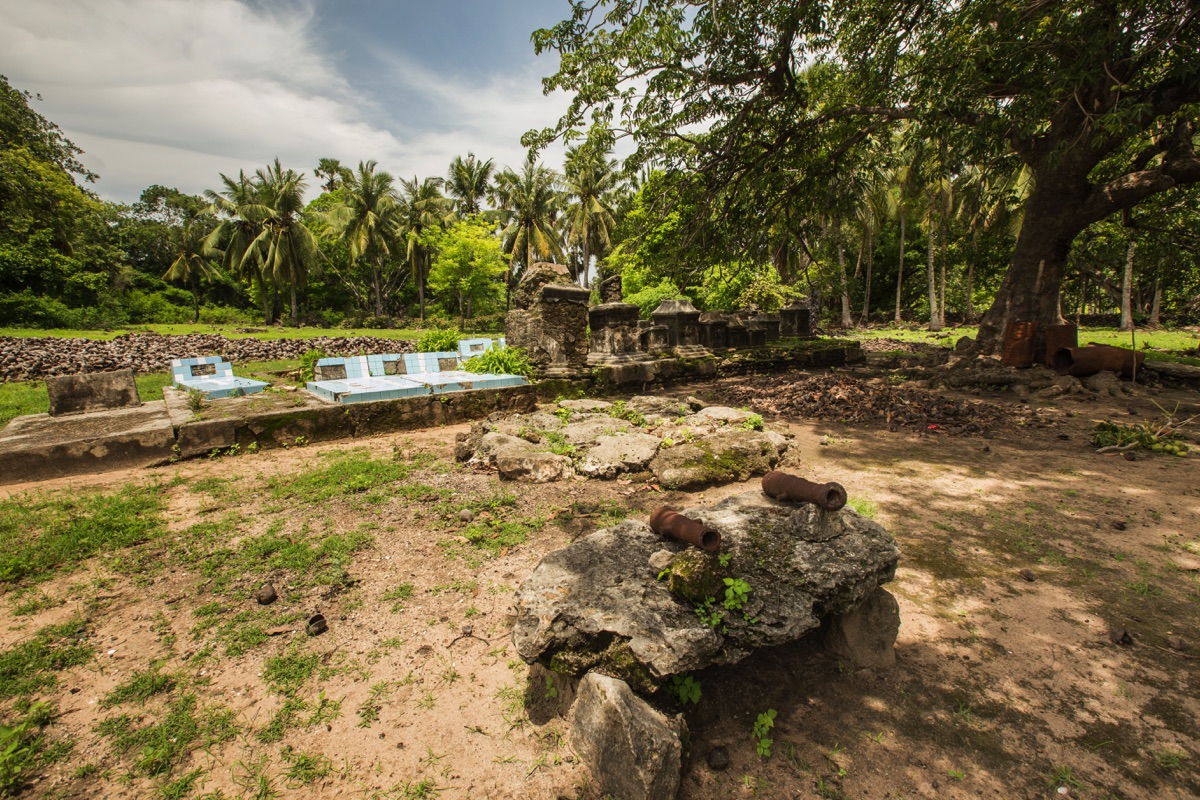
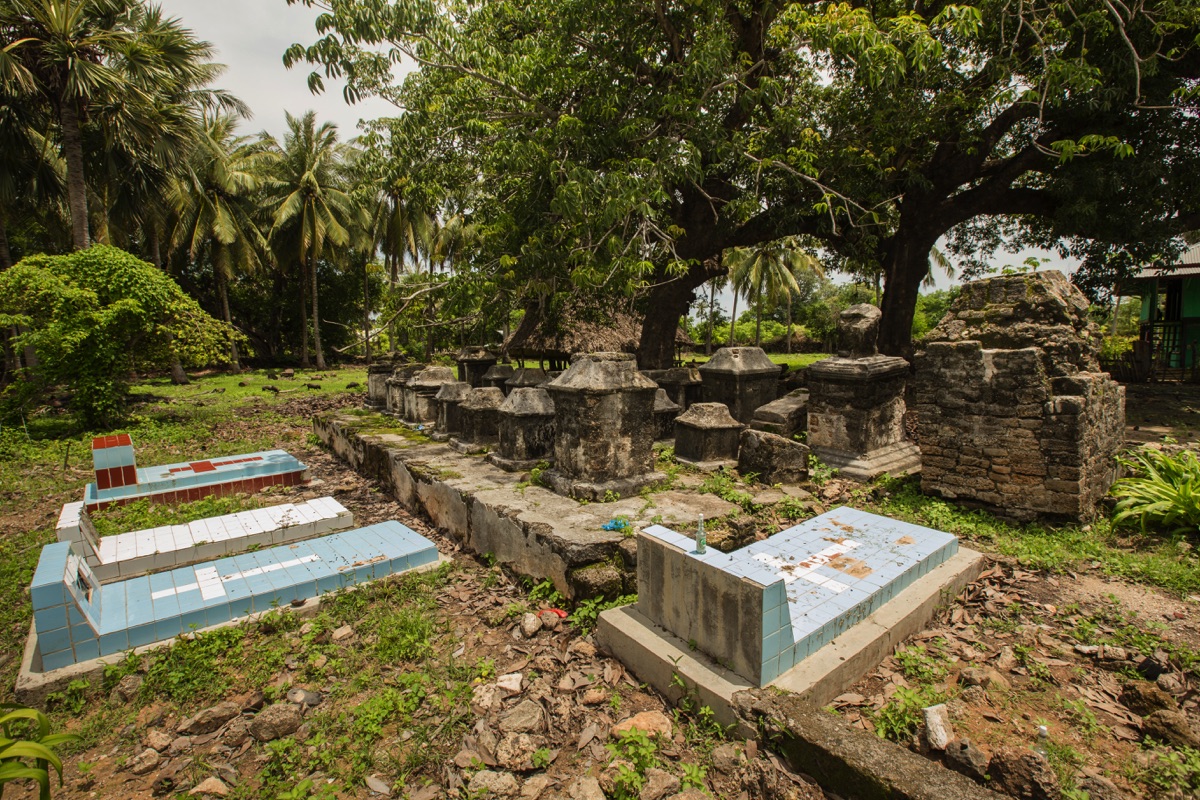
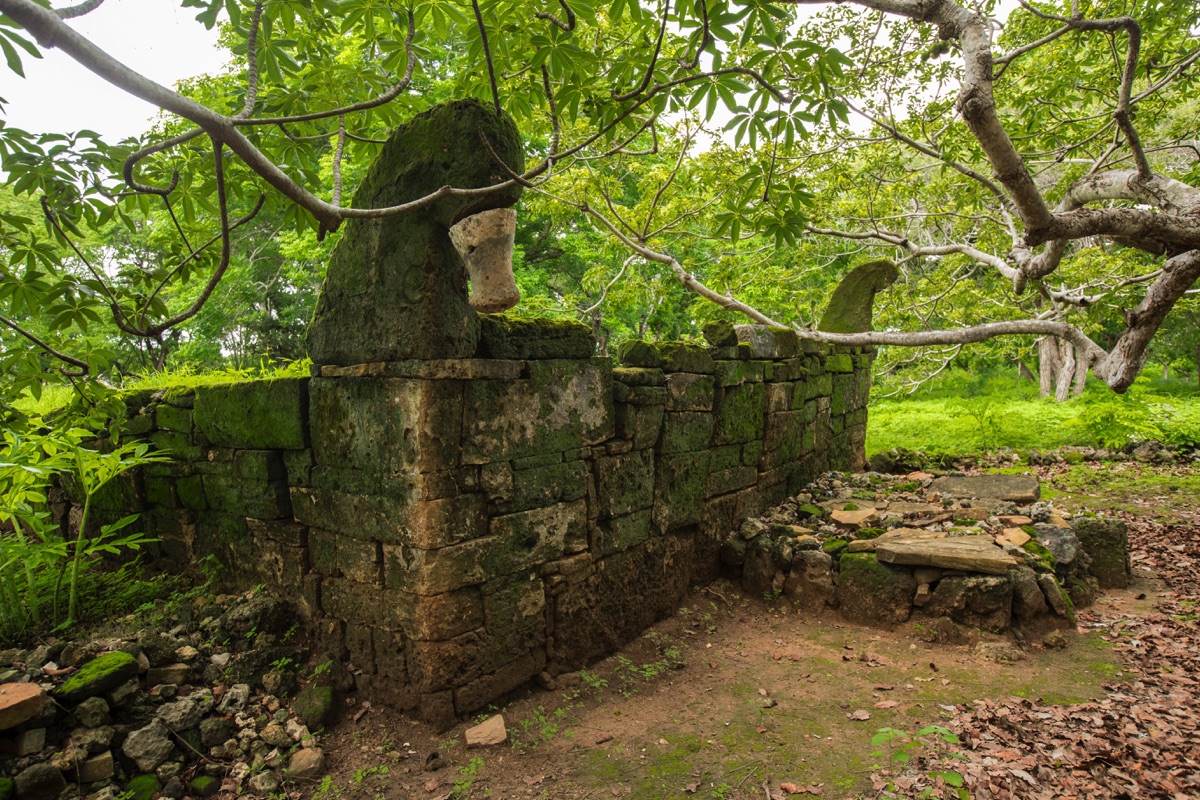
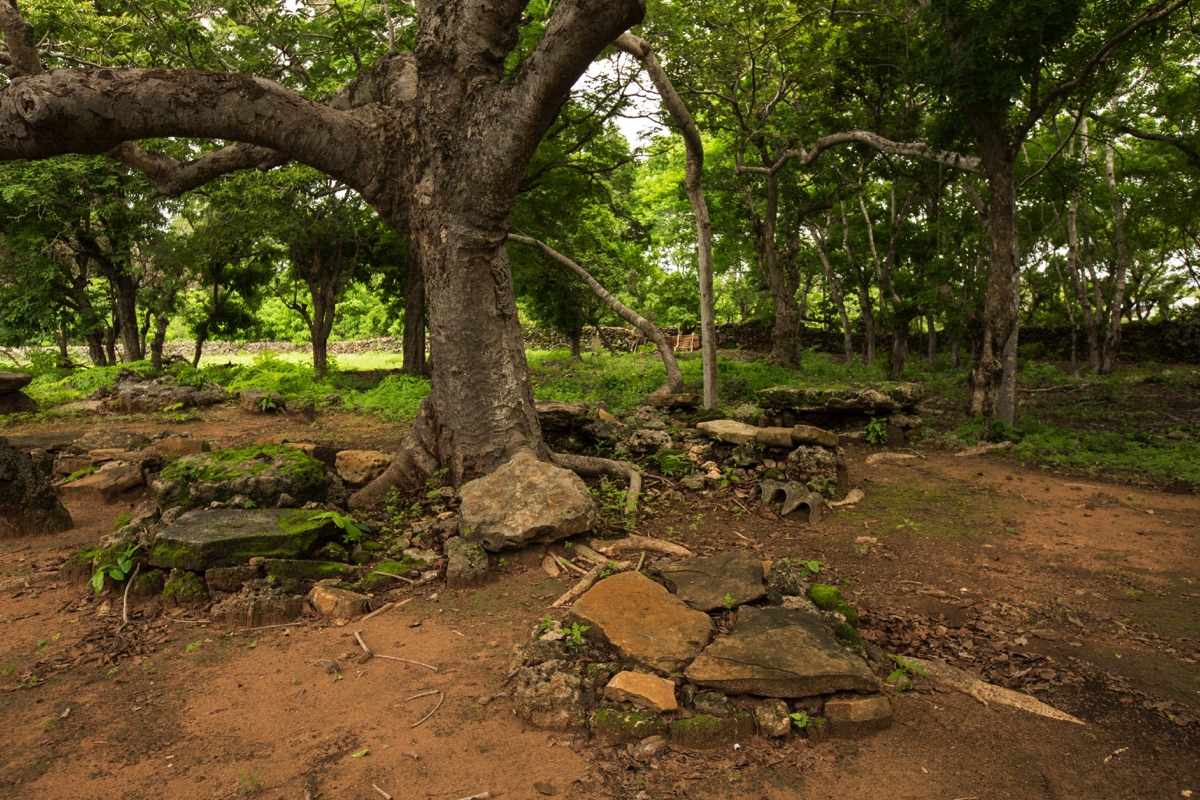
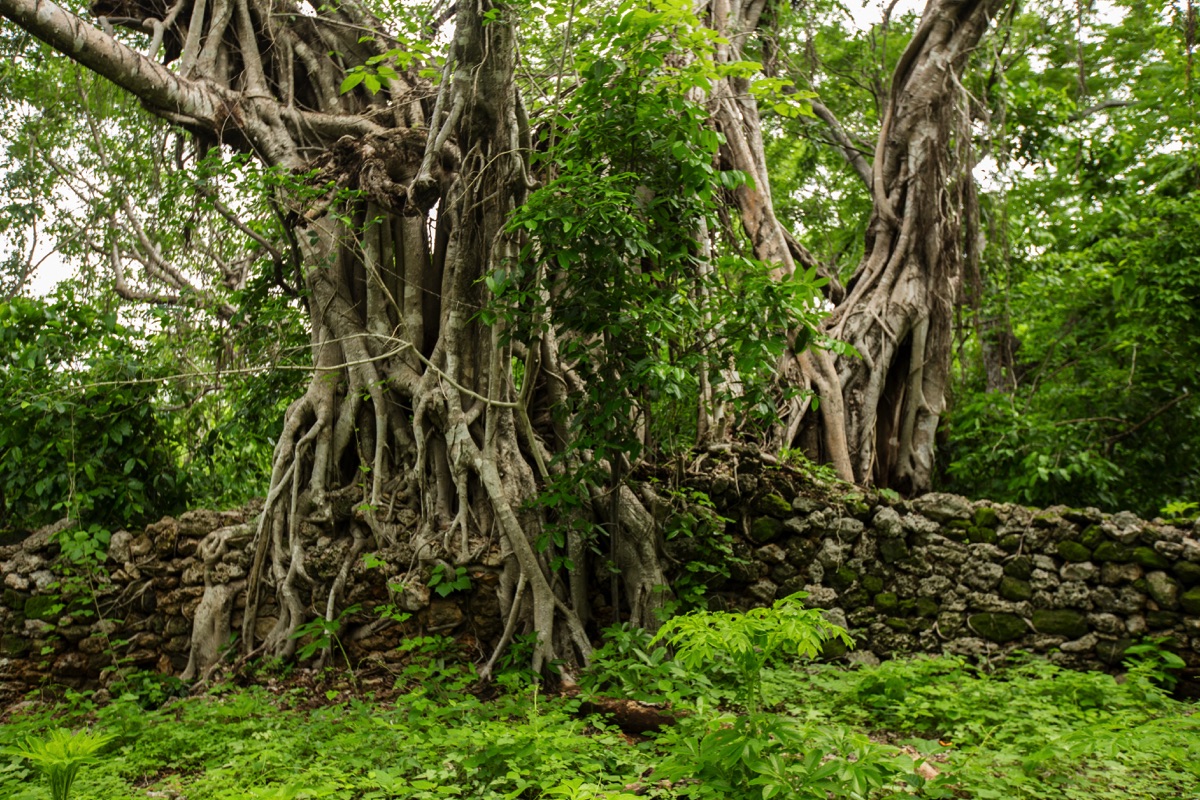
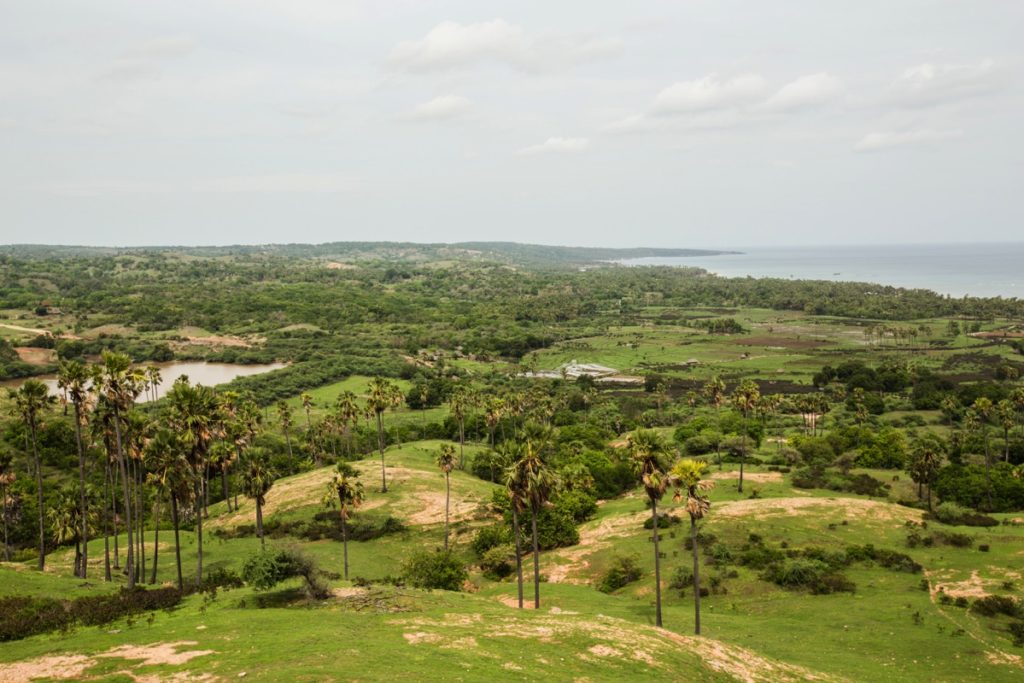
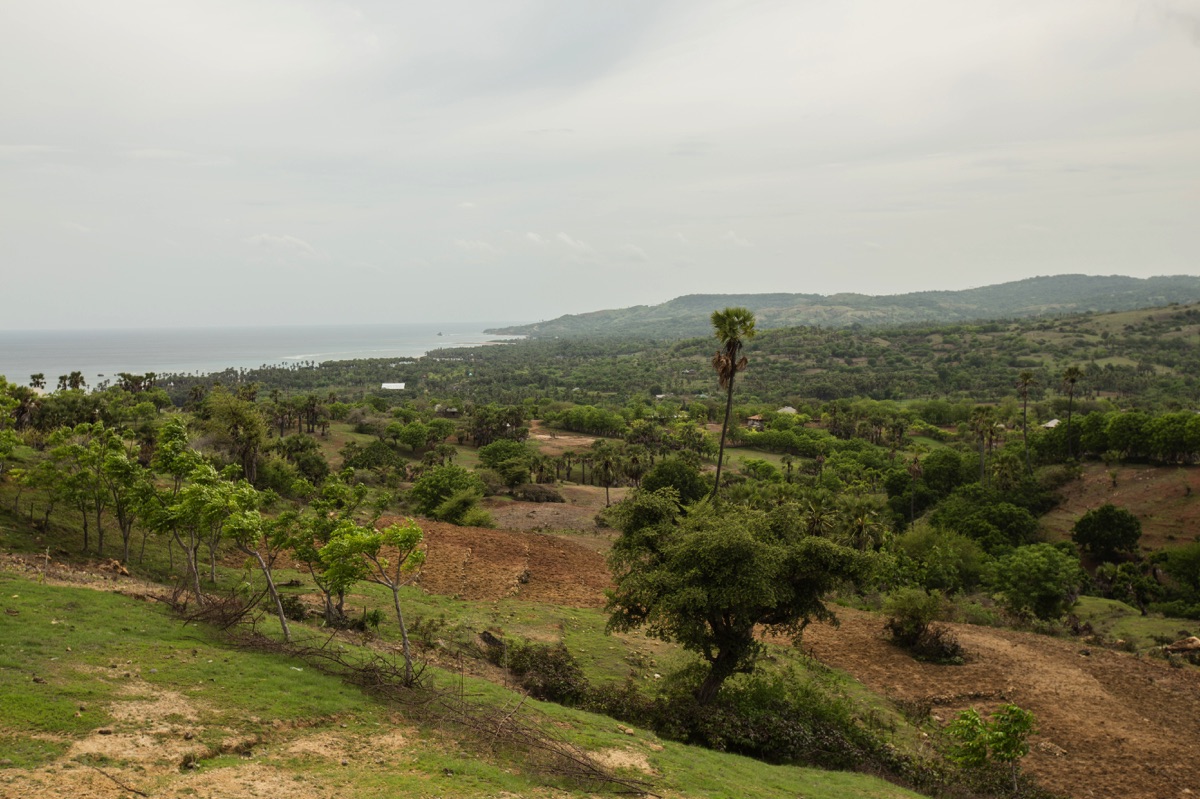
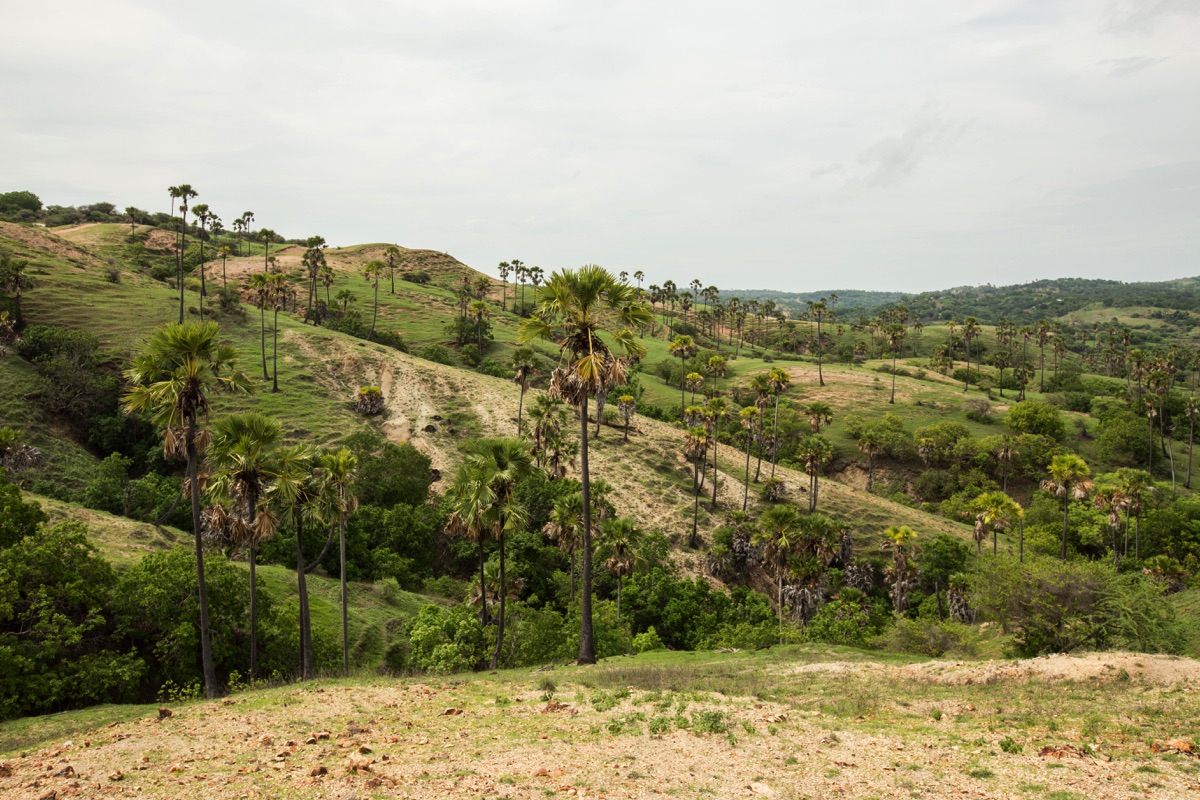
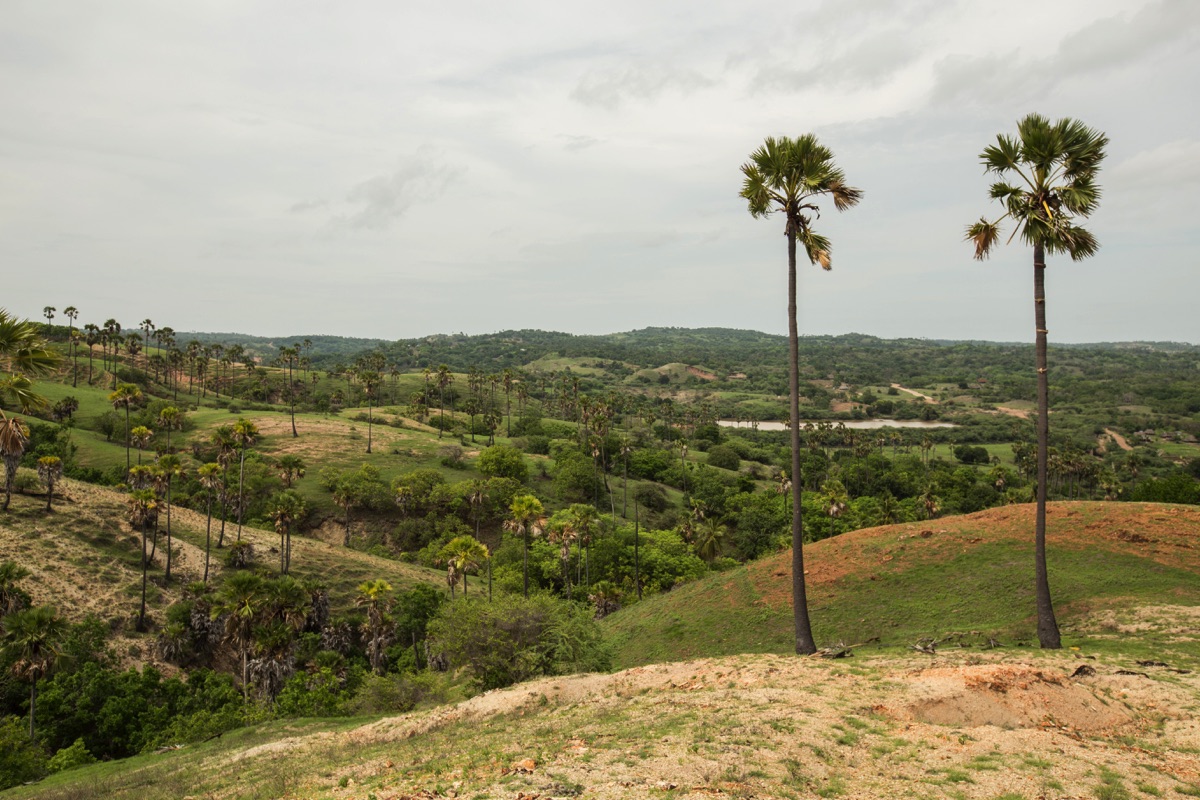
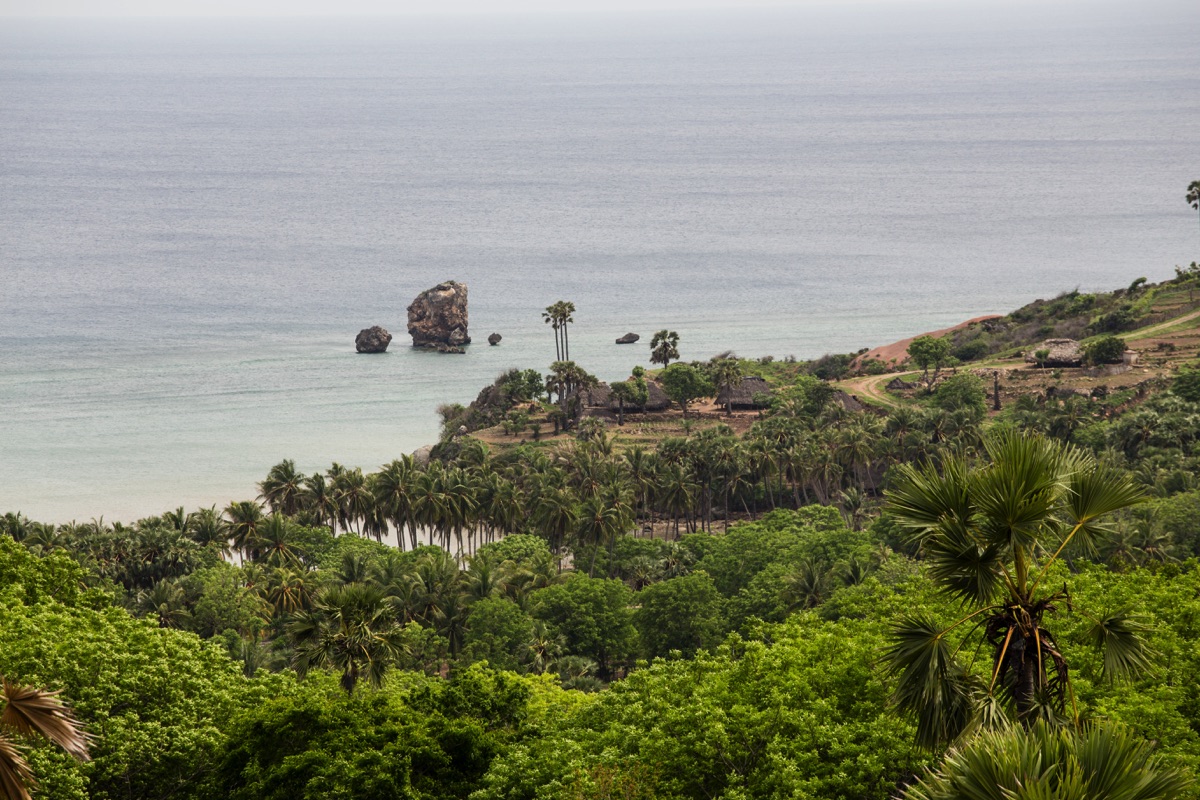
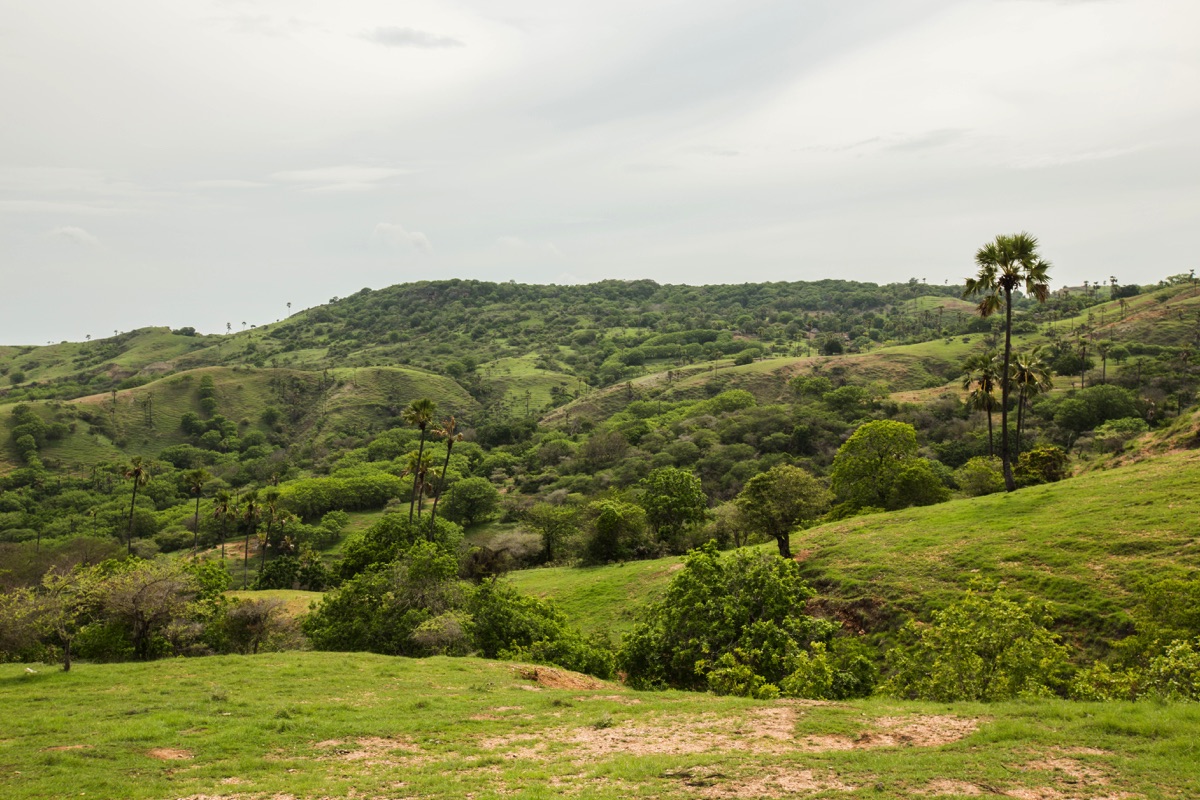
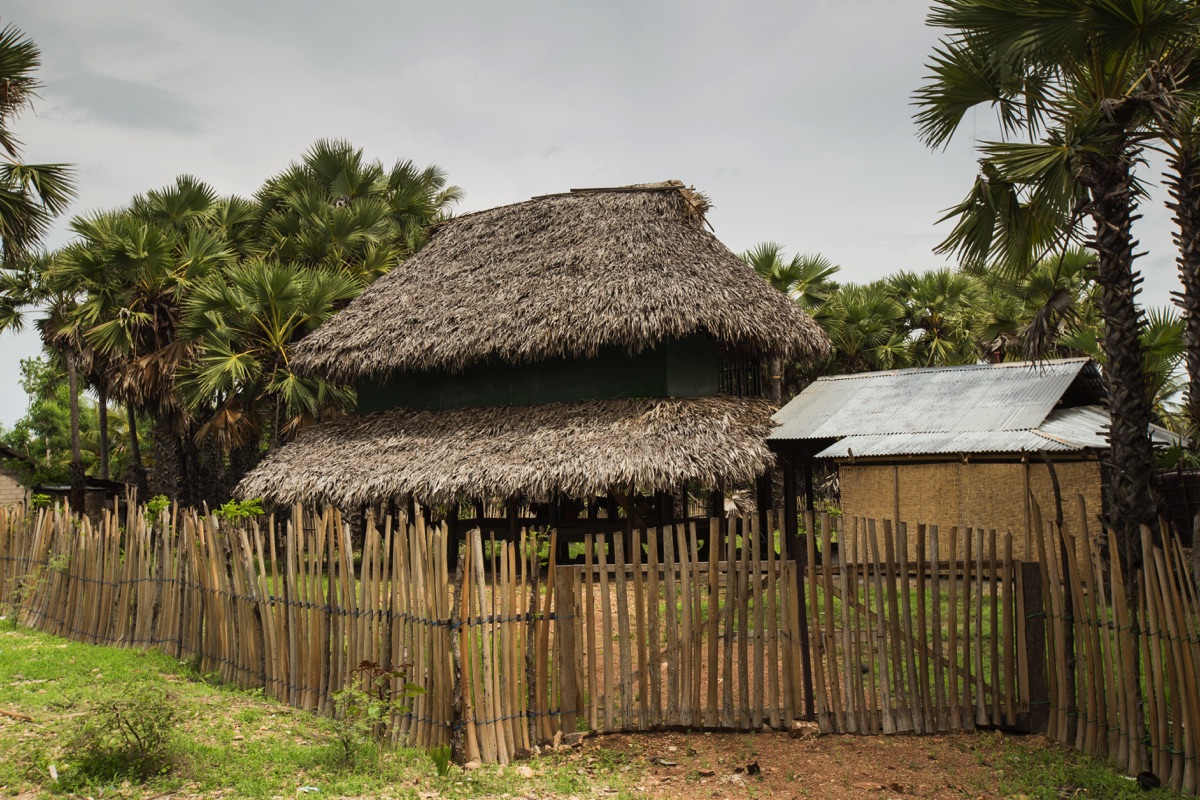
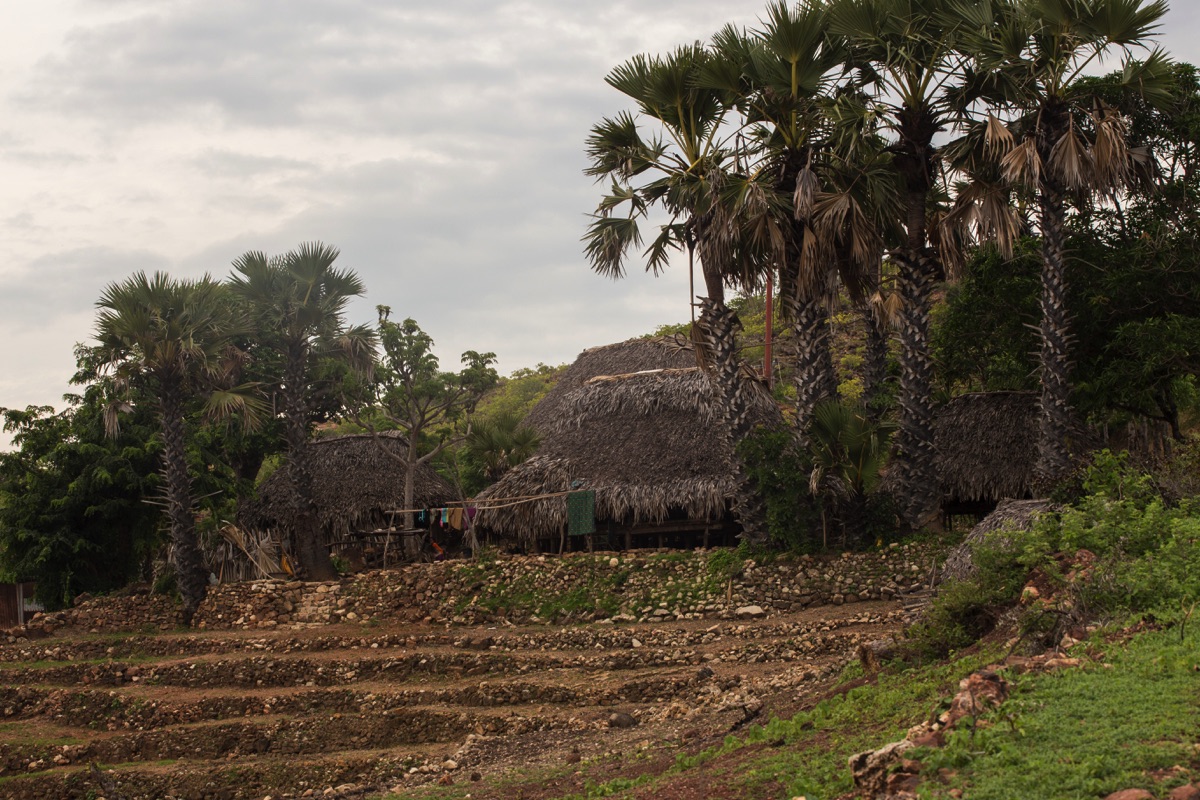
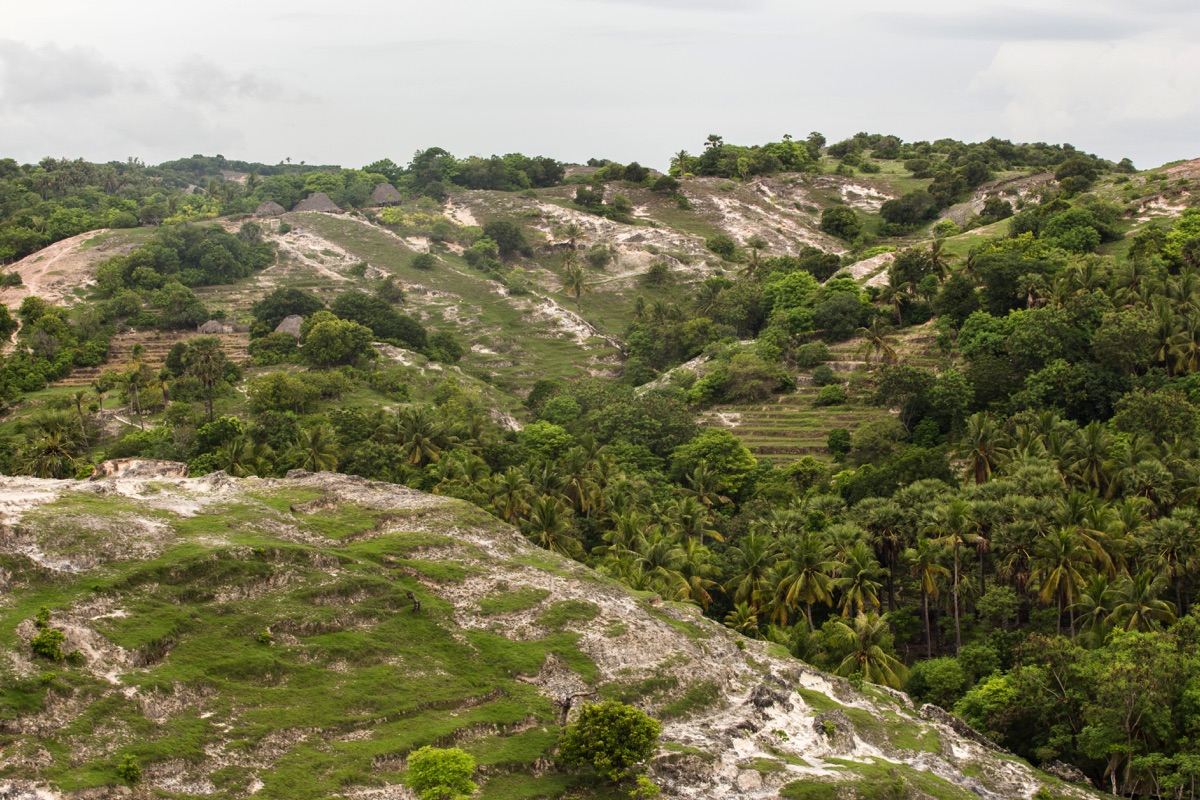
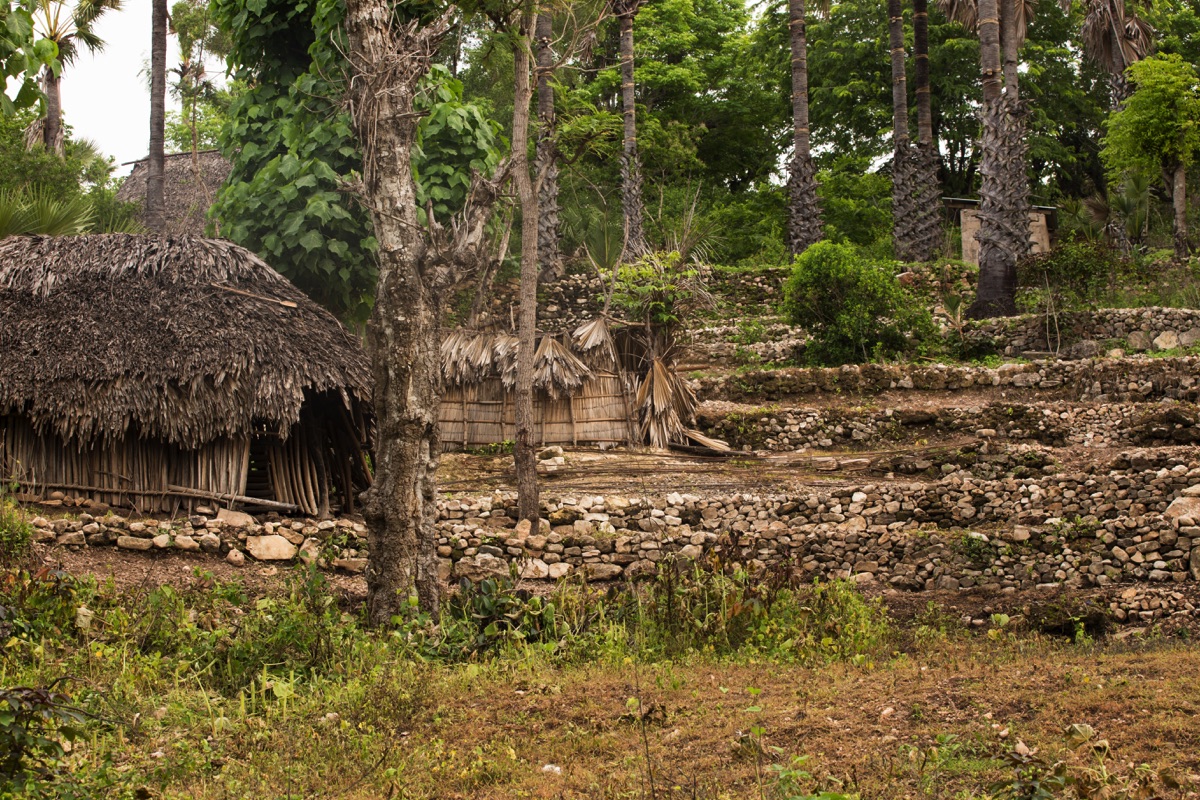
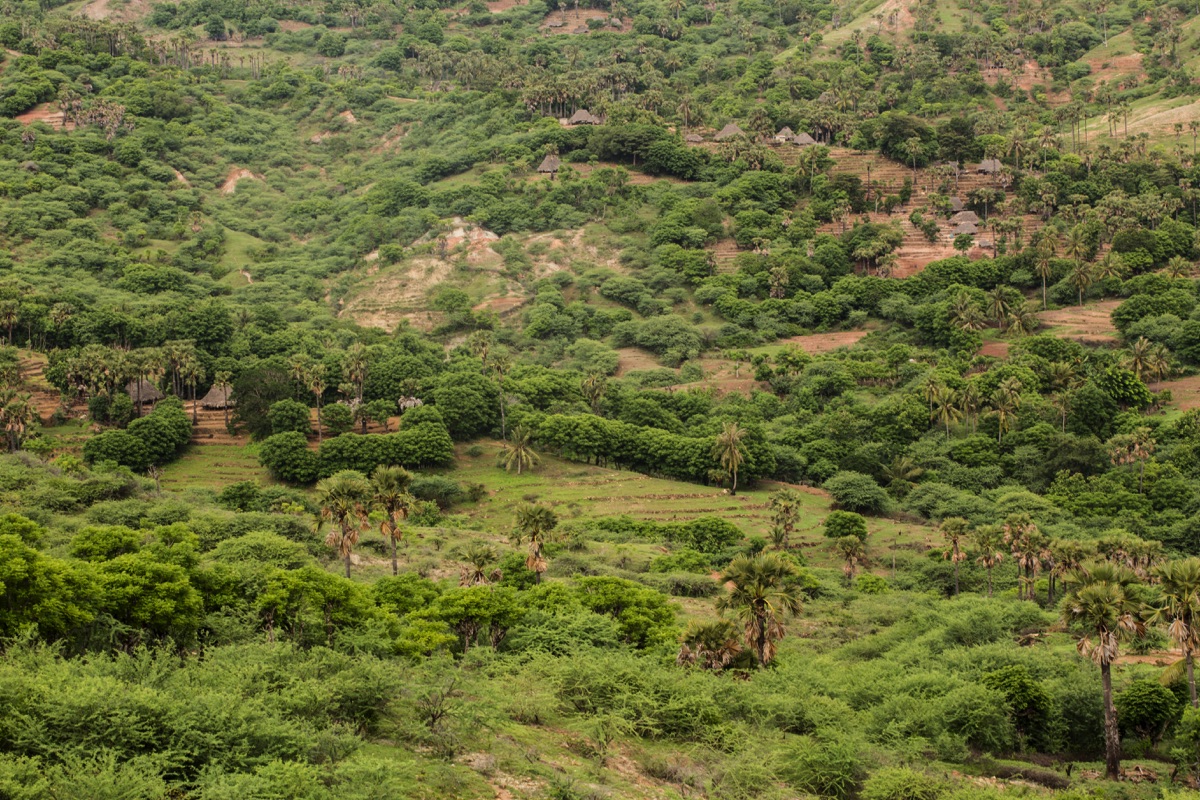
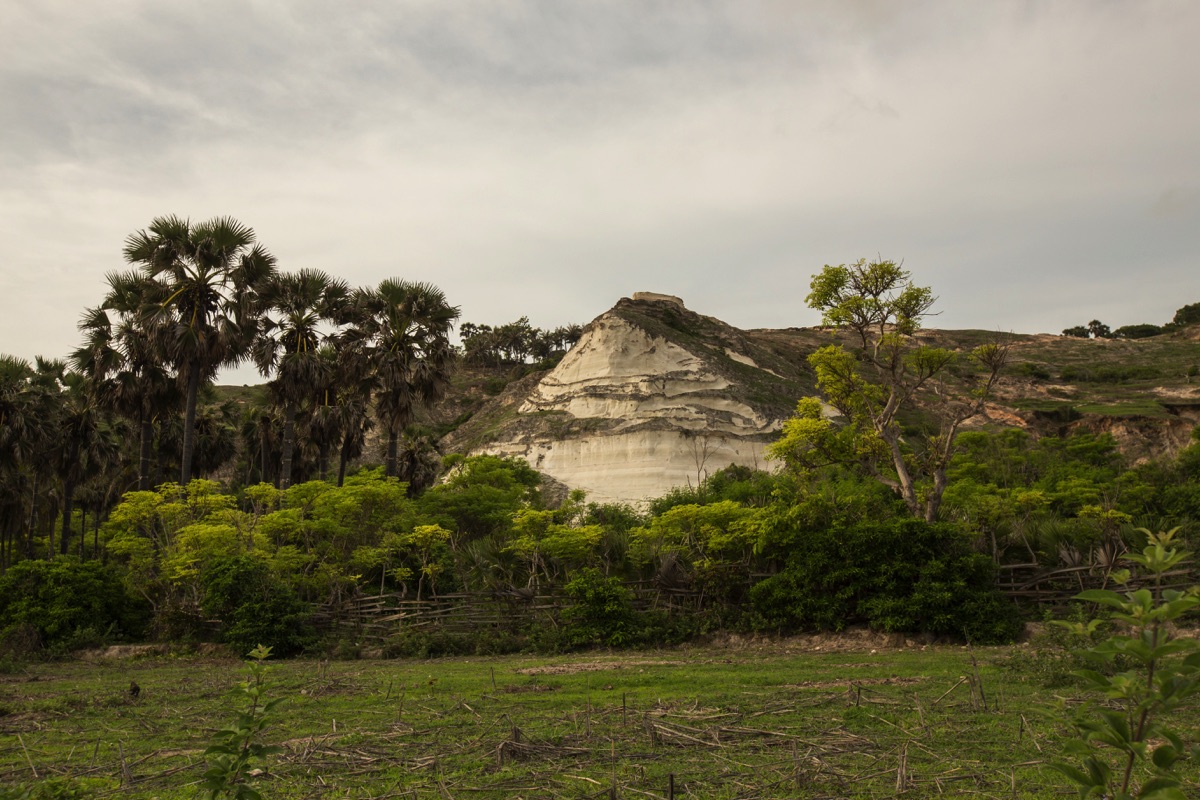
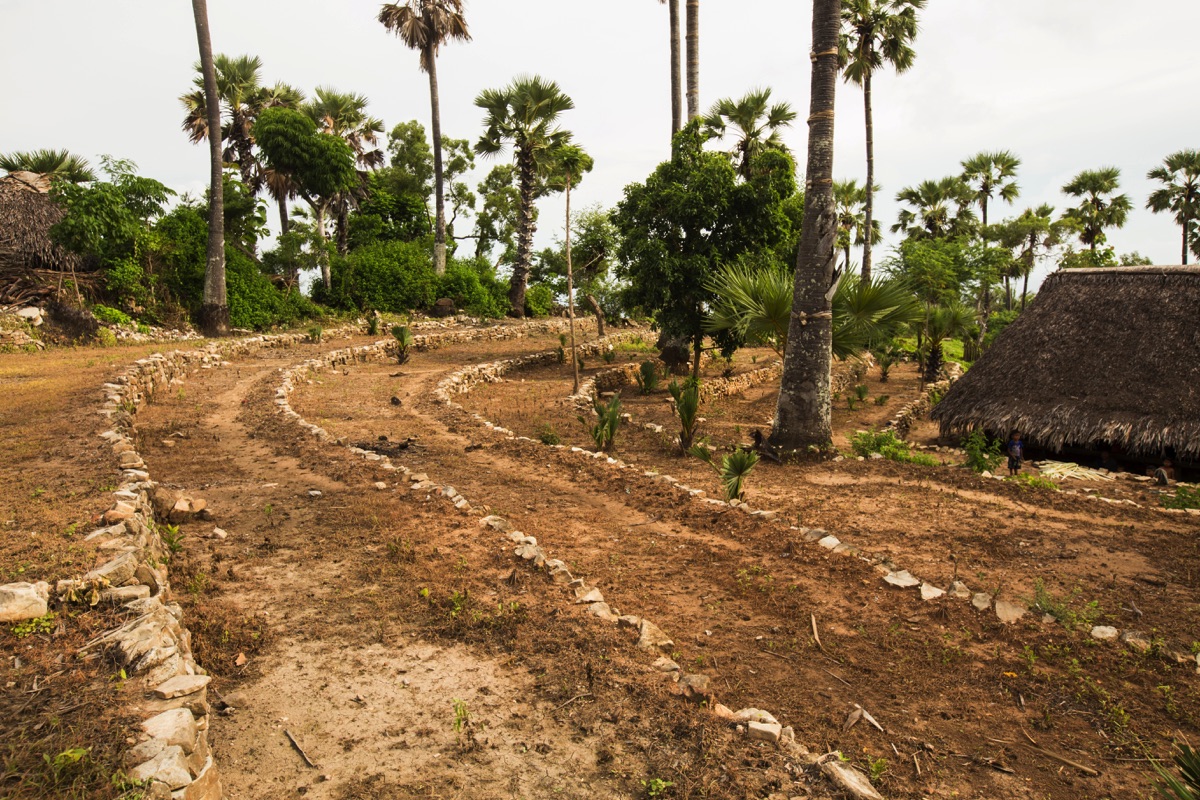
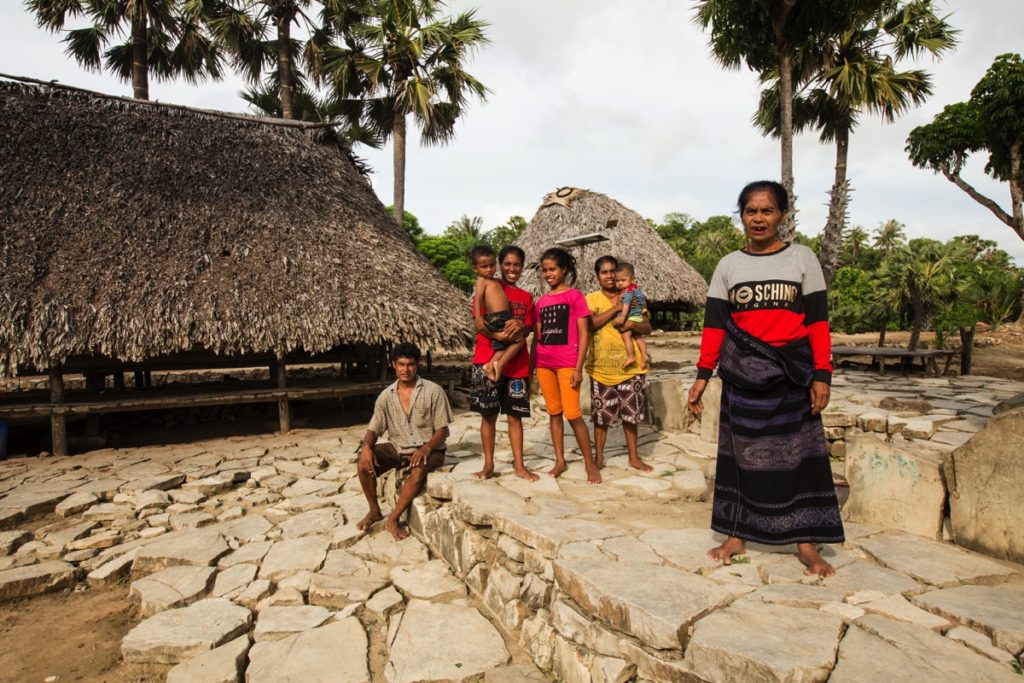
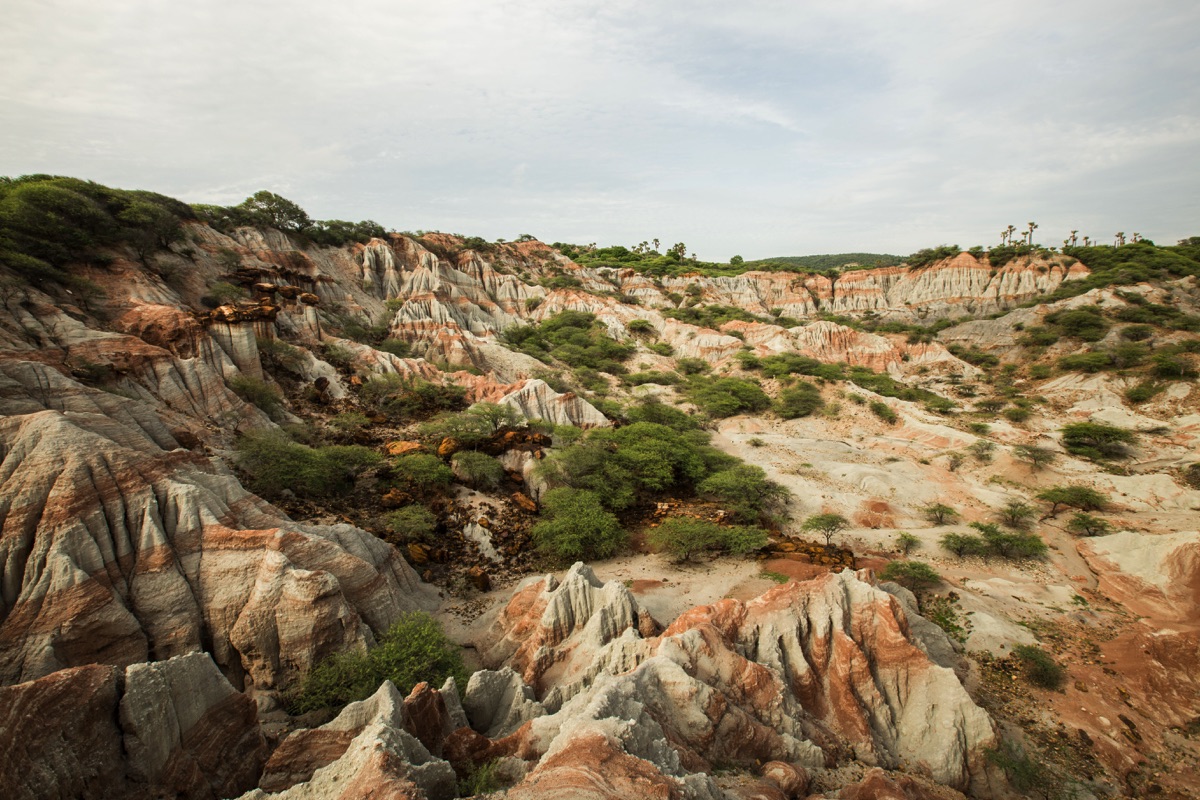
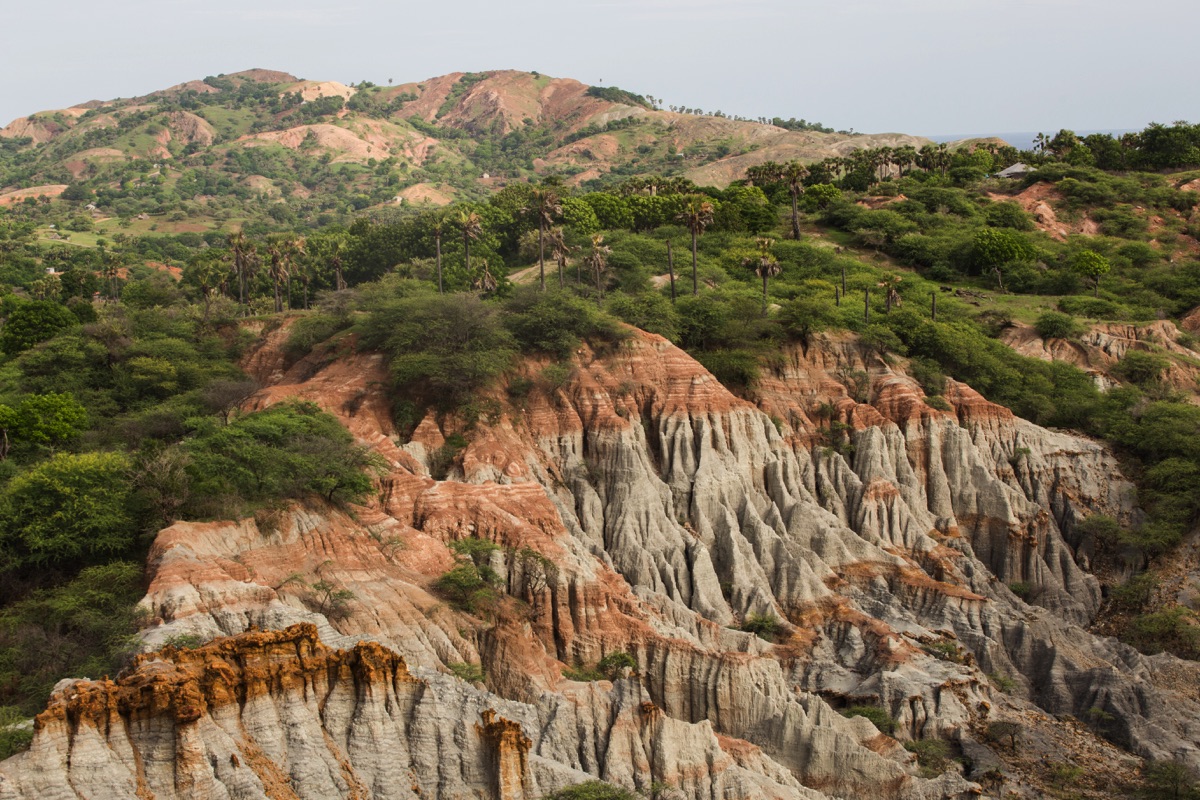
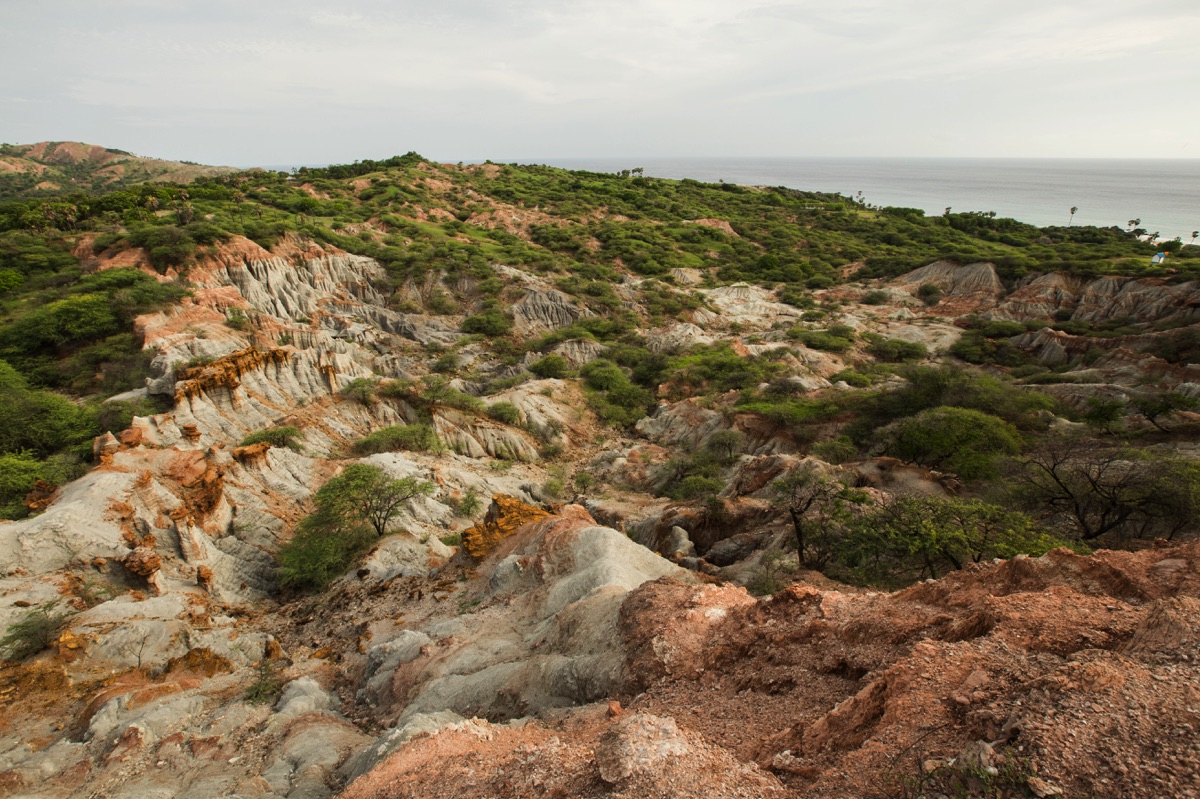
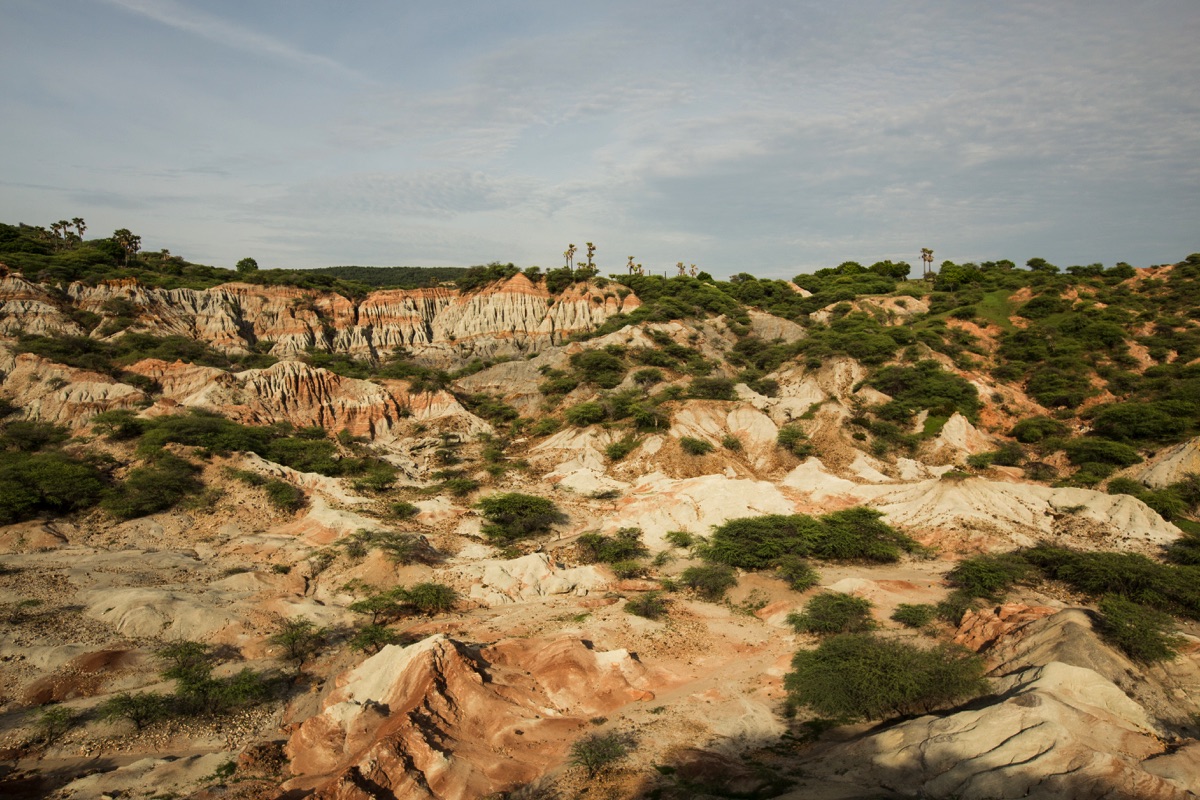
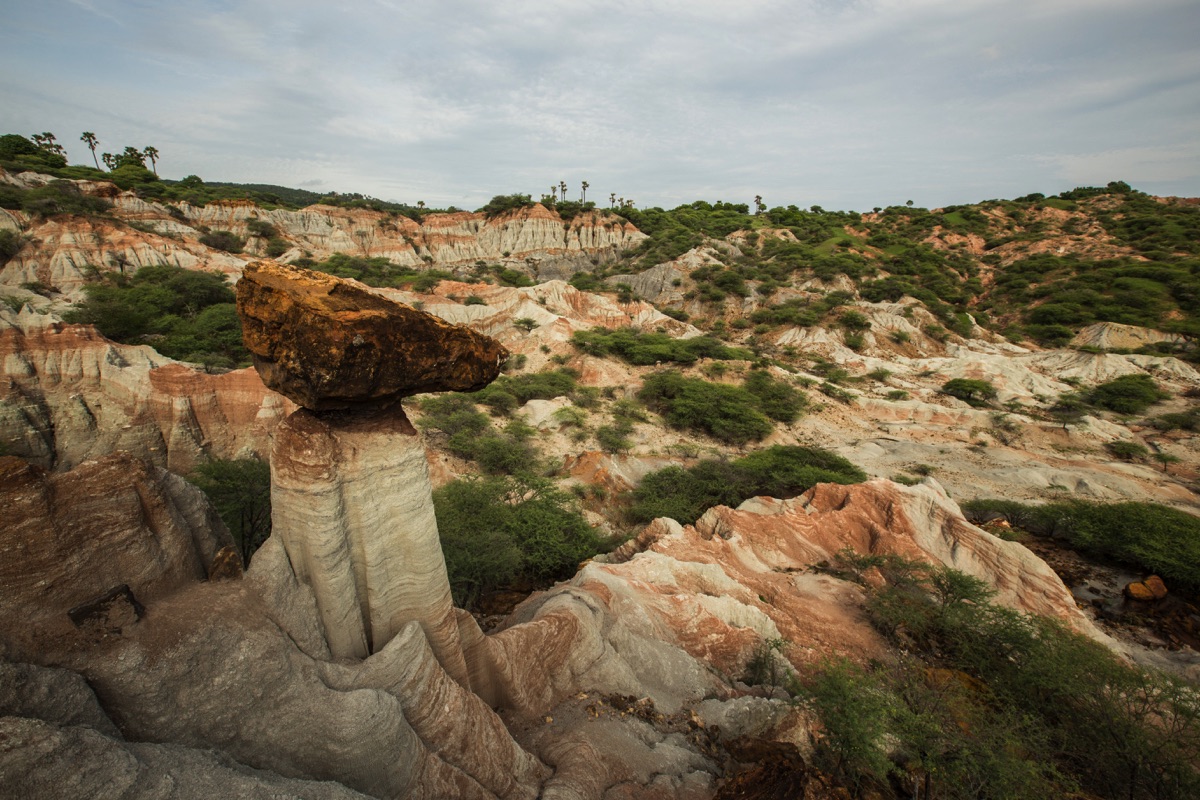
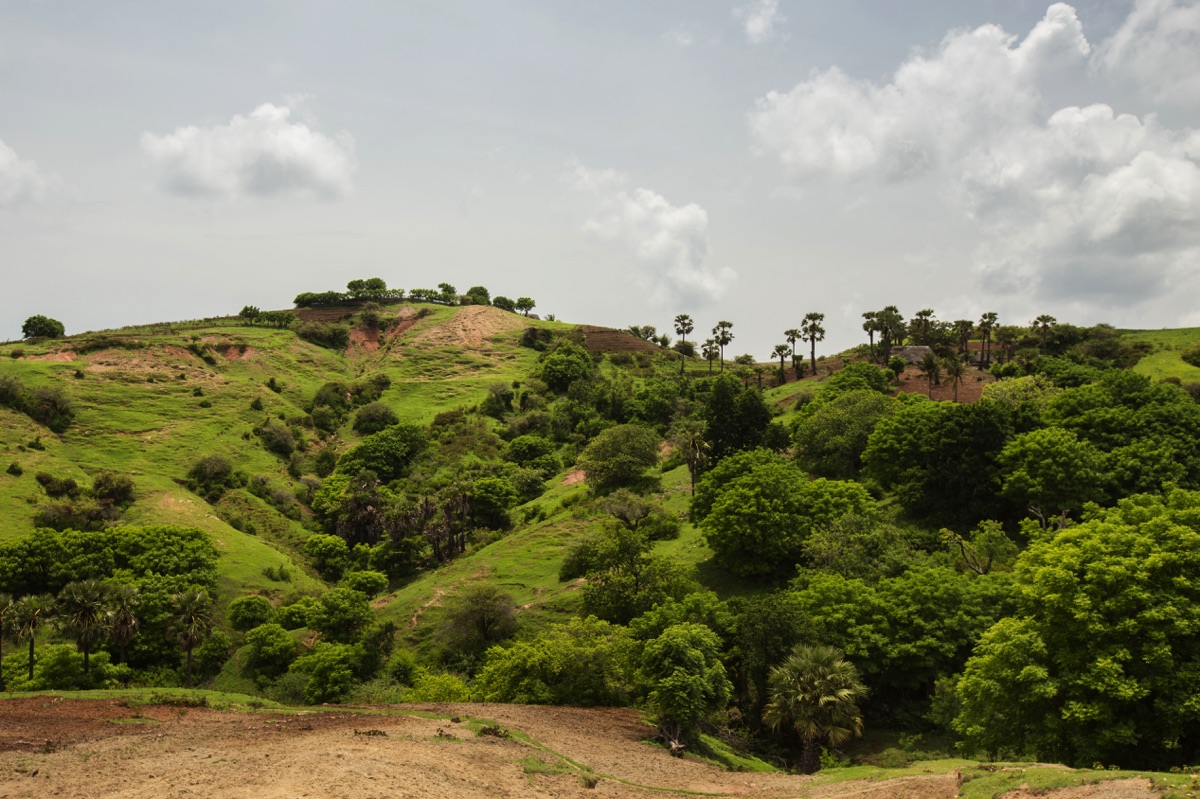
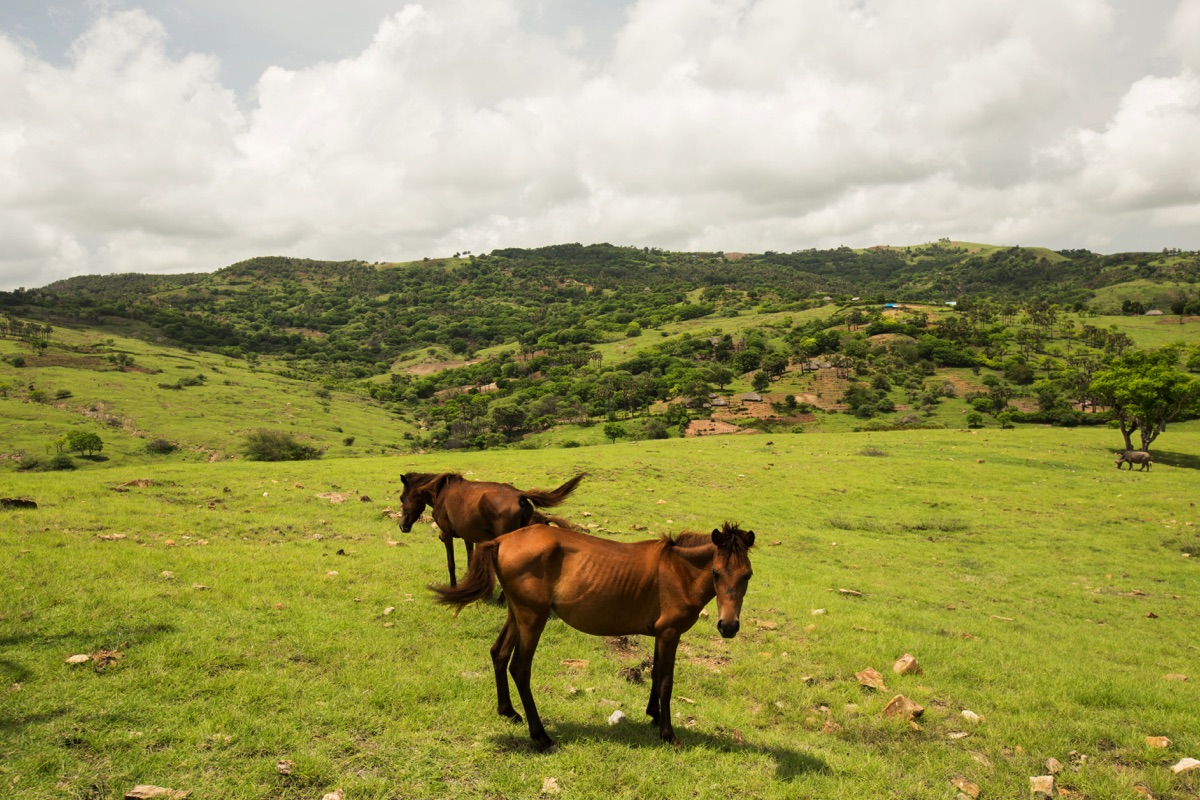
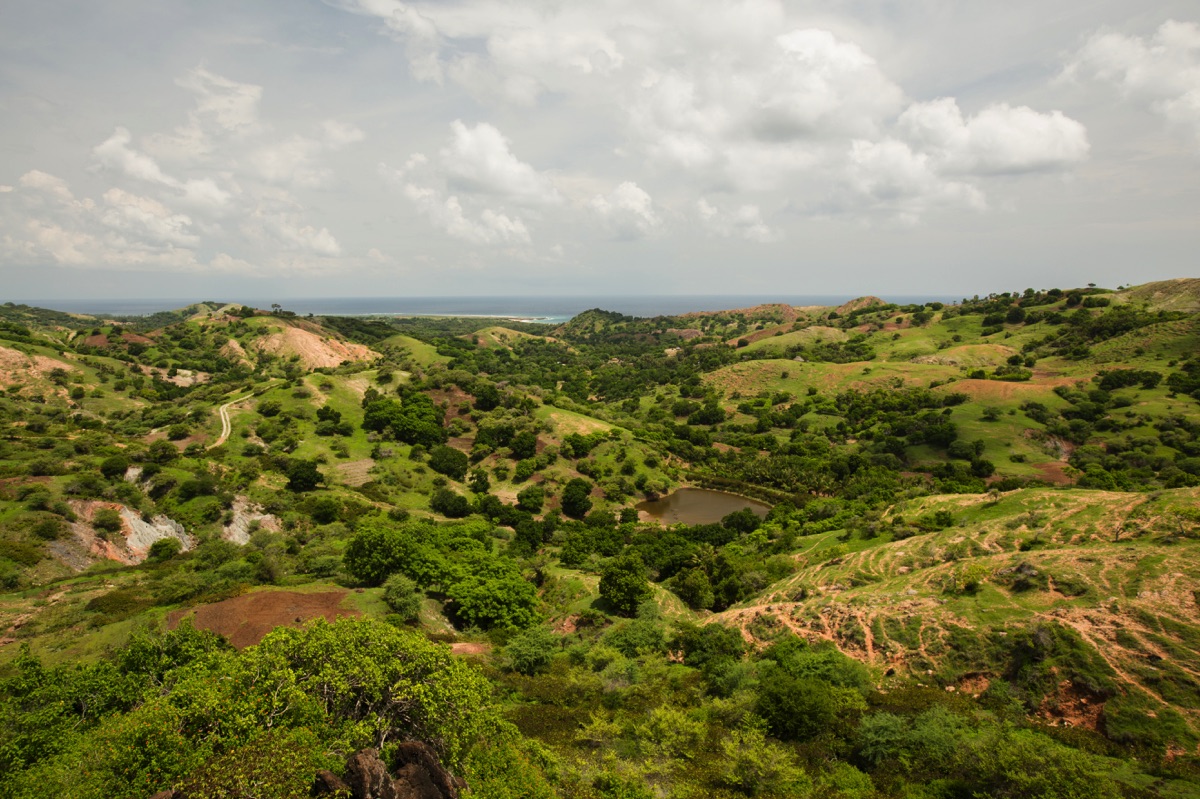
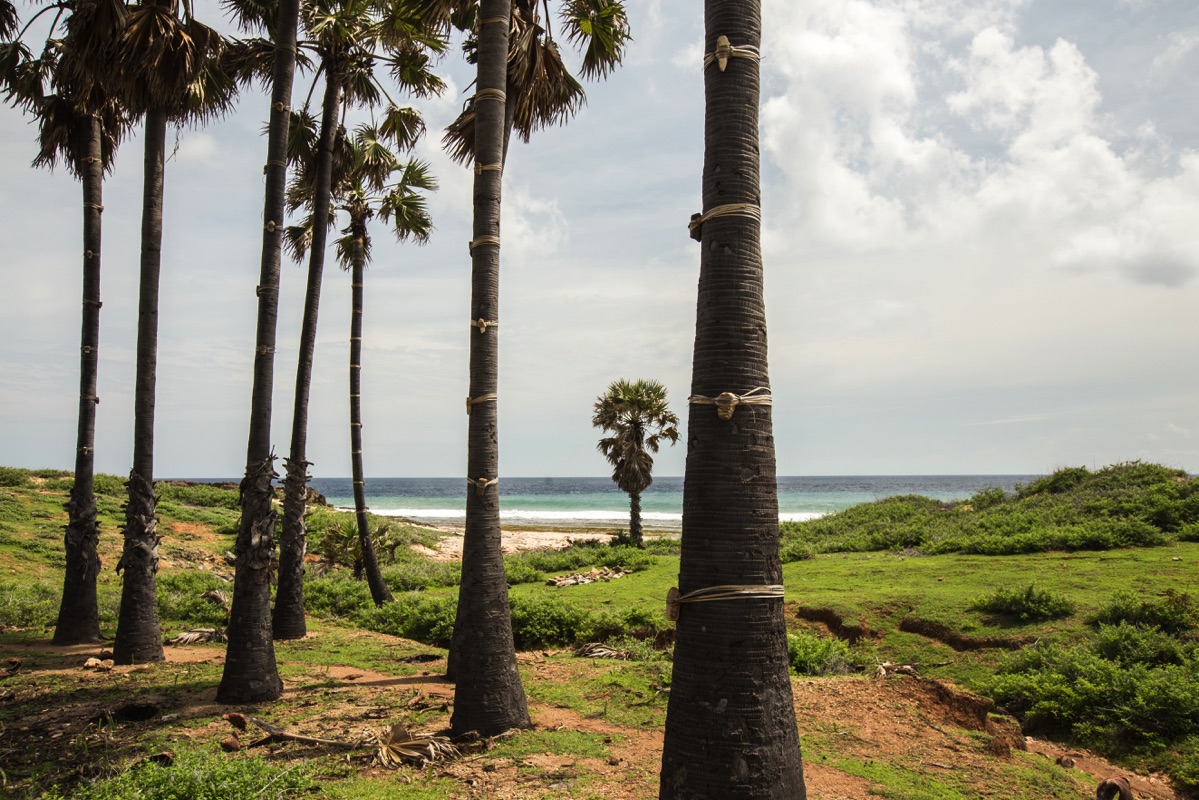
Tolong kenalkan Travel tours untuk kepulau Suba?
Maaf aku ga tau kak. Aku selalu jalan sendiri kok
would like to travel to sabu in january 2020,…i live in Bali for the last 25 years….what is the most economic way to get to sabu from kupang? what about home stay in Sabu…i am 75 y.o and i need a little conford/i cannot do the banboo bed anymore ah ah, looking for an accomodation with meal?? rent a scooter ( matic if possible and wonder around for 3 or 4 days) what is a must to see???thanks for any infos…
Hi Philippe,
All the info I have about Sabu are in the article. Elsa Homestay where I stayed can provide meals and scooter. As far as I remember, beds were matress (but rather thick) laid on the floor.
I guess the cheapest way from Kupang to Sabu is by Pelni ship, then by ASDP ship, then by speedboat. You have all the information about ASDP and speedboat in the article. For Pelni, the name of the ships concerned are in the article too, you can go on Pelni website to check prices and schedule.
Have a nice trip.
Elliot.
Hi Elliot. Very useful and intereting article. I plan to go there (Sabu) next July hopefully.
Hi Elliot,
How can I contact the Elsa Homestay?
Thanks
Hi, there is a phone number on Google Maps, I would start by this. Otherwise I still had this number but it’s 5 years old :+6281239444452
Dear Elliot.
Best wishes for2024!
I have been following your website for a few years and i am very grateful for all your info.
Have travelled for many years in Indonesie.
Love all the spice island. East Nusa Tenggara for 2 months on the list for this summer.
I would like to combine Kupang/ Rote and Sawu for 2 weeks. Roti to Sawu travel is my question.
How often you think i can catch a boat from Rote toSawu.tTaking the ferry from Kupang to Rote. Sawu toKupang by air.
It will askLerick of Lavalon homestay to get us the flight tickets.
After that we fly to Alor.
Thank youin advance for your help
Hi Johanna. Sorry I just saw your message now.
Check Pelni first. Apparently they have a Whatsapp Hotline now : 0811 1621 162. Based on the info I gathered in 2018, there would be only one trip every 2 weeks. But maybe they also have cargo ships going this route.
Not sure ASDP has a ferry going between Sabu and Rote. I’m afraid it goes through Ende and Waingapu first.
Hope it helps.
Elliot
Hi Elliot, Thank you for writing about my area Savu Island
Hi
Just stumbled on your website and it’s absolutely wonderful. I am visiting East Nusa Tenggara to snorkel but have a roadtrip with driver booked after this. Your website is giving me the confidence to look at some more adventurous travelling next visit, following your tracks and seeing these truly authentic places . So many many thanks for all your effort!
Hi Richard, I guess that’s exactly why I made this website in the first place. Glad it helps. Enjoy the trip 🙂